A trip through northern California from the Oregon border to Yosemite reveals a diverse collection of natural and curated landscapes. Persistent smoke from wildfires, especially further south, presents a constant reminder that climate change is a mandatory consideration for any investment and occupancy in the region.
Sheepy Ridge Ranch
Sheepy Ridge Ranch is a farm near the Oregon border. The un-irrigated areas are dry and dusty with little growth. Well water creates luscious meadows of alfalfa; some wheat grows outside of the irrigated crop circles as a remnant of the winter farming pattern. A few cows forage in the fields and the remaining crop is shipped for use as cow feed. The farm is nestled between the Lower Klamath and Tule Lake National Wildlife Refuges.
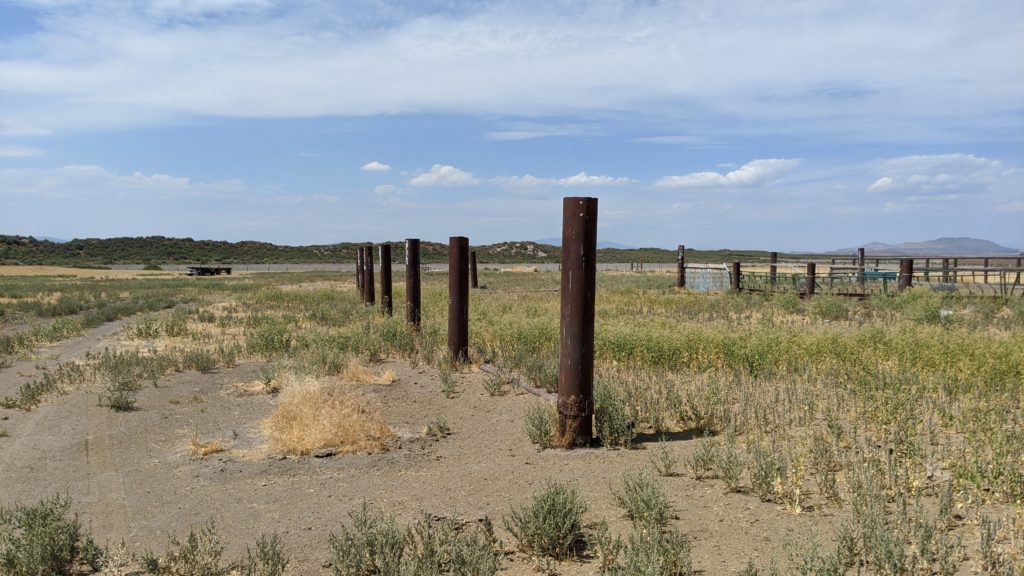
Rusted steel pipes mark an old fence 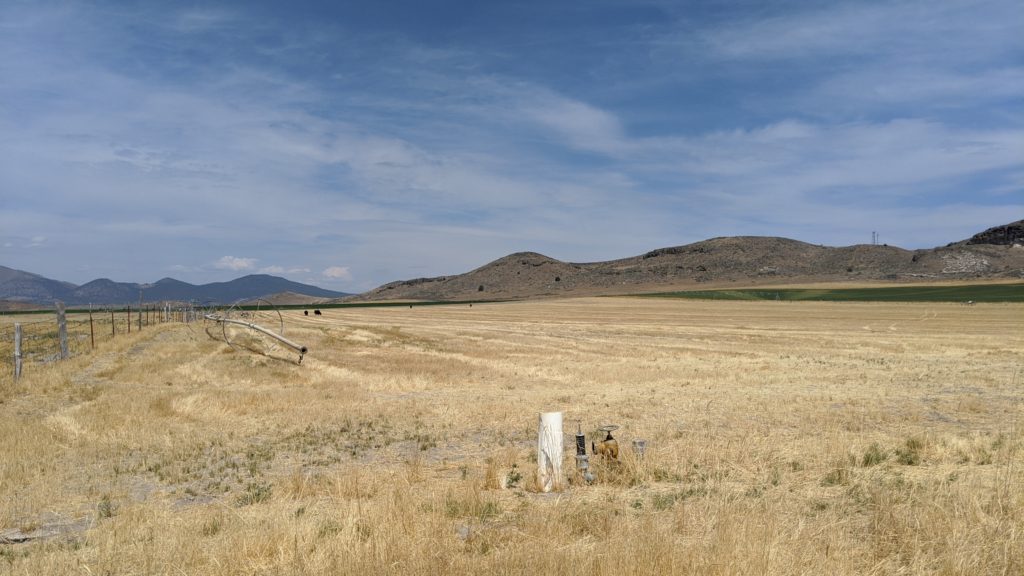
A few cows graze in a dry pasture 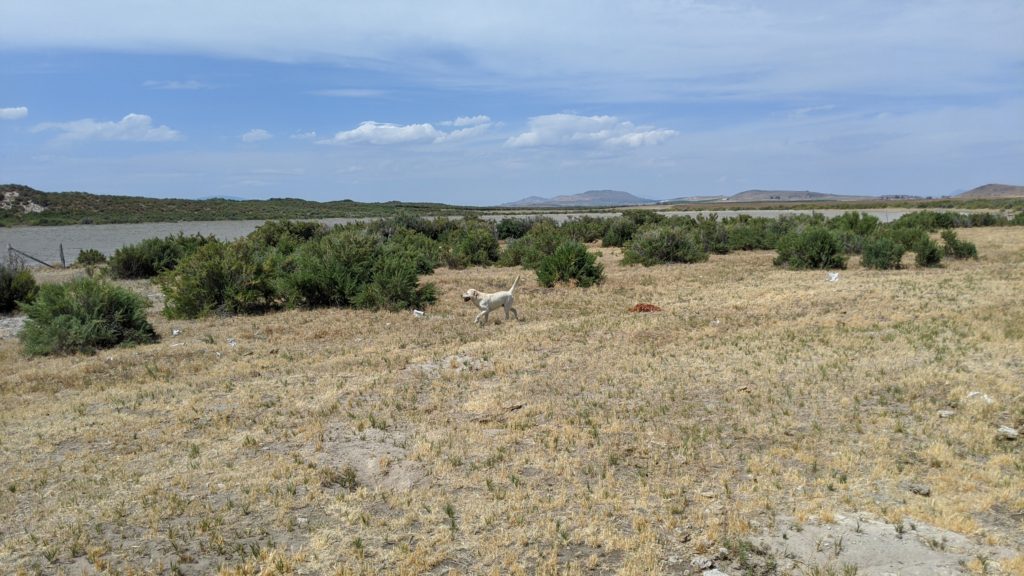
Shrubby growth near the wildlife refuge 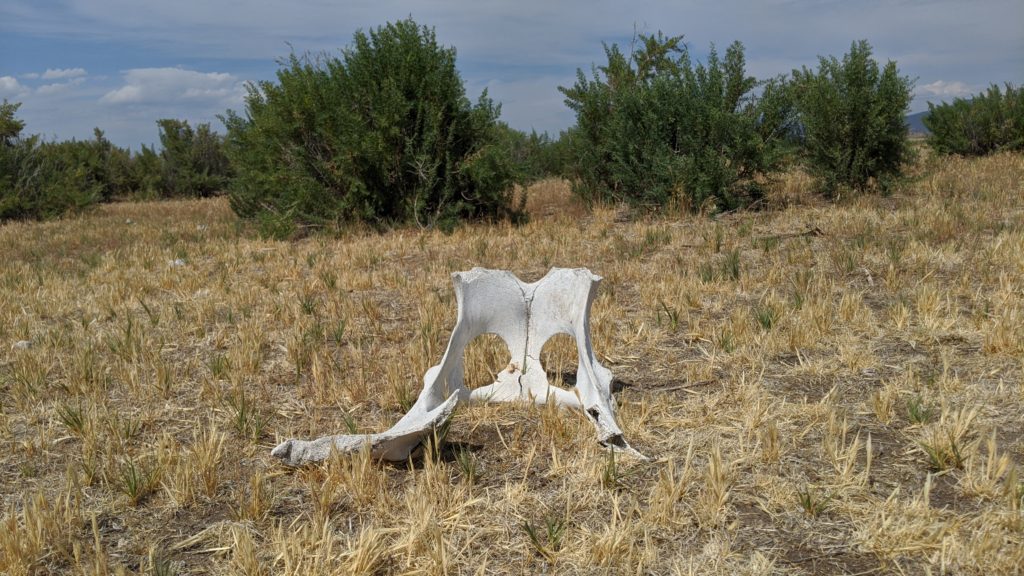
Cow bones 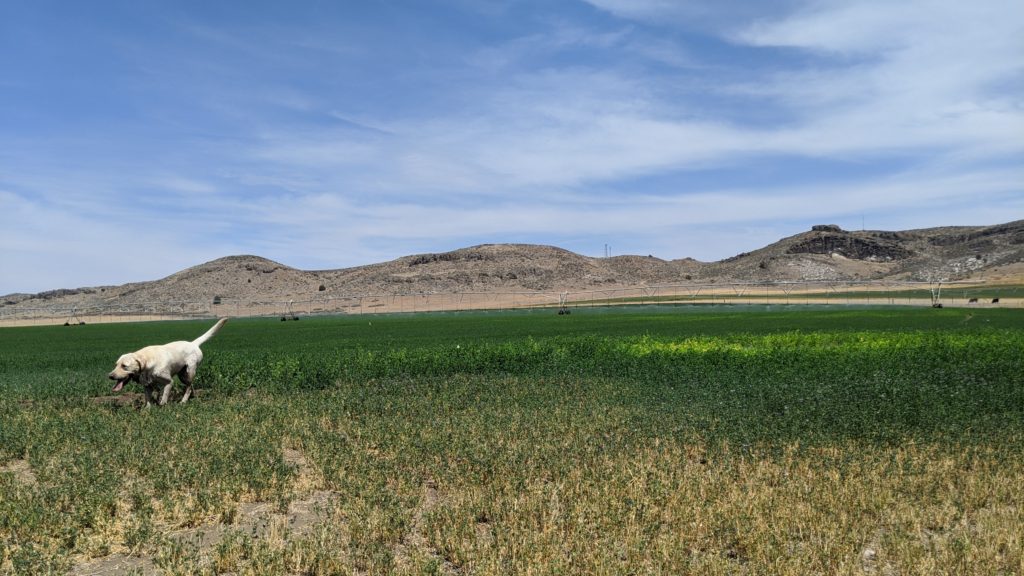
Irrigated field of alfalfa 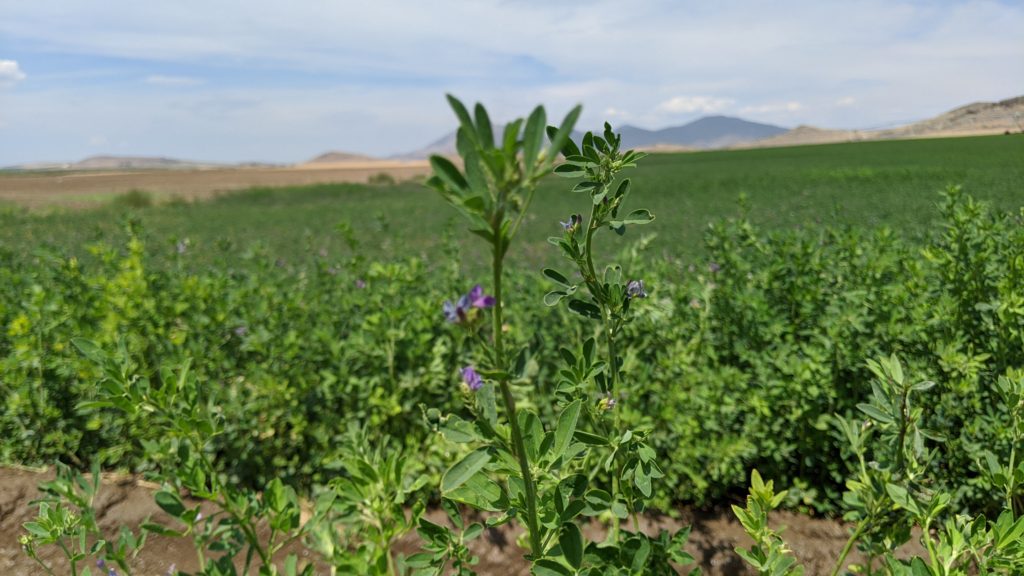
Flowering alfalfa 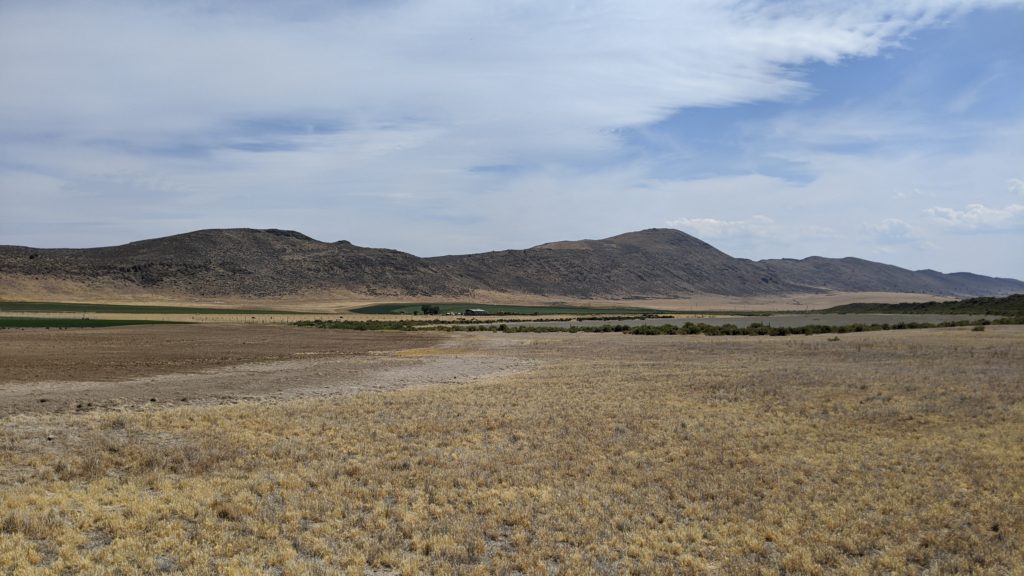
The ridge rises beyond the fields 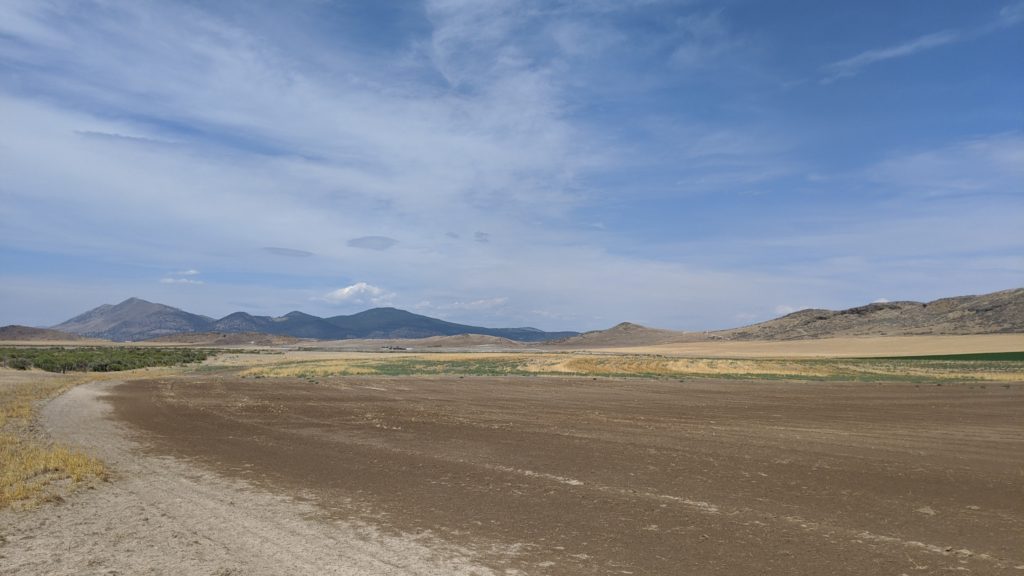
Irrigation on an empty field prepares it for fall planting 
Divide between the farm and the wildlife refuge 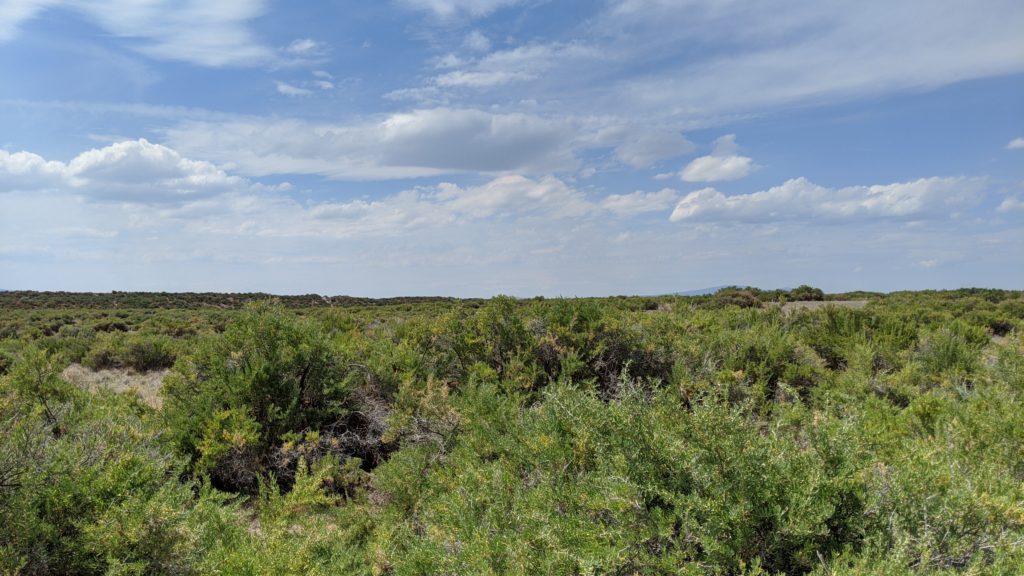
The Wildlife Refuge 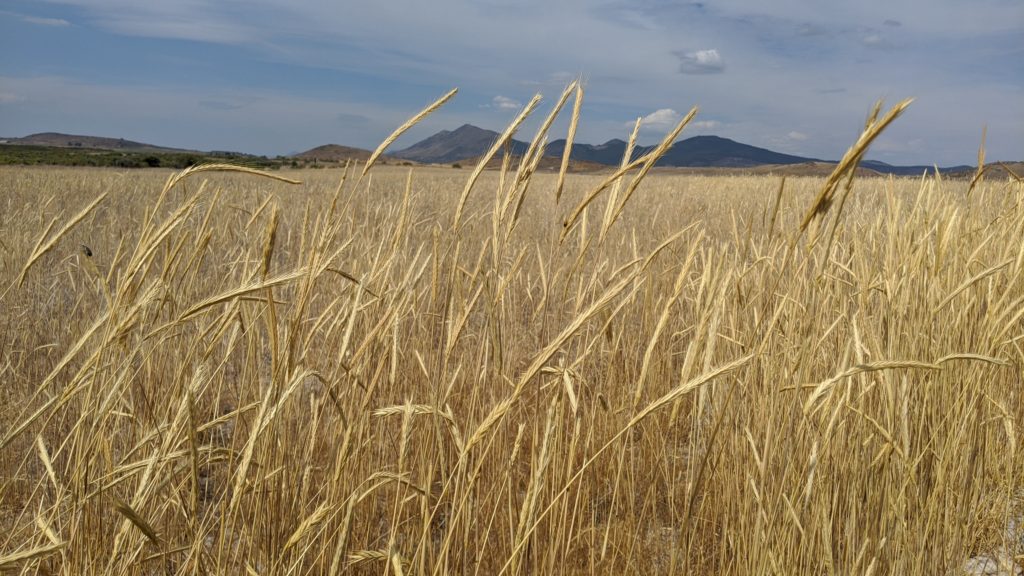
A field of “winter” wheat 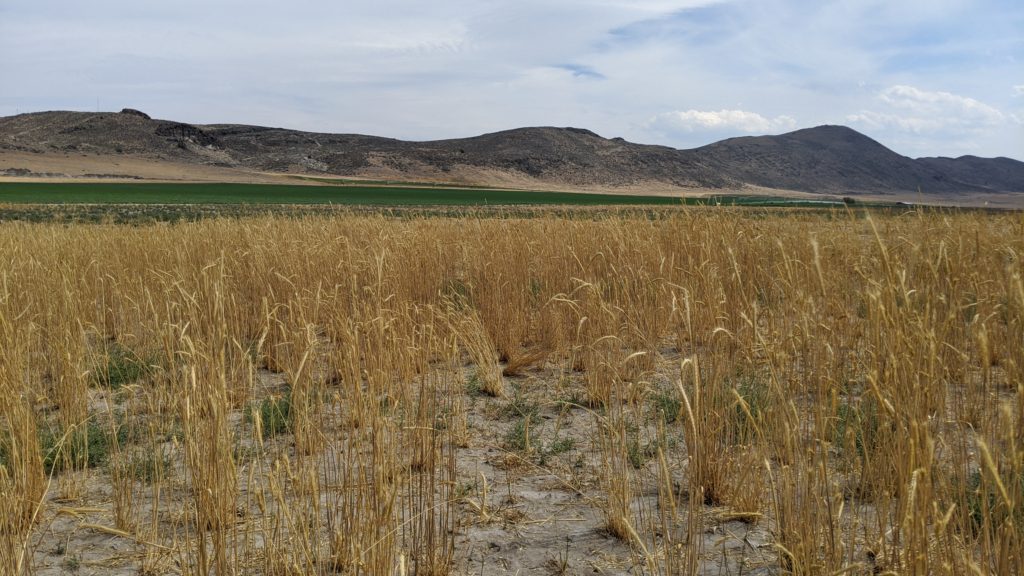
Patchy wheat crop in an un-irrigated quadrant of the circle 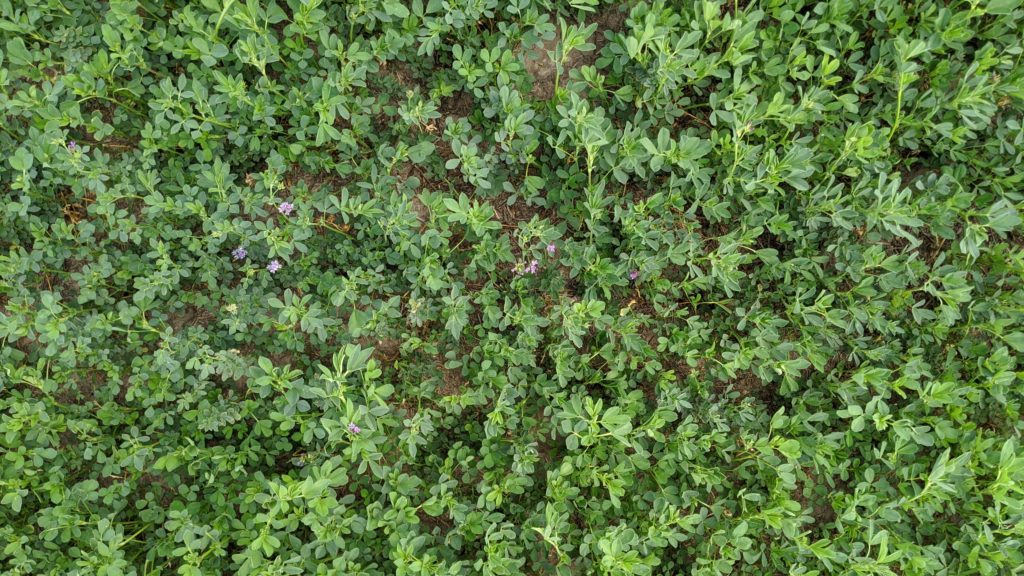
Field of alfalfa 
Field of alfalfa 
Tank in a field of alfalfa 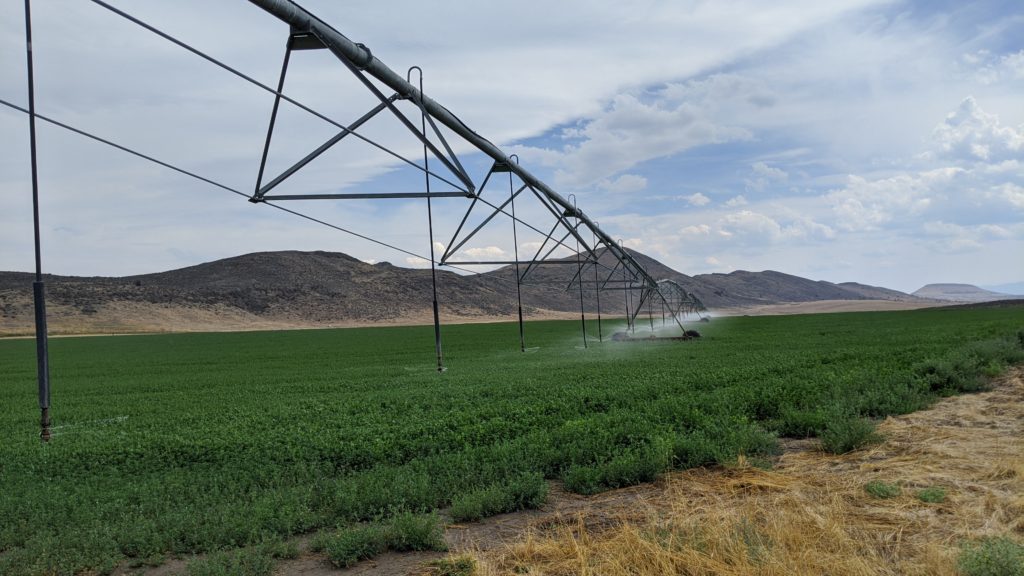
Central pivot irrigation system 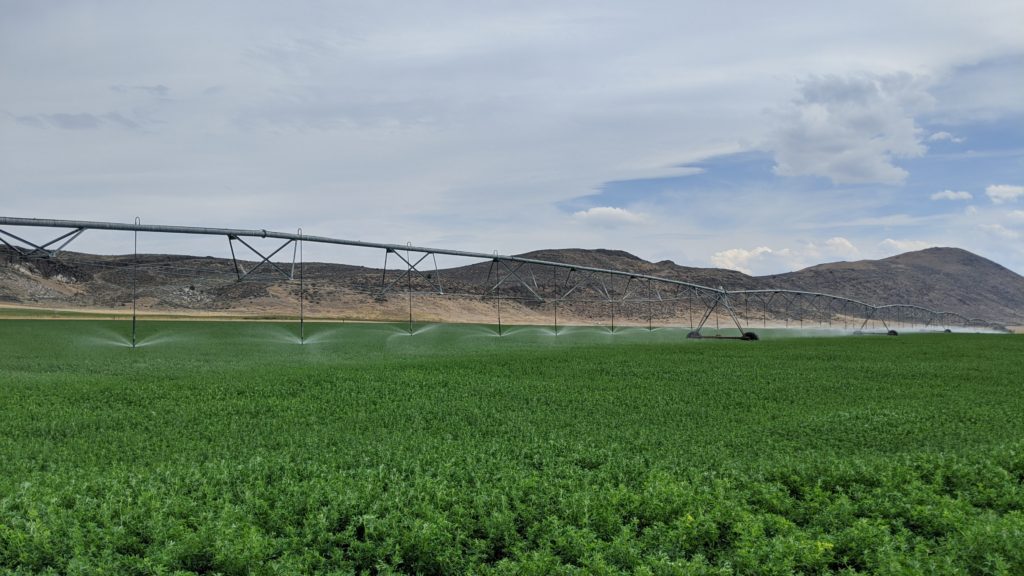
Irrigation on a semi-circular field of alfalfa 
Roof trusses in a dilapidated barn 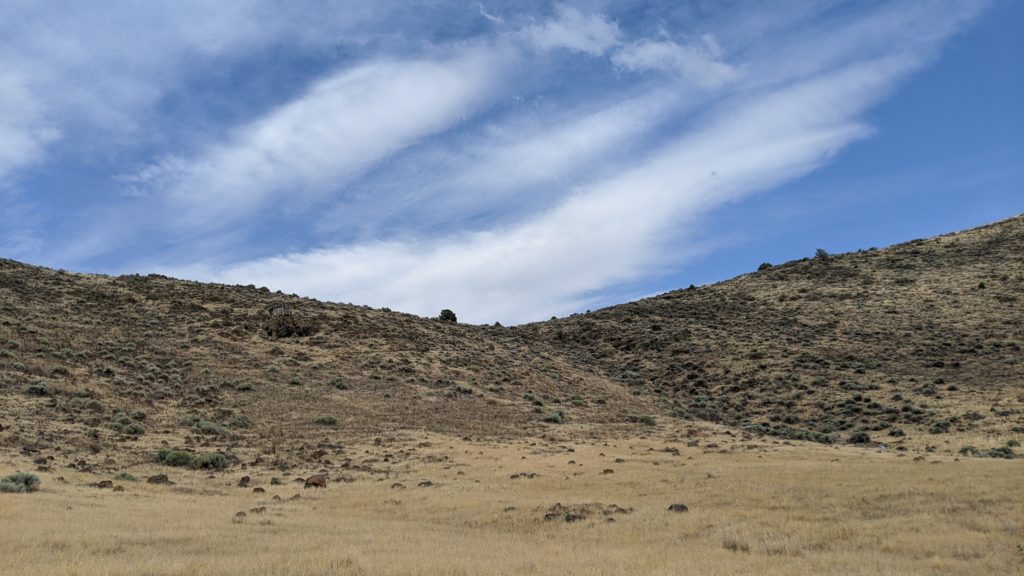
The ridge 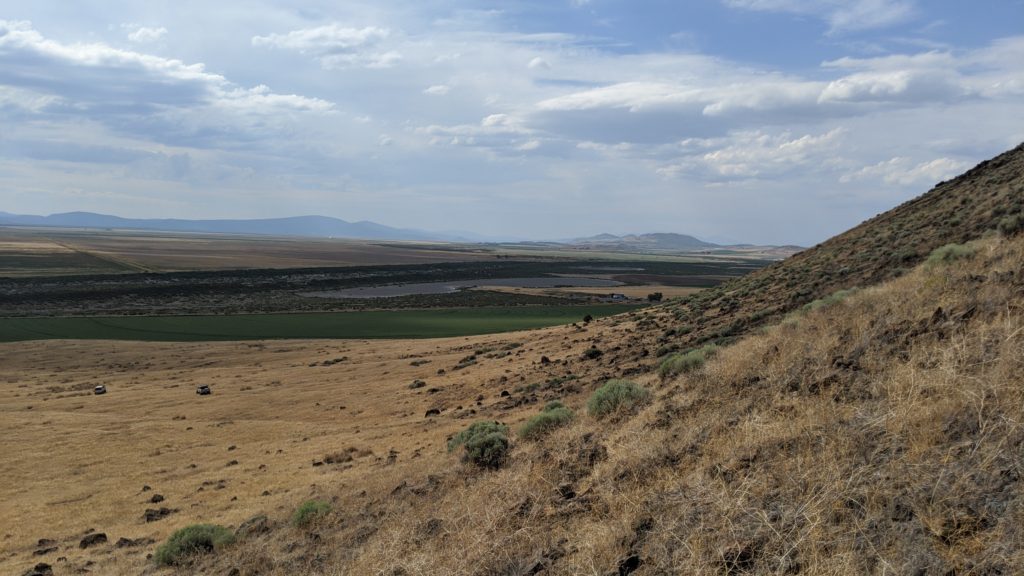
View of the farm from the ridge 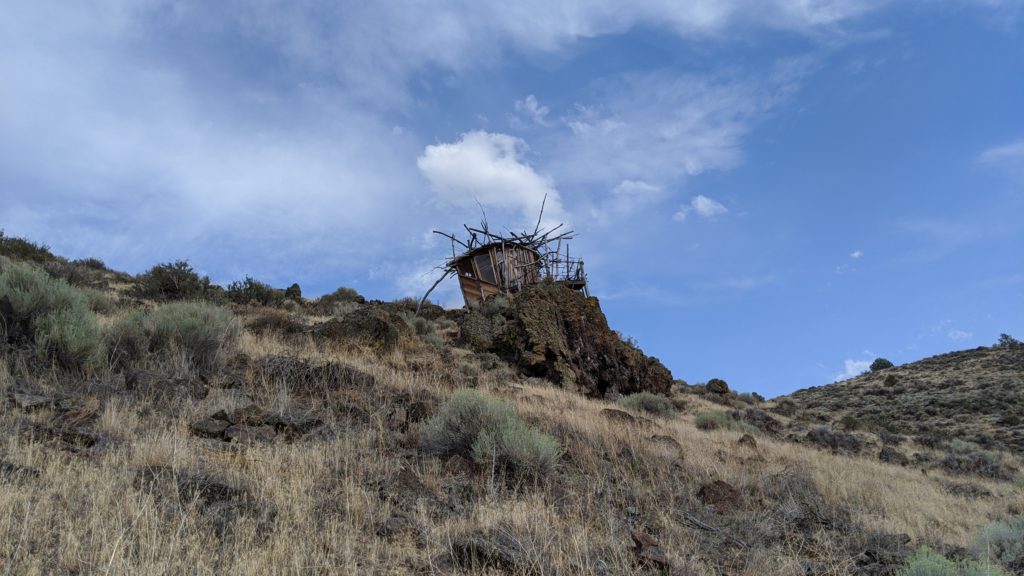
“Bird’s nest” hut perched on the ridge 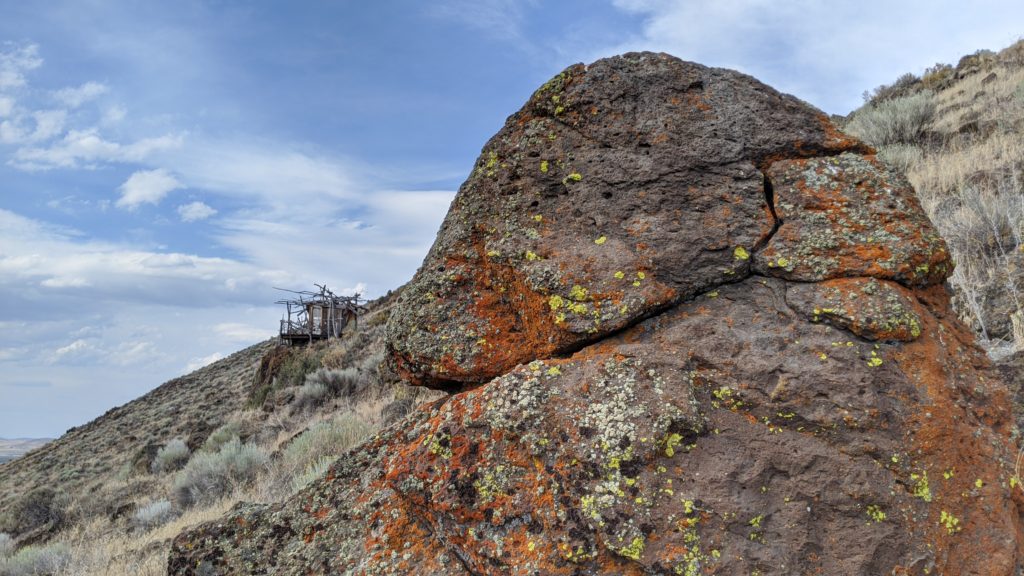
Biological growths adorn a mammal-shaped rock on the ridge 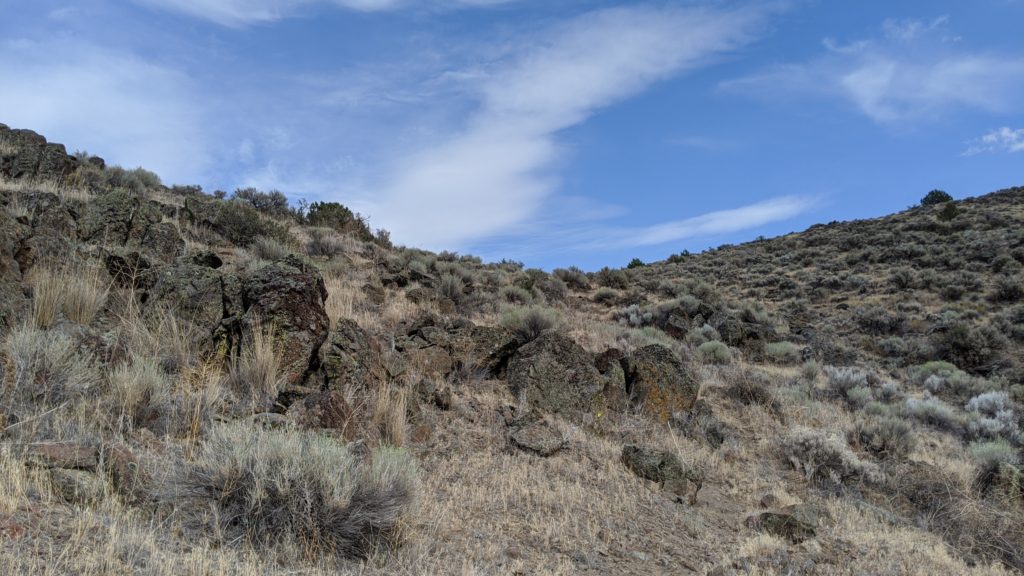
Shrubby grows on the ridge 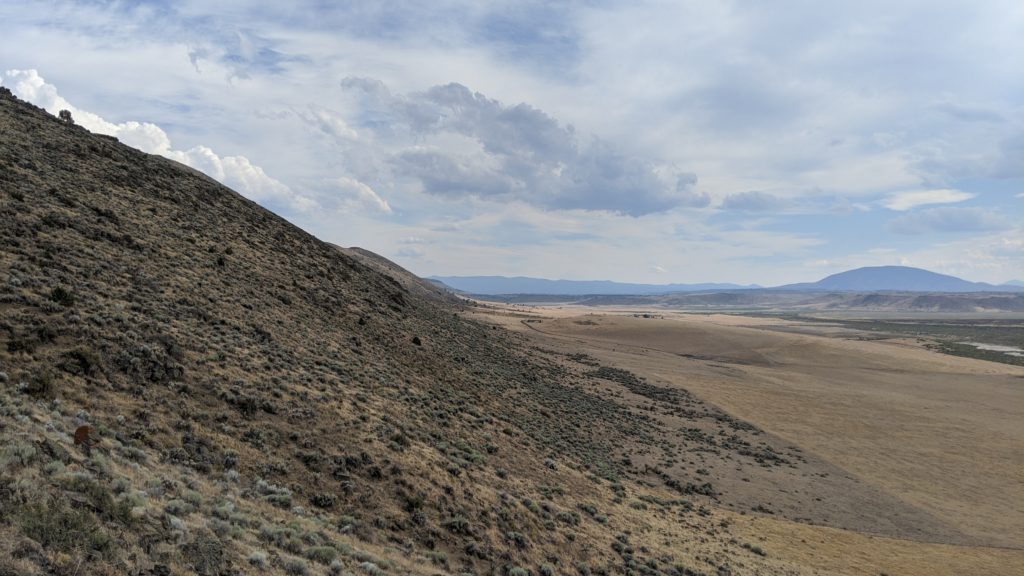
Ridge and valley 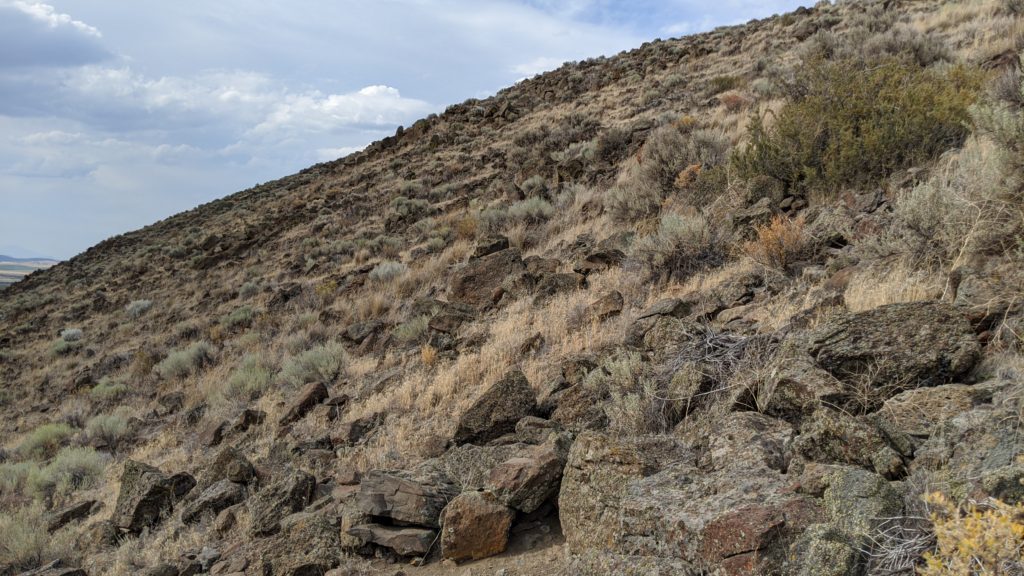
Rocks and shrubs texturize the ridge 
A single juniper tree grows on the ridge 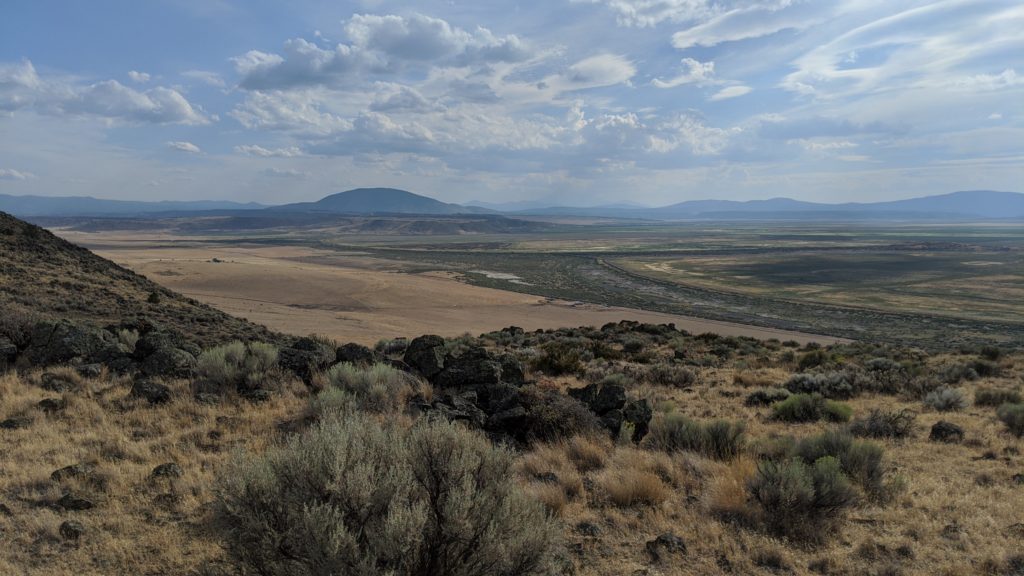
View beyond the ridge 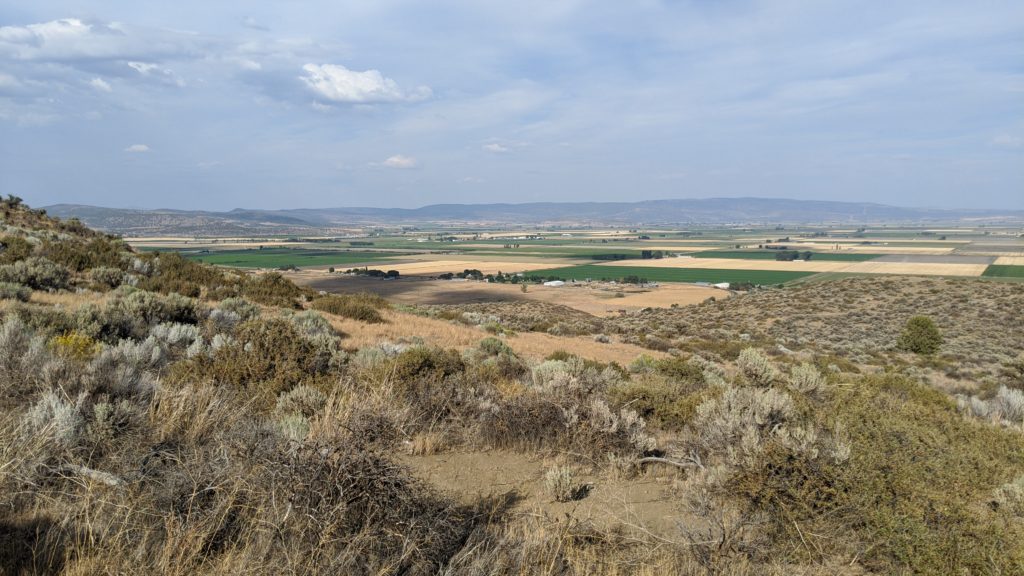
Farmland beyond the ridge 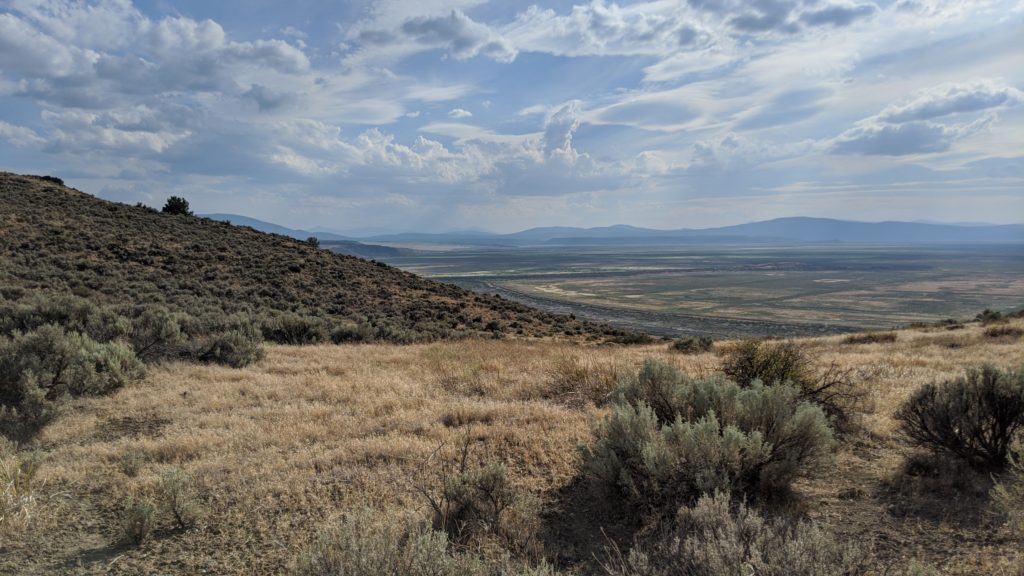
View beyond the ridge
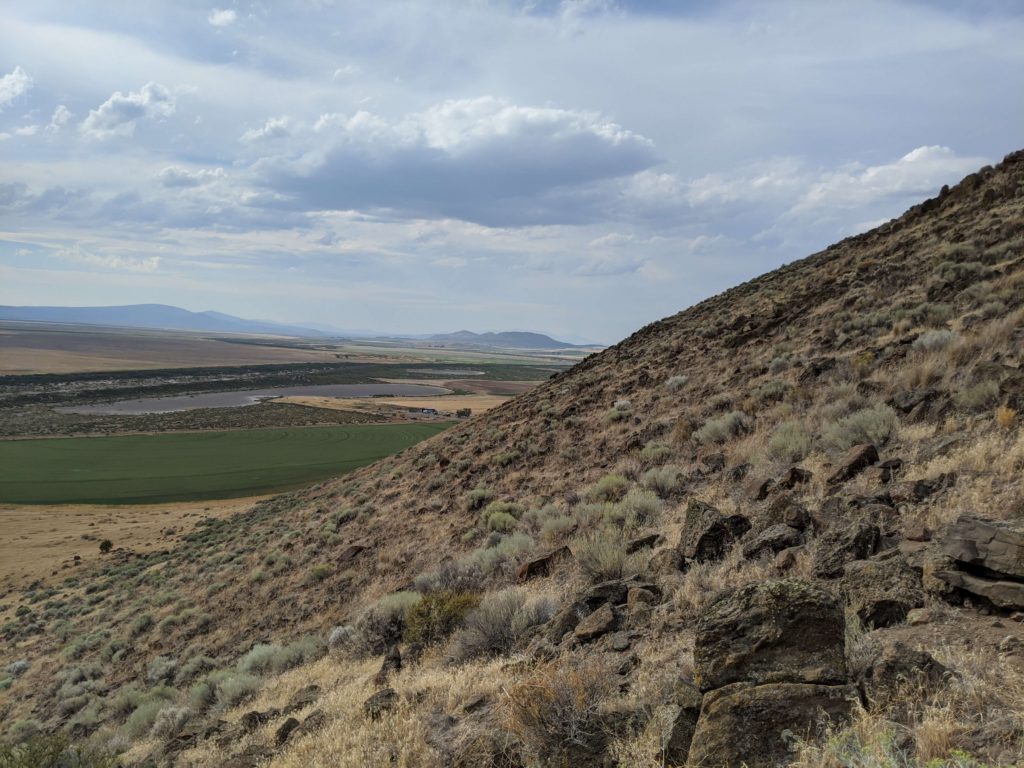
Mt. Shasta & Shasta Lake
Stops along the road reveal views of Mt. Shasta and a mostly-dry Shasta Lake.
Colusa
Colusa is a small farming town located along the Sacramento River. Local farms feature fruit and nut orchards and a mix of seasonal crops. Properties feature a mix of historic and artistically-adapted structures.
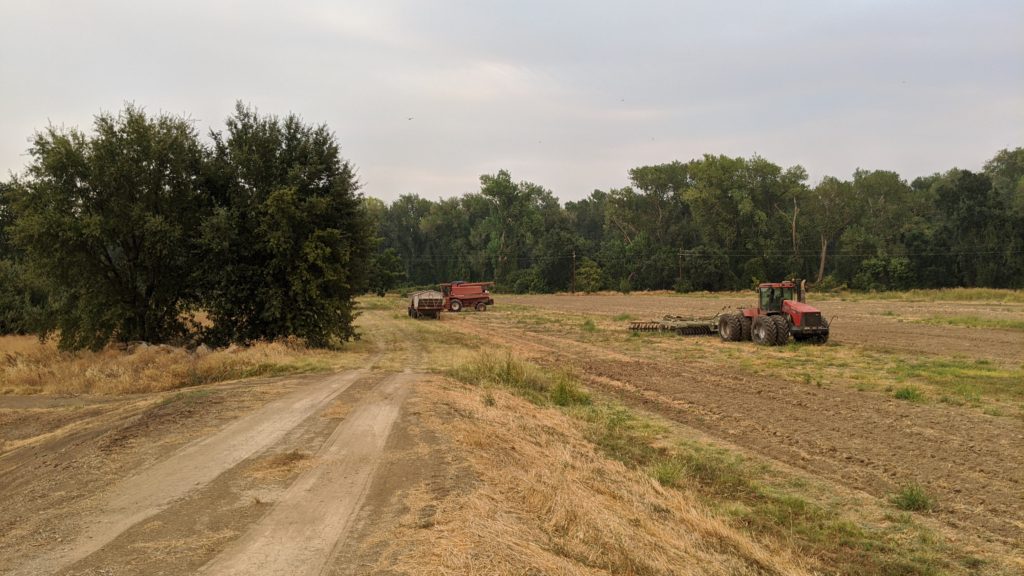
“The Brown” field 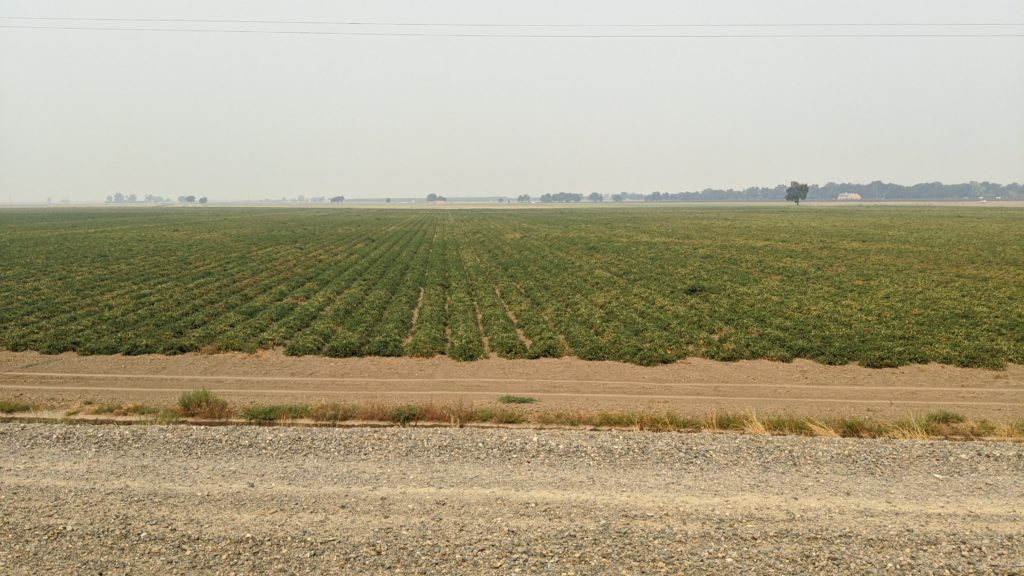
Tomato field 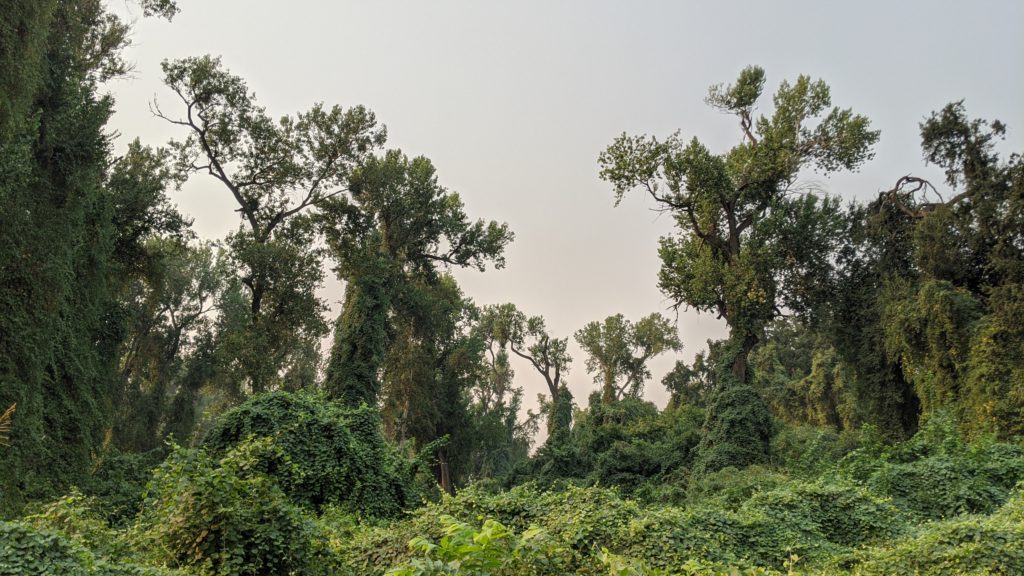
Dense vines produce a jungle-like atmosphere near the Sacramento River 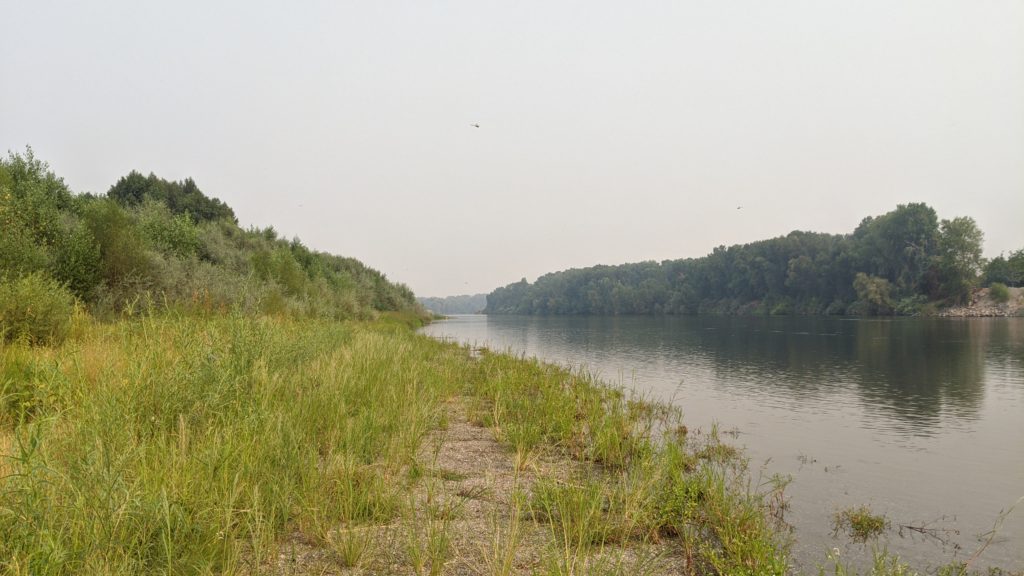
Sacramento River on a smoky day 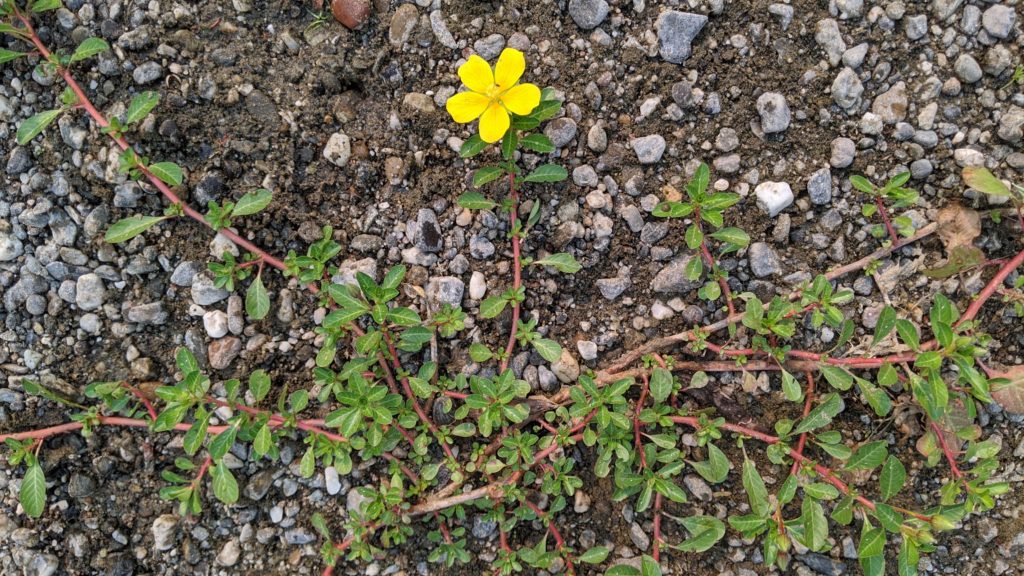
Flowering groundcover along the Sacramento Riverbank 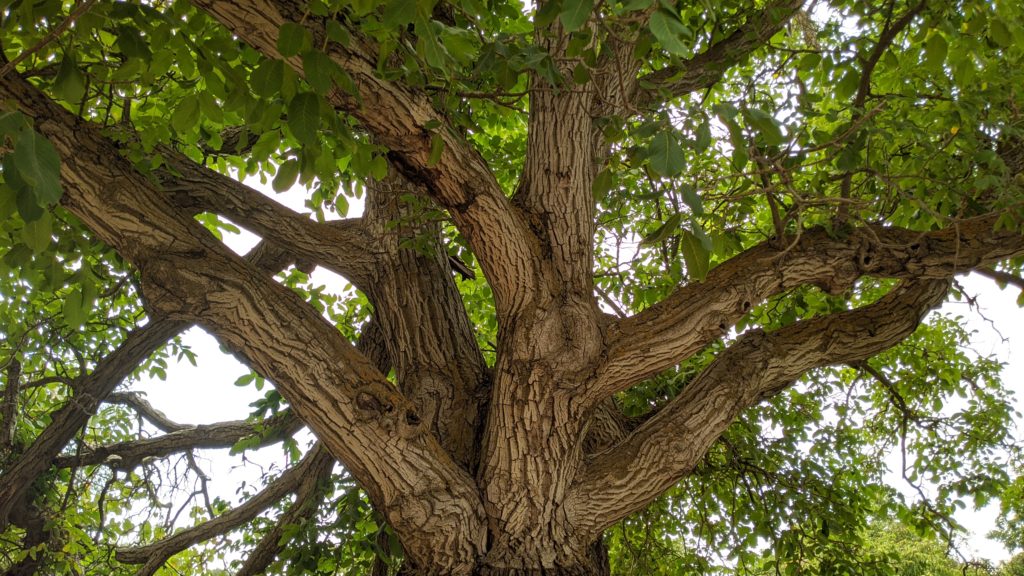
Walnut tree 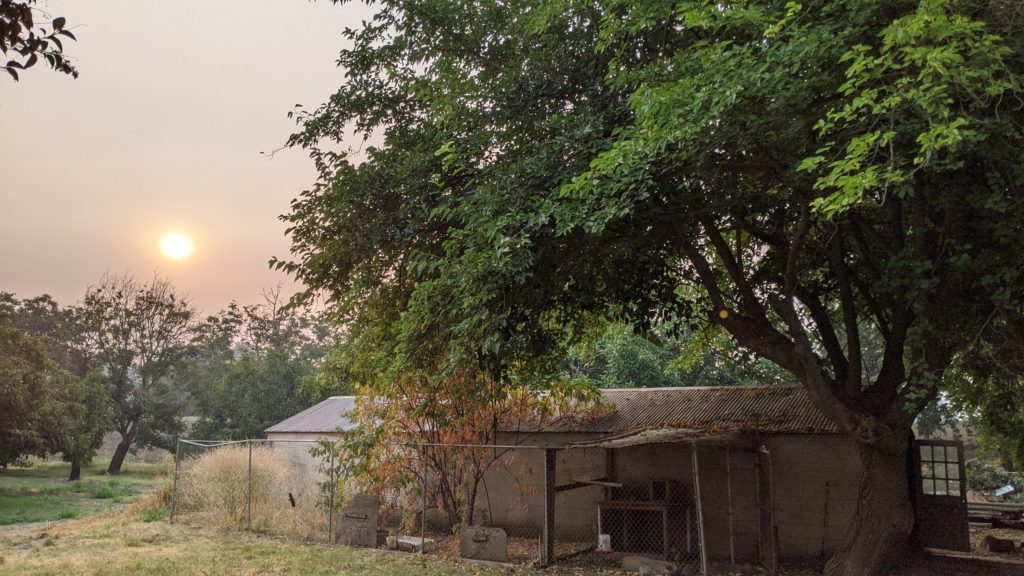
Smoke-obscured sunrise over a walnut orchard 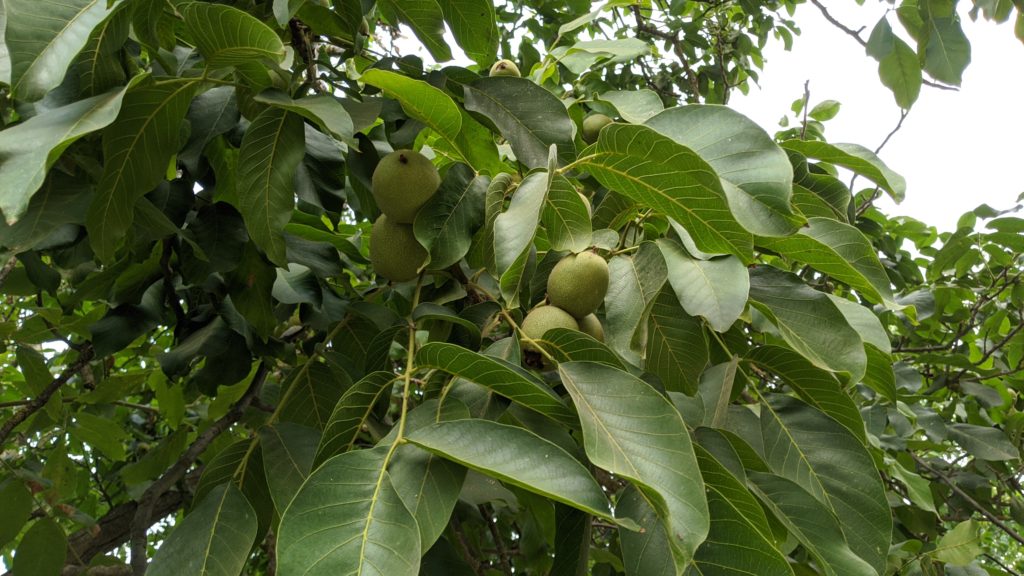
Walnuts 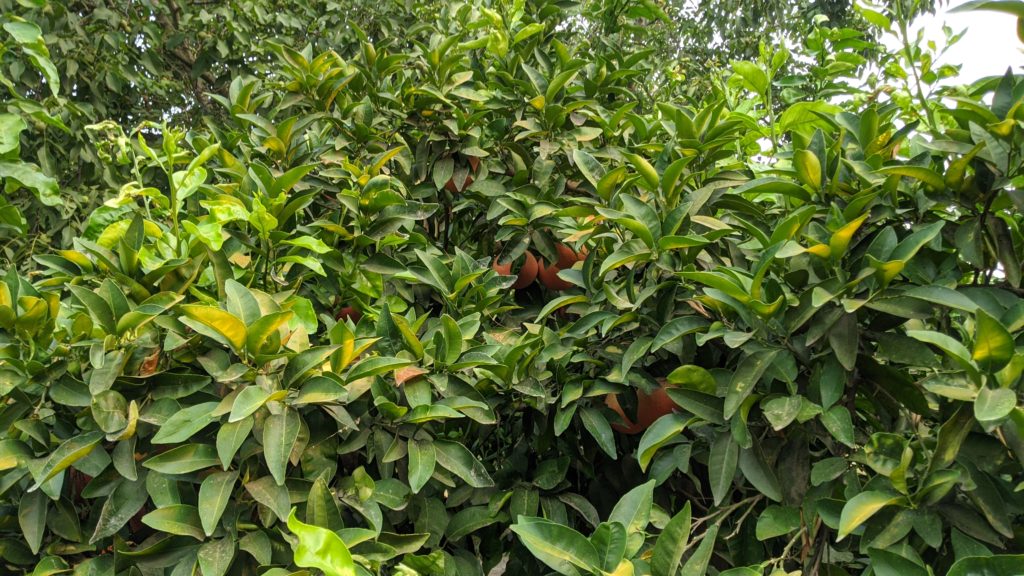
Grapefruits 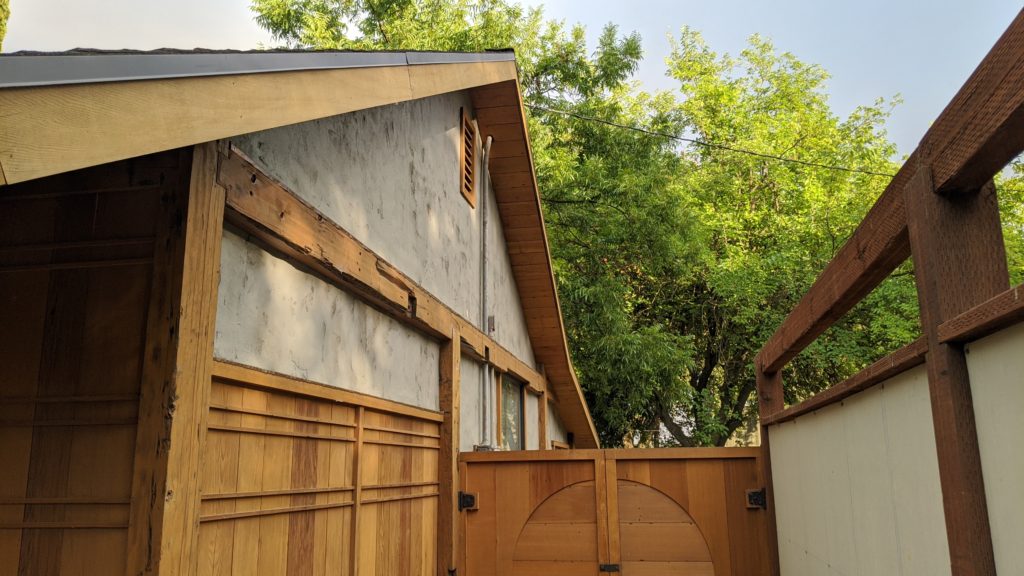
“Tea House” 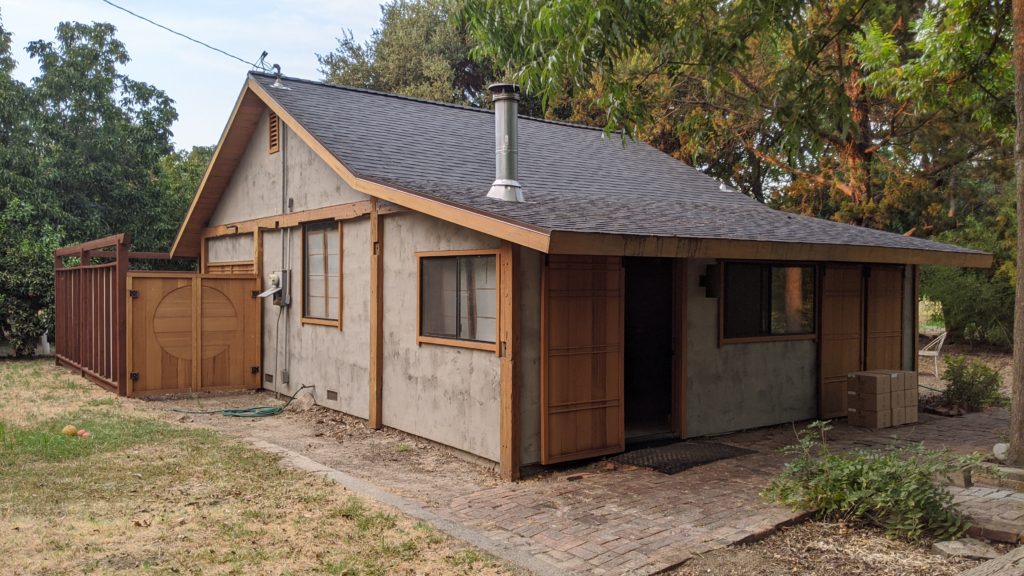
“Tea House” 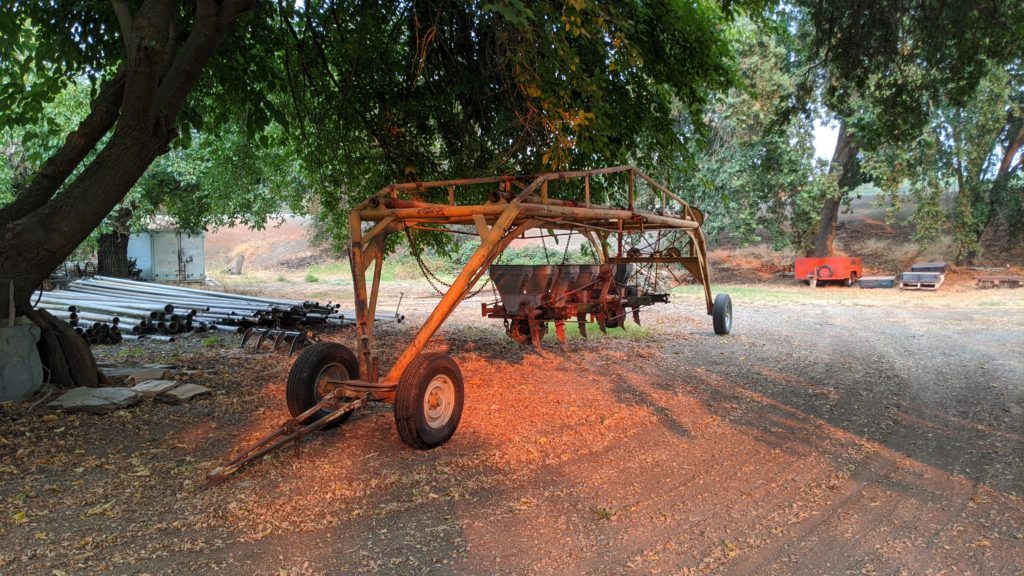
Tiller 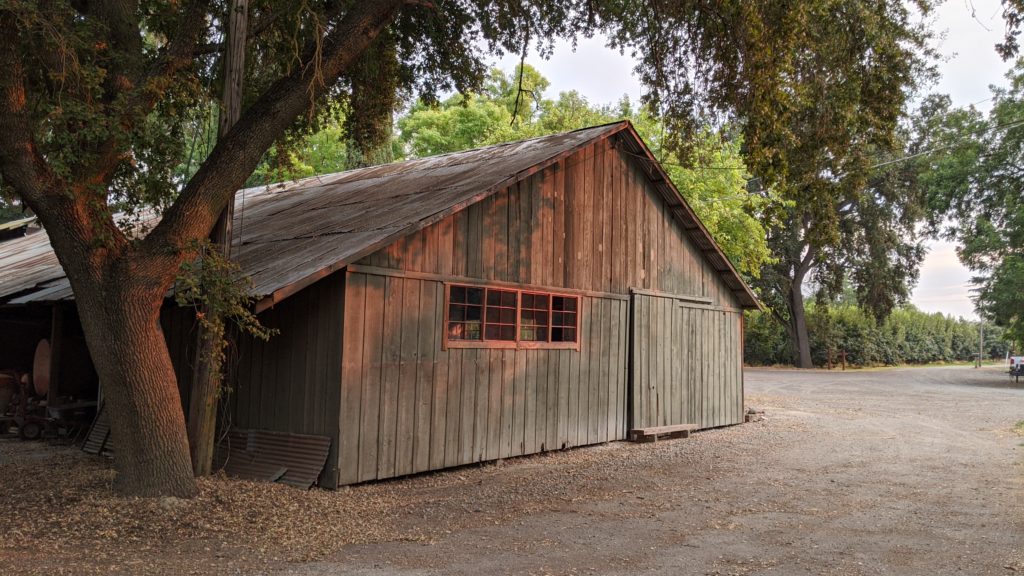
Barn 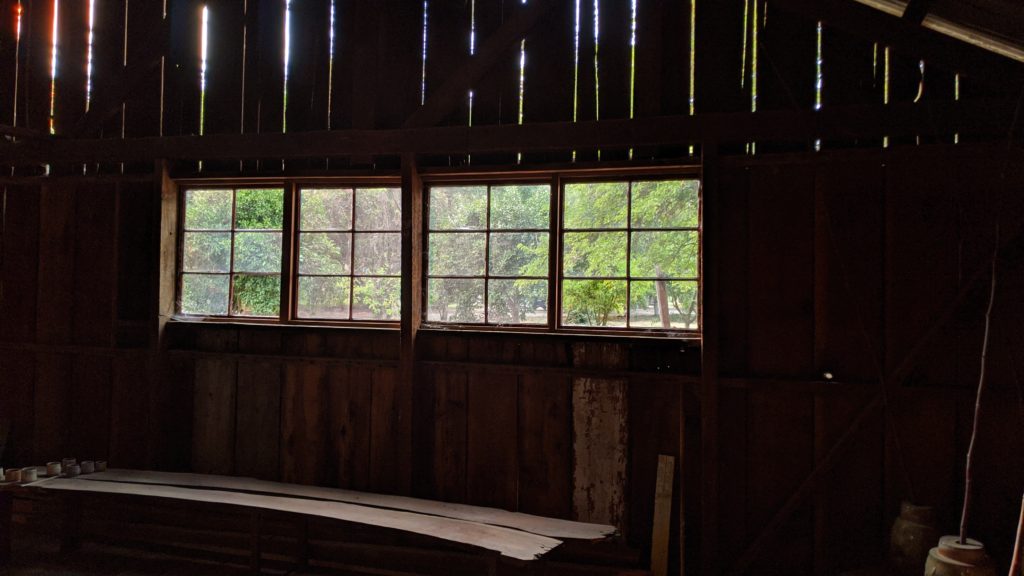
View of the trees through the barn windows 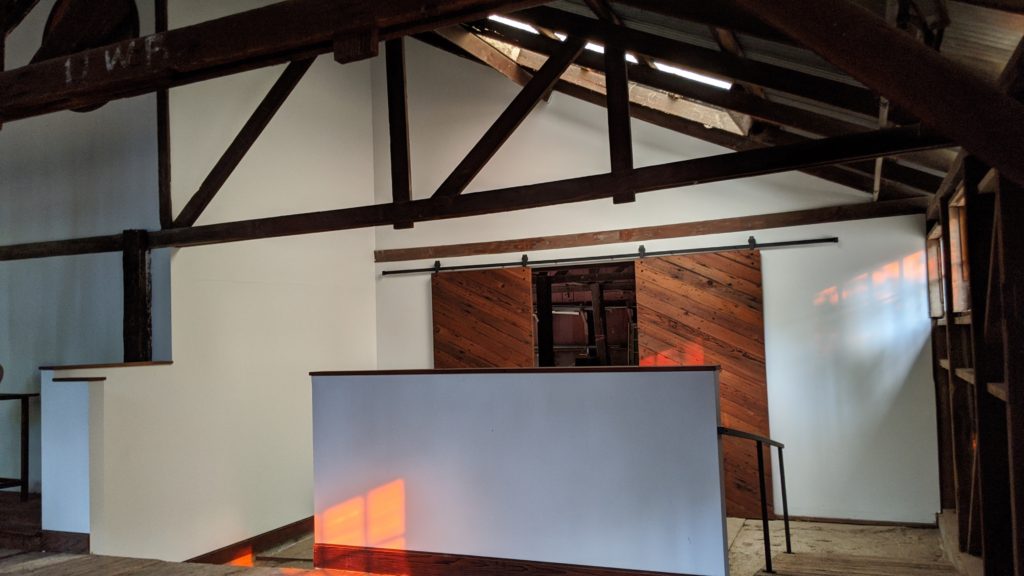
Barn studio 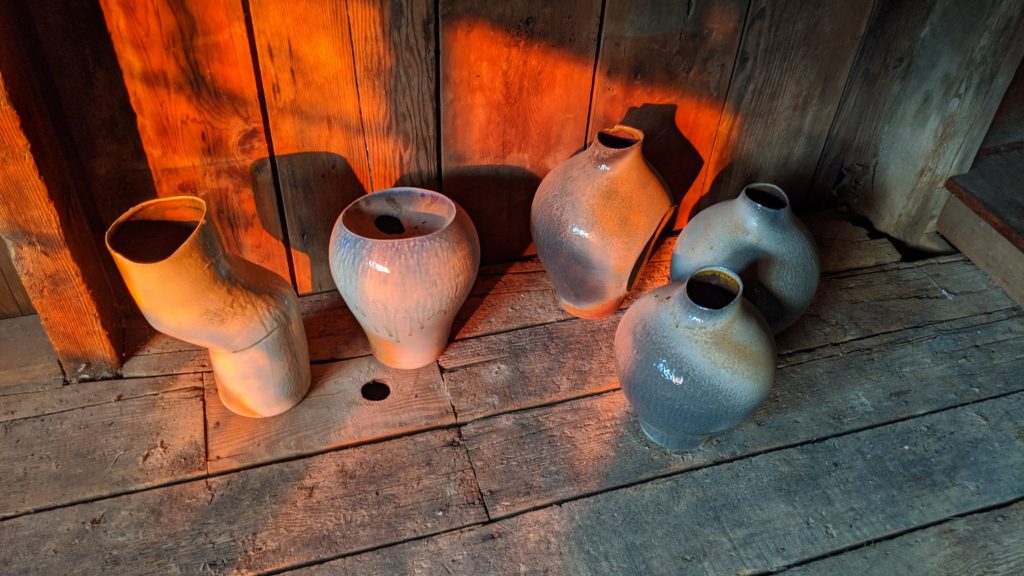
Ceramics in the barn studio lit by smoke-filtered sunlight 
Red sunlight casts a window’s shadow onto a wood door 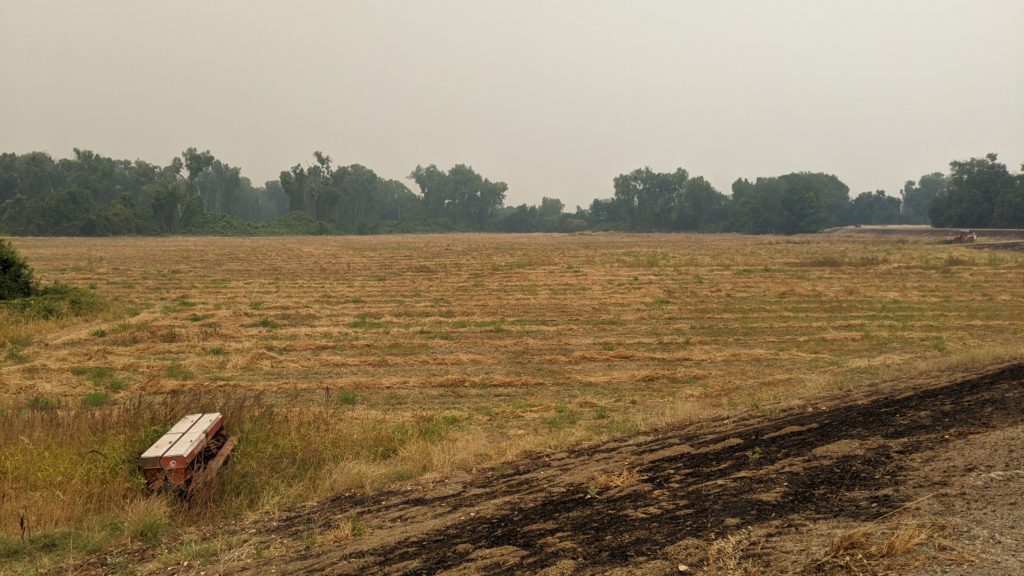
“The Berkey” field

Indian Valley Forest
Timber land overlooking the Indian Valley features a diverse array of tree species and ages. Despite a recent harvest, this particular property features dense and rigorous growth. A thinning project is planned to reduce wildfire hazards.
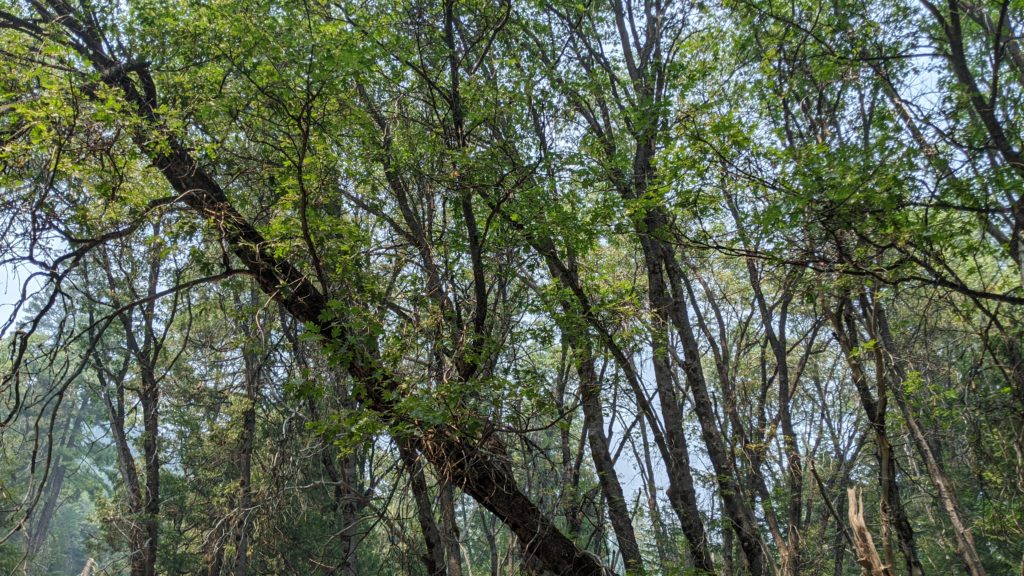
Cougar Springs/Big Chief
Across the valley, this forest overlooks a sparse residential development in Hunt Canyon. The forest was recently thinned to mitigate wildfire hazards and includes merchantable timber. It includes a pristine building site for a secluded house in the woods.
Yosemite
A private timber property nestled into Yosemite National Park at the edge of Sierra National Forest was largely burned during the 2018 Ferguson Wildfire. Its man-made structures survived thanks to the firefighters. Many trees also survived the fire. In the un-burned sections, large volumes of dead trees reveal that the fire was not the only cause of the forest’s decline. Drought took many trees before the fire. Two years into the natural recovery process, a thinner forest emerges retaining a diversity in species. Perhaps more sustainable for the medium-term future, this thinner forest contains less volume for timber harvest but remains excellent habitat for wildlife.

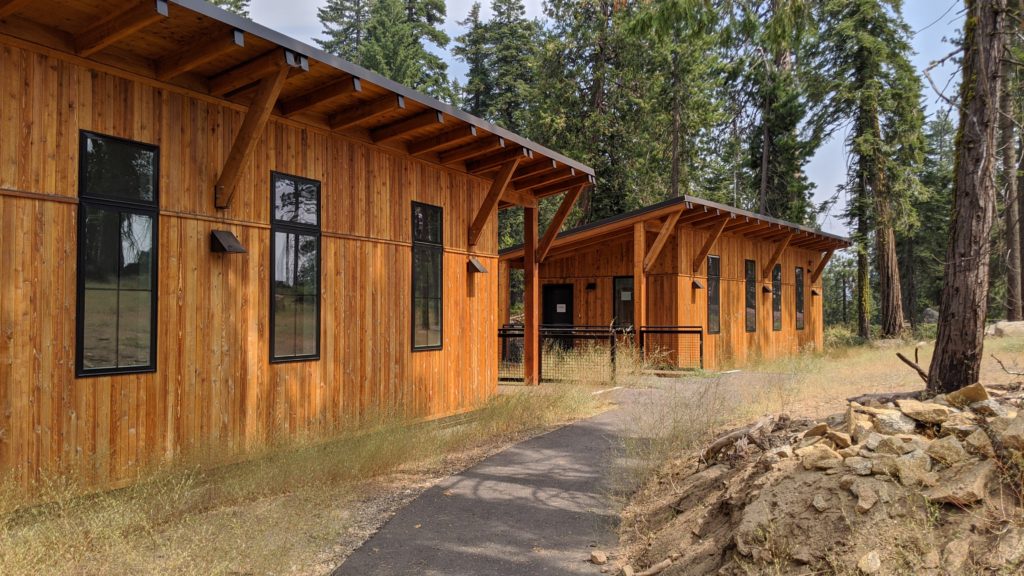
NatureBridge National Environmental Science Center 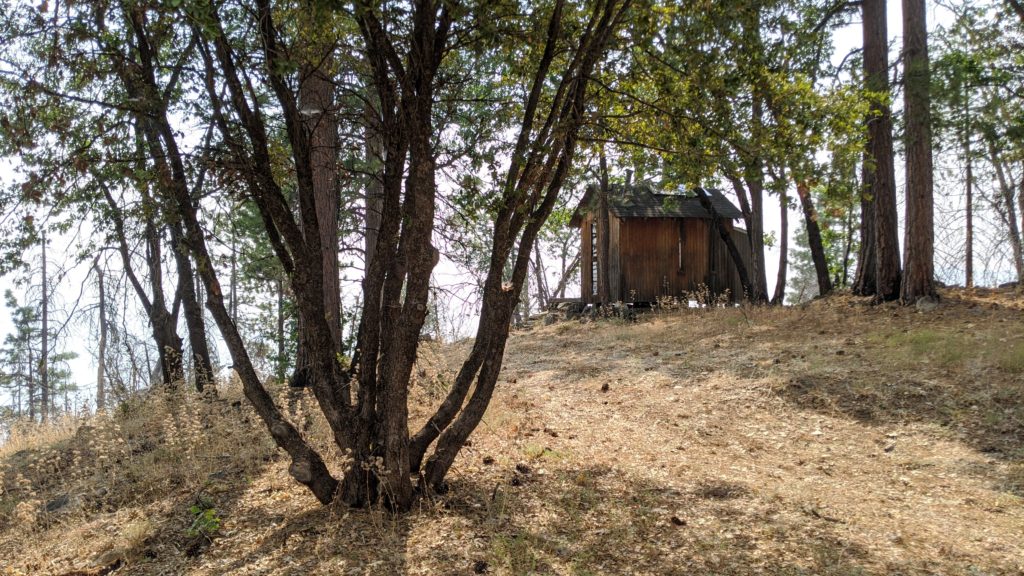
Young oak and hut 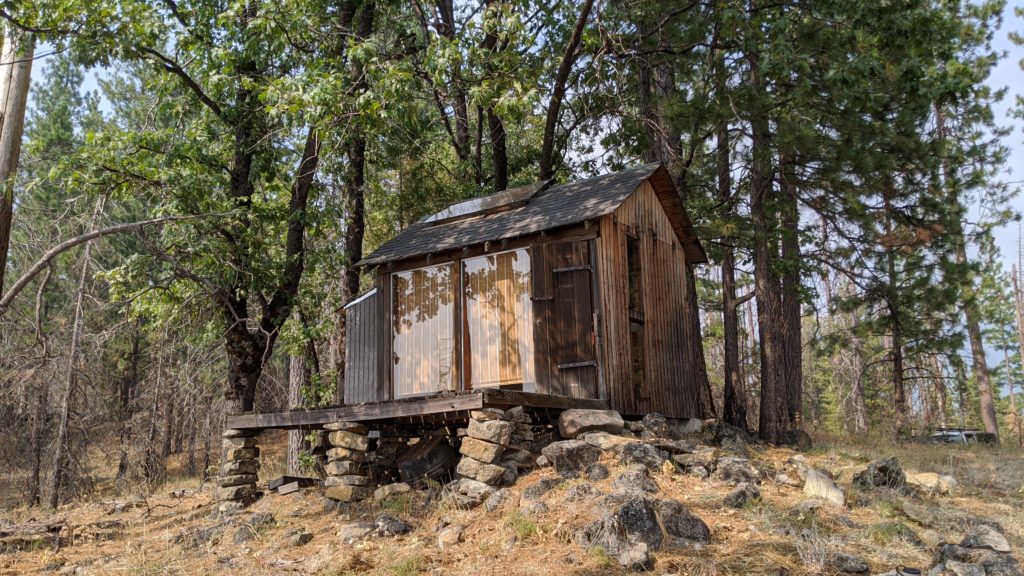
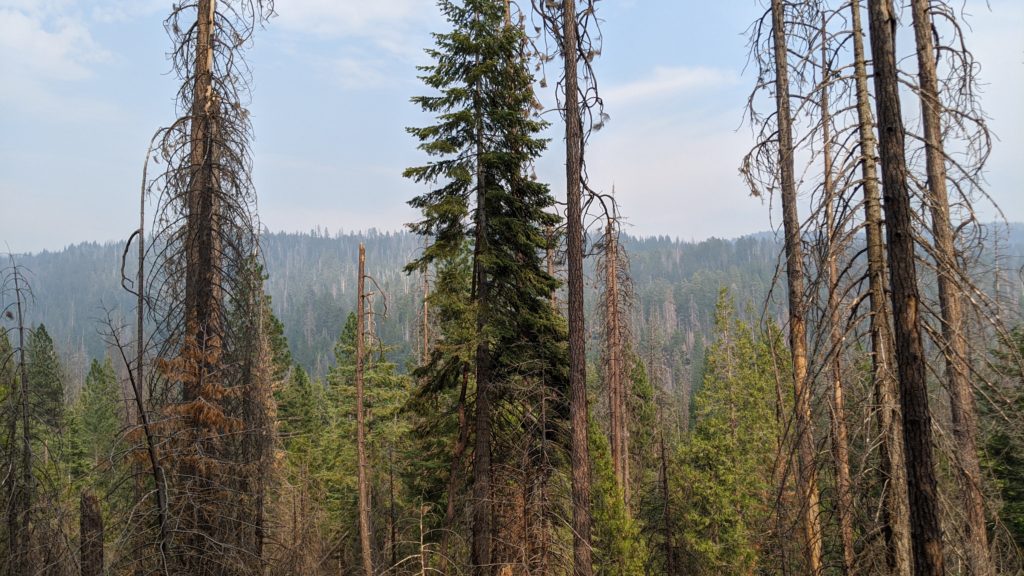
Living, dead, and burnt forest 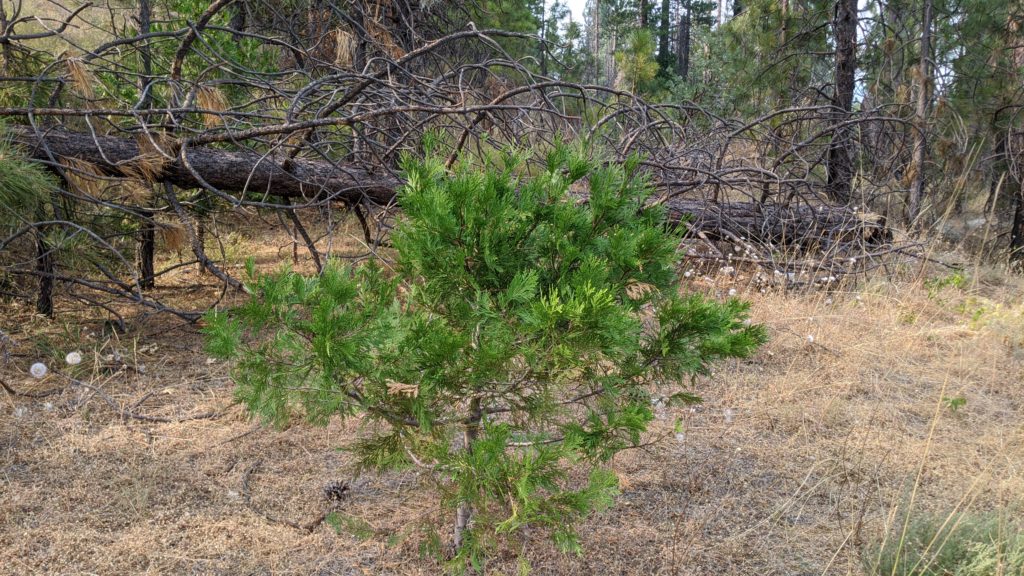
Fallen Ponderosa Pine and young Cedar 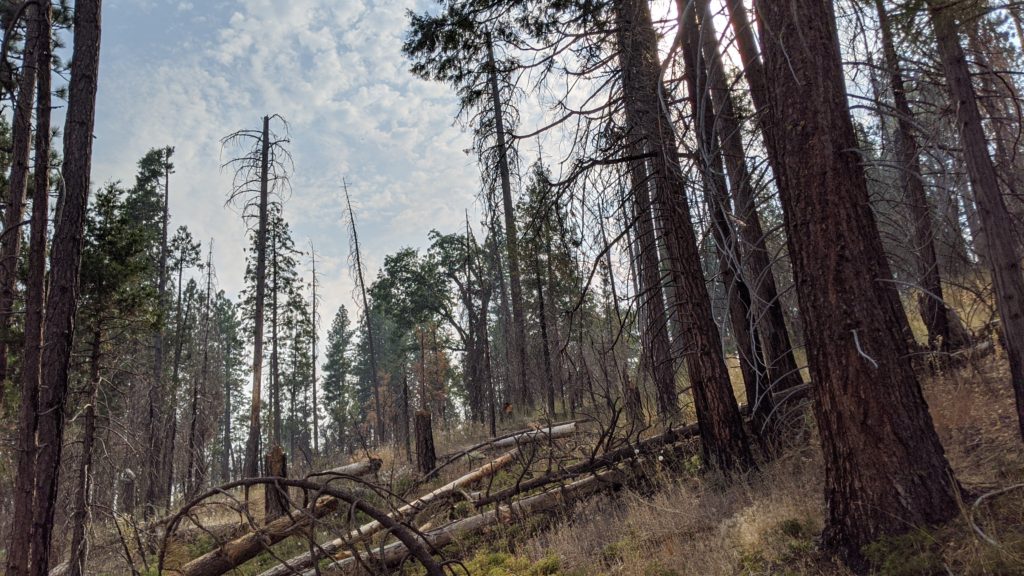
Recovery in the burn area 
A tall oak 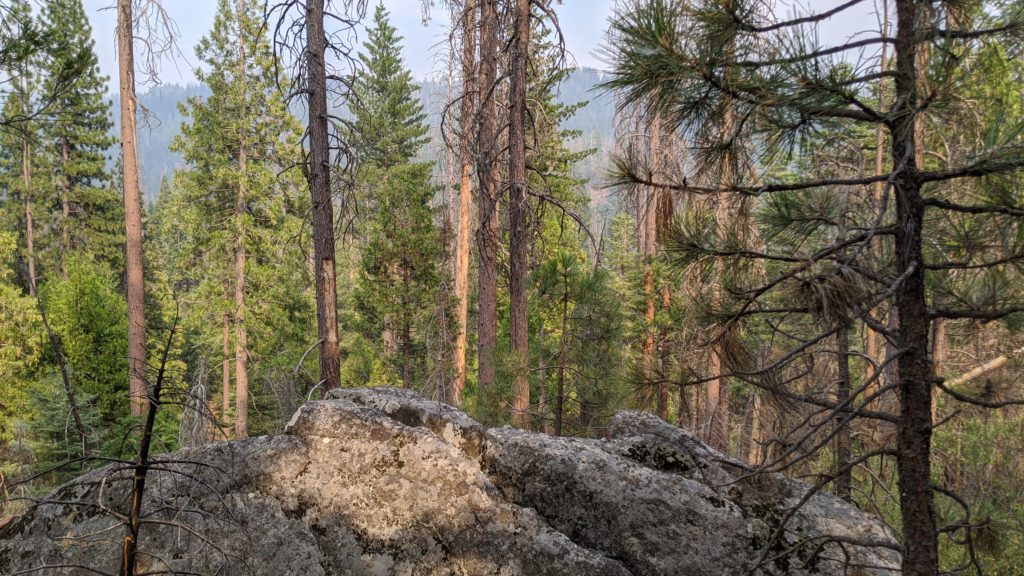
Rock, dead and live trees 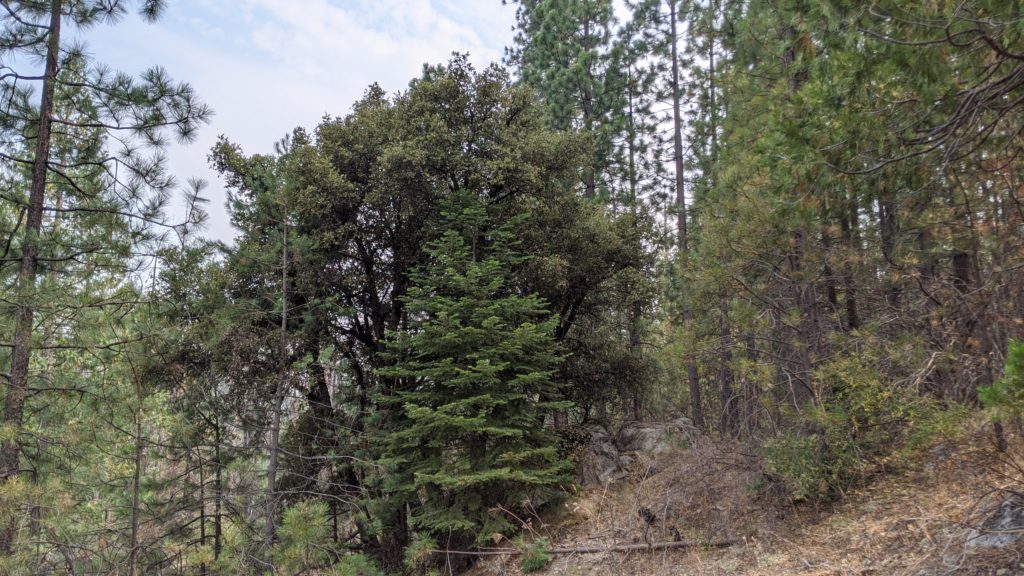
Oak and fir 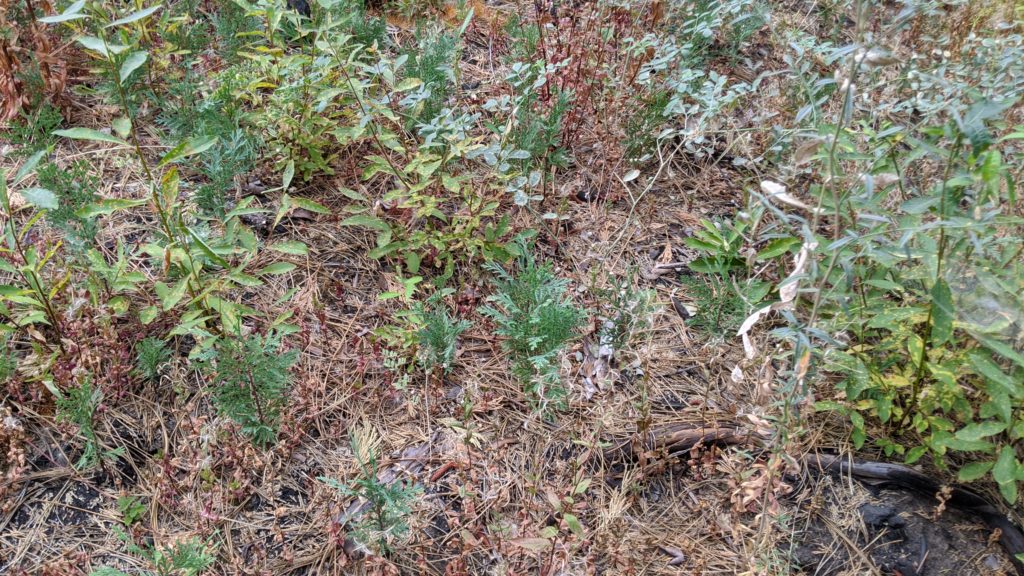
Infant cedar seedlings 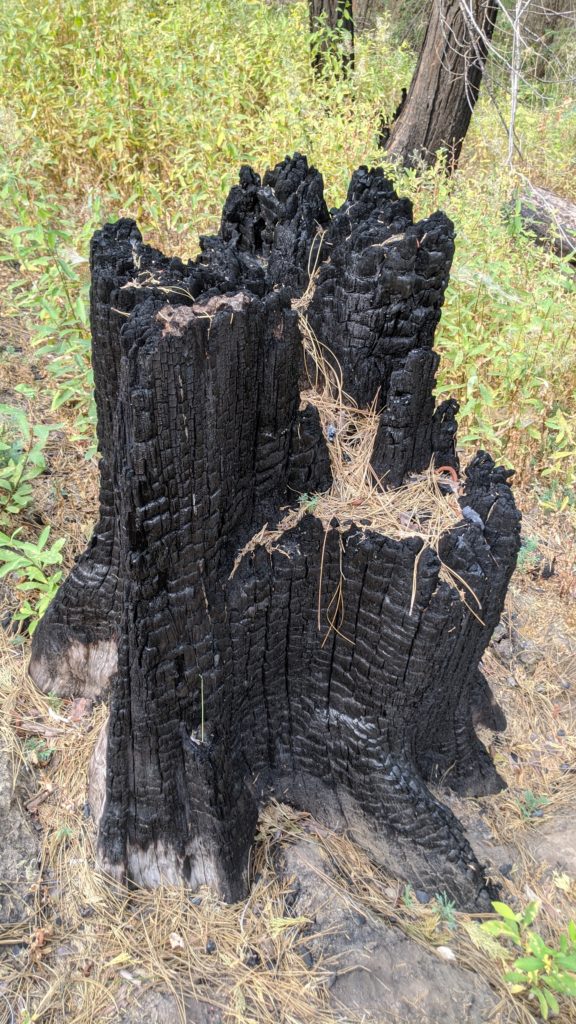
Charred Stump 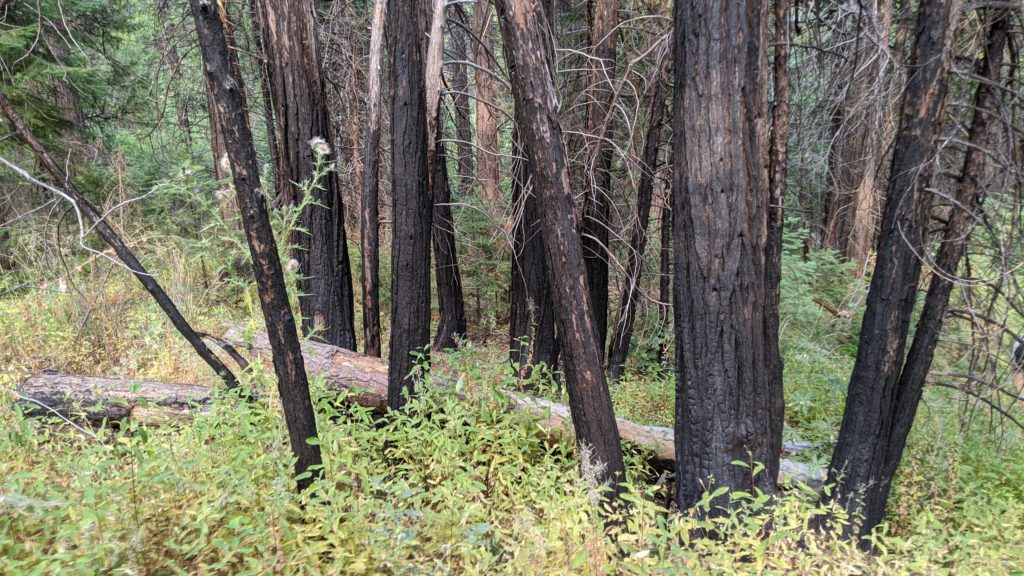
Charred trunks 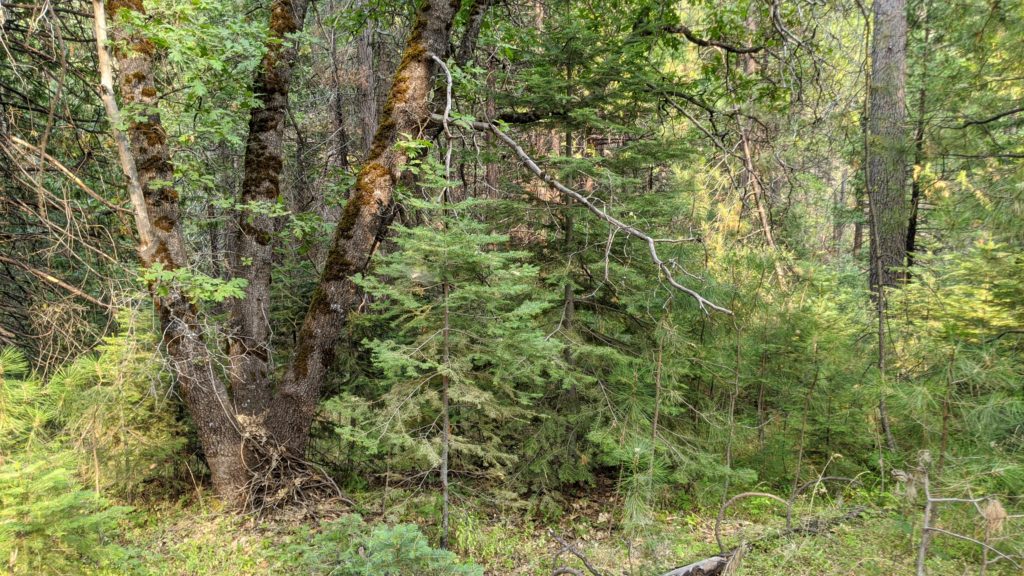
Surviving younger trees 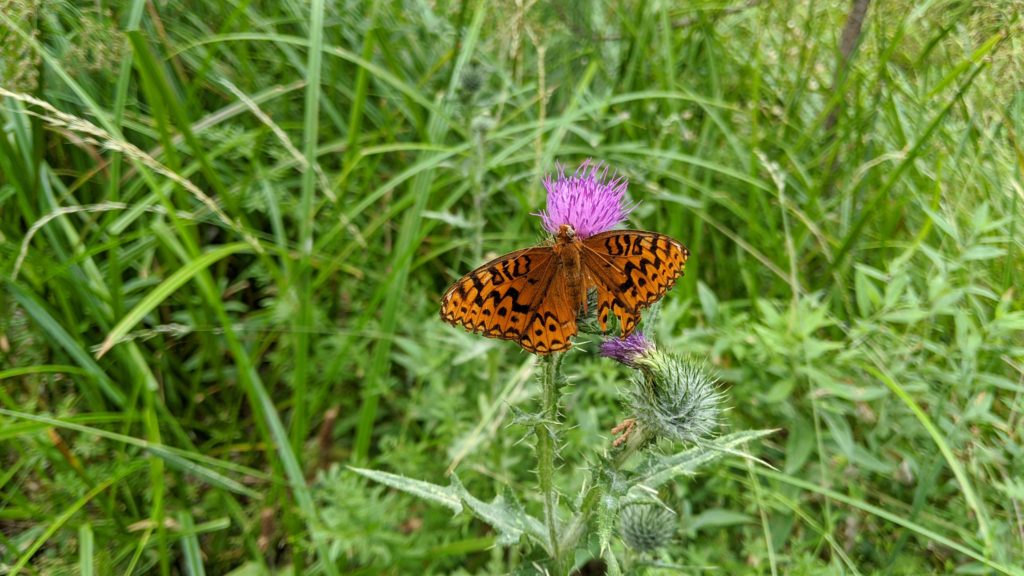
Butterfly in the meadow 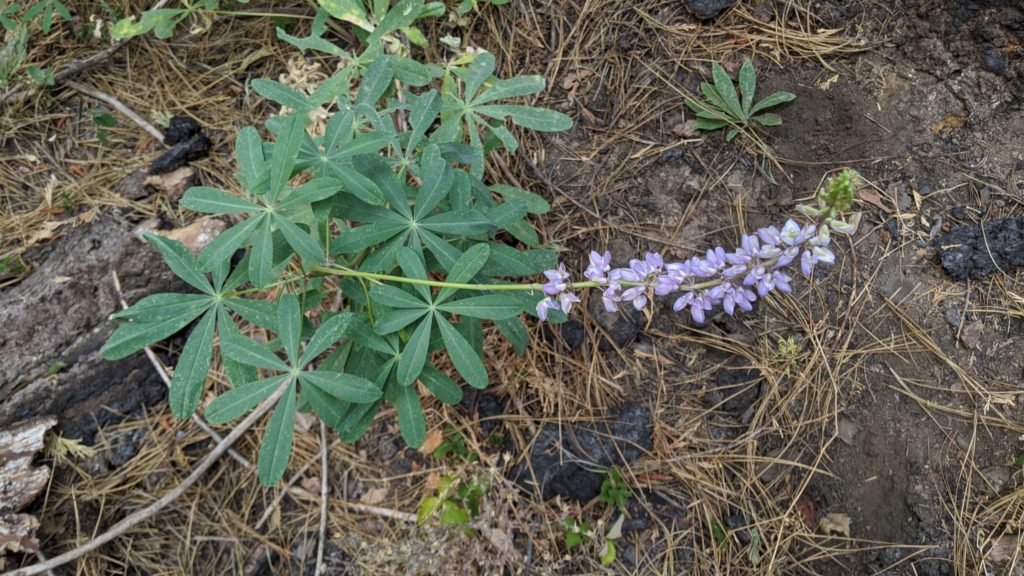
Lupine 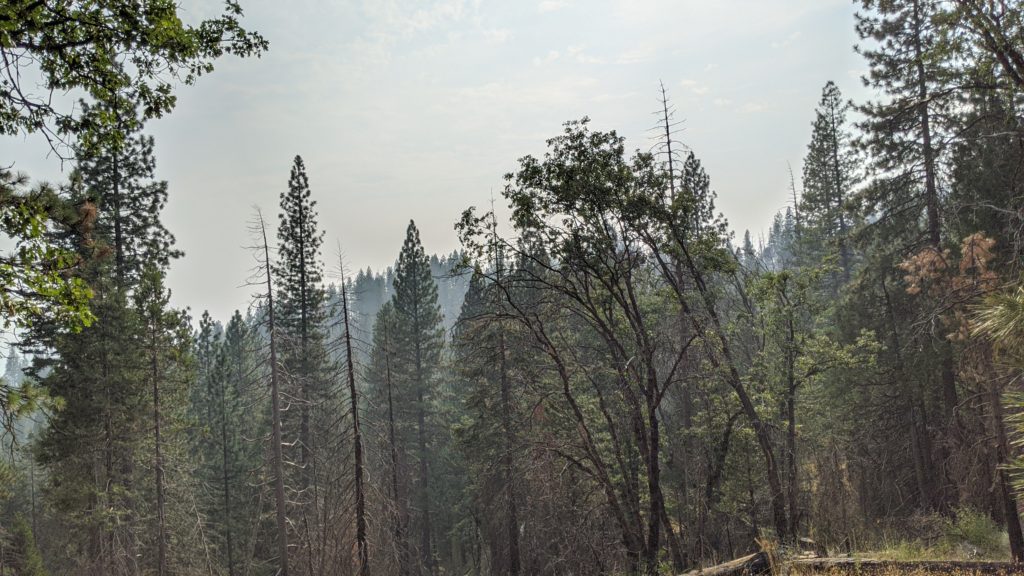
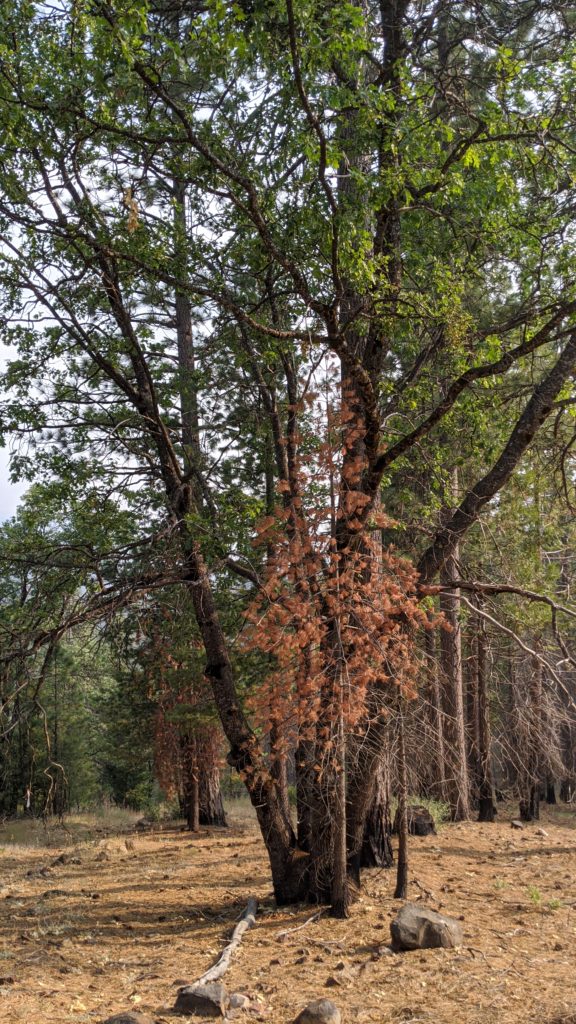

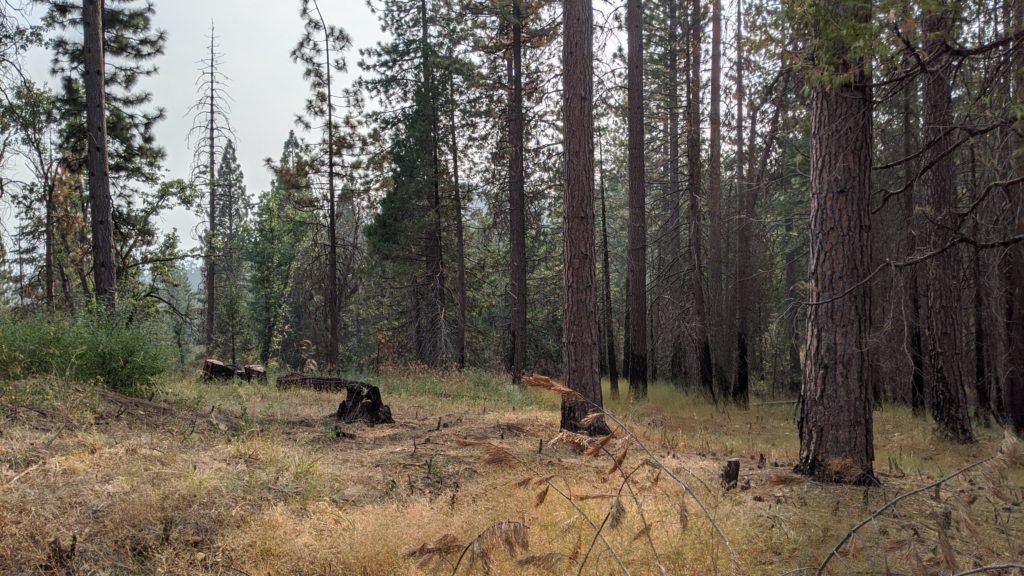

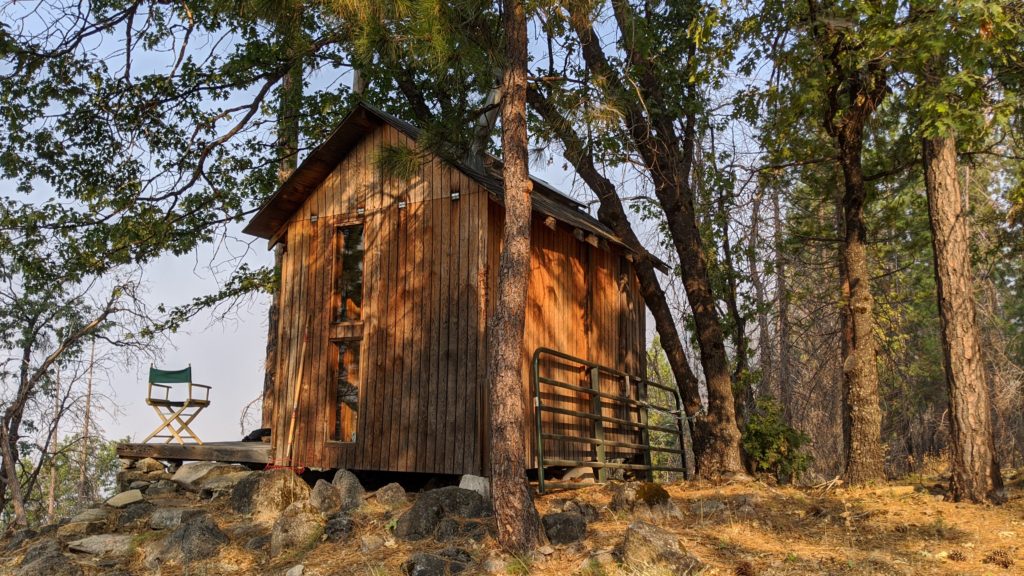

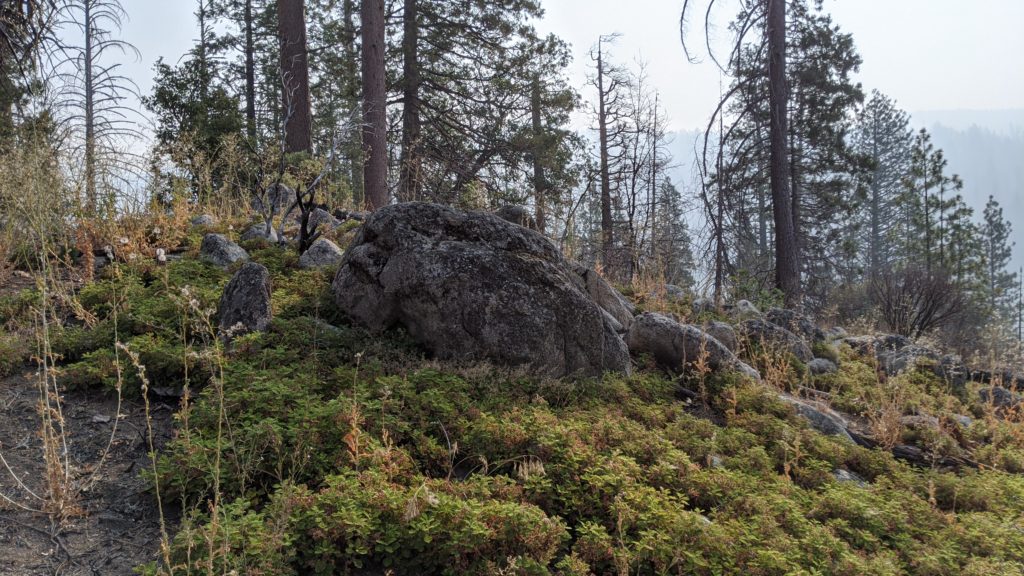
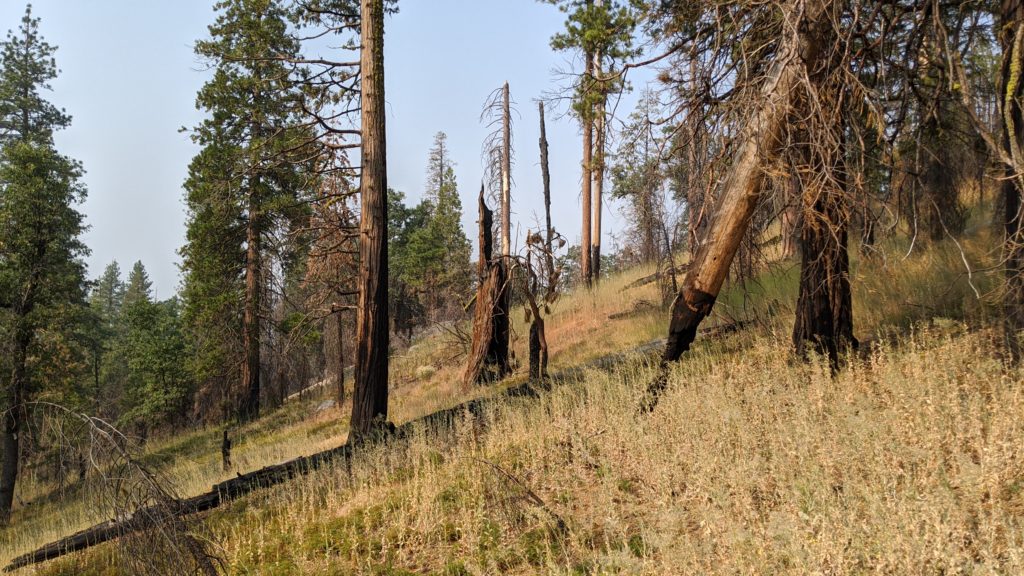
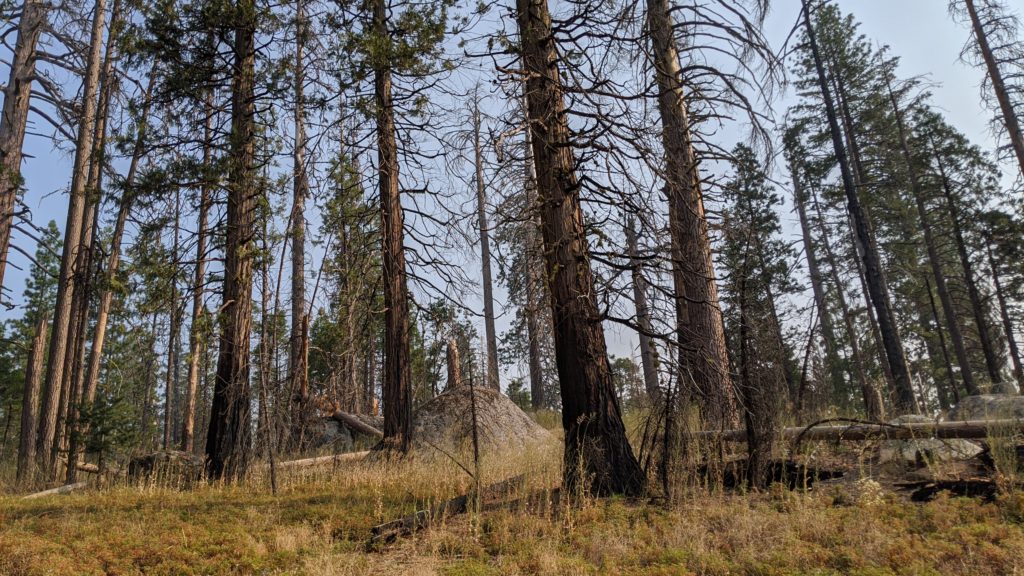
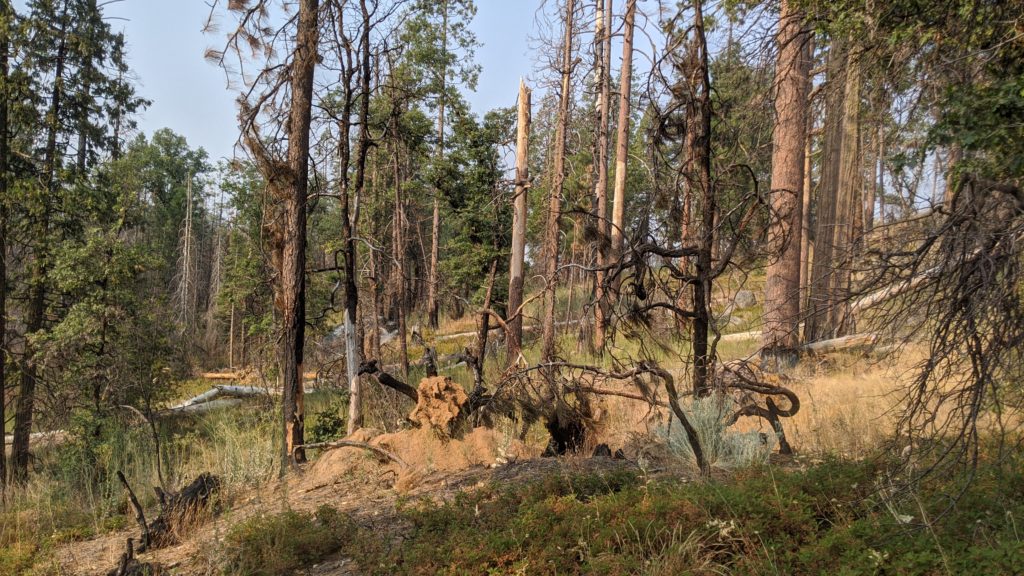

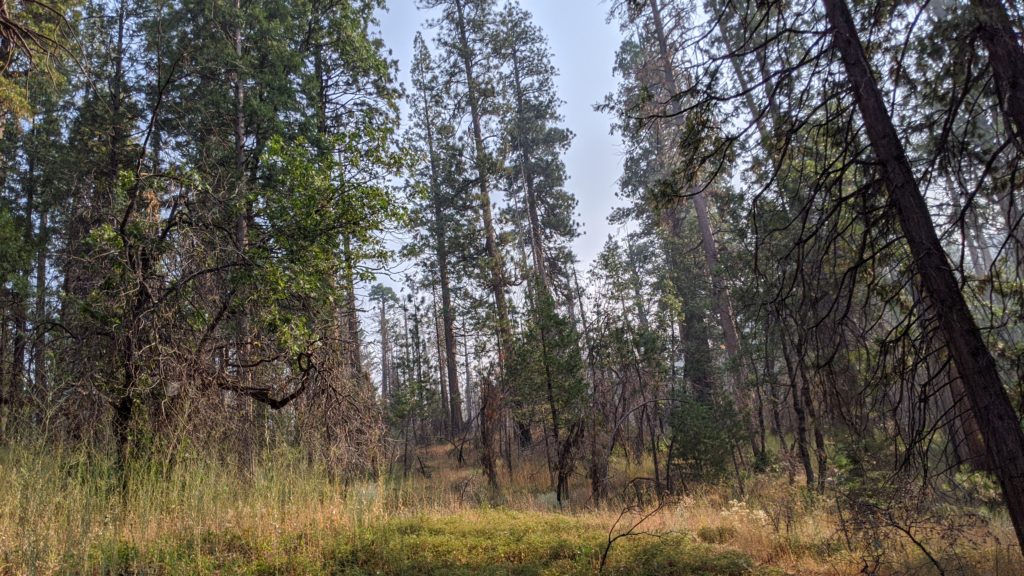
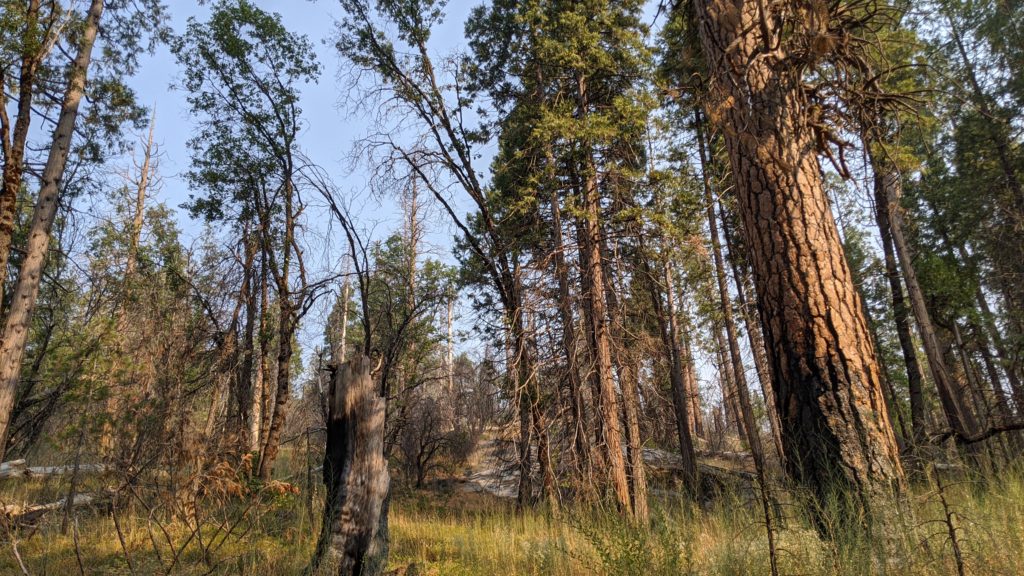
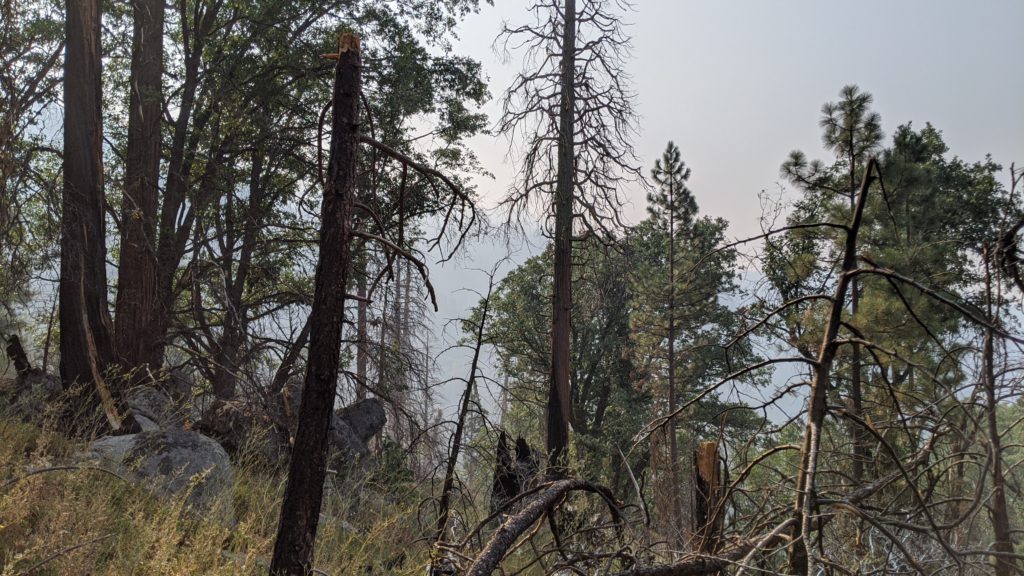
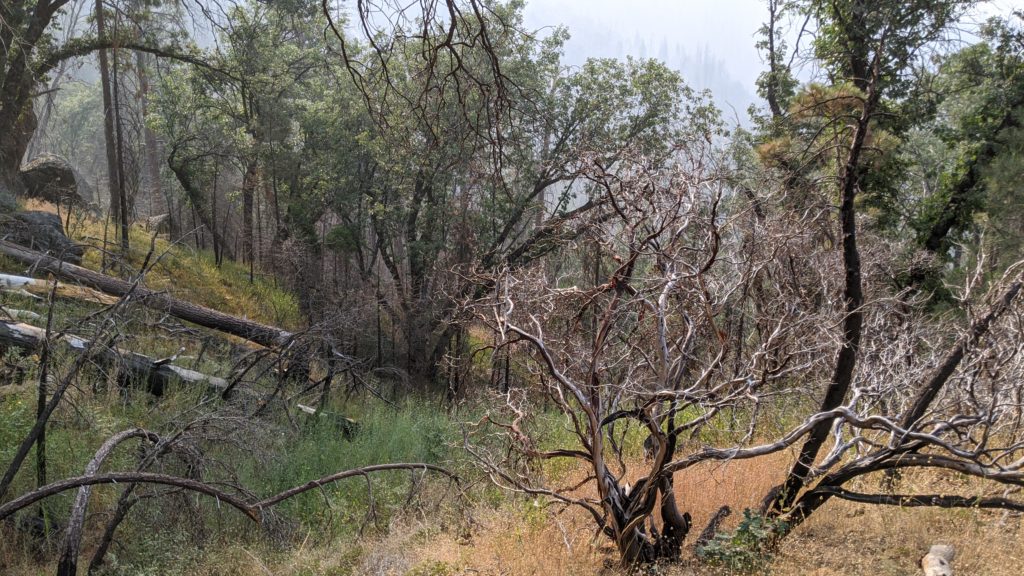
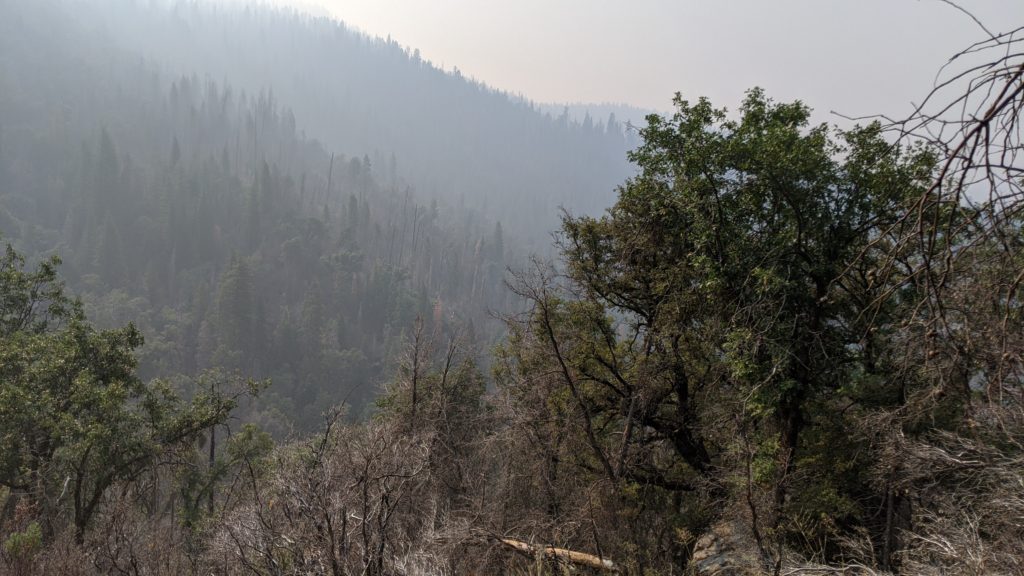
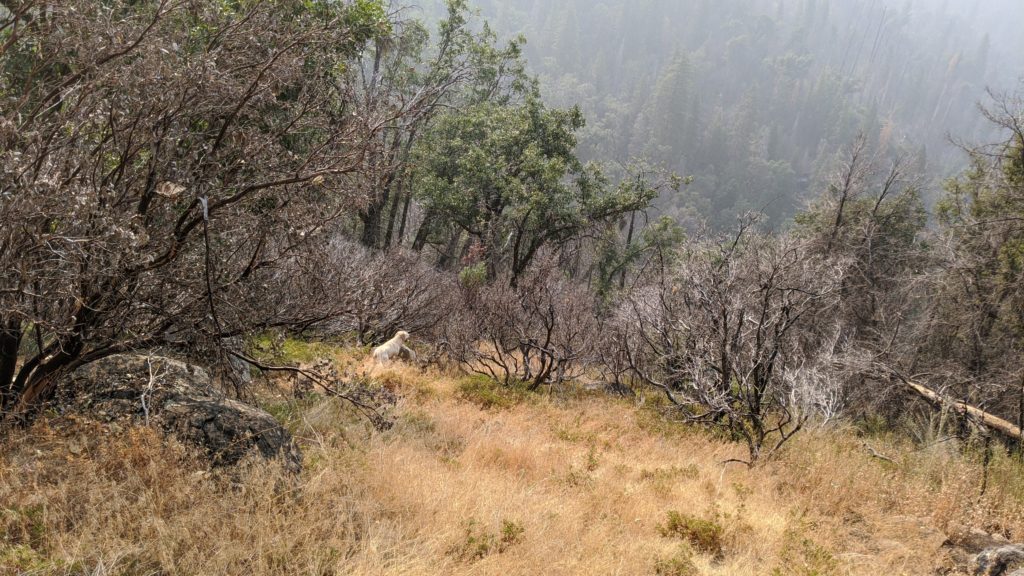
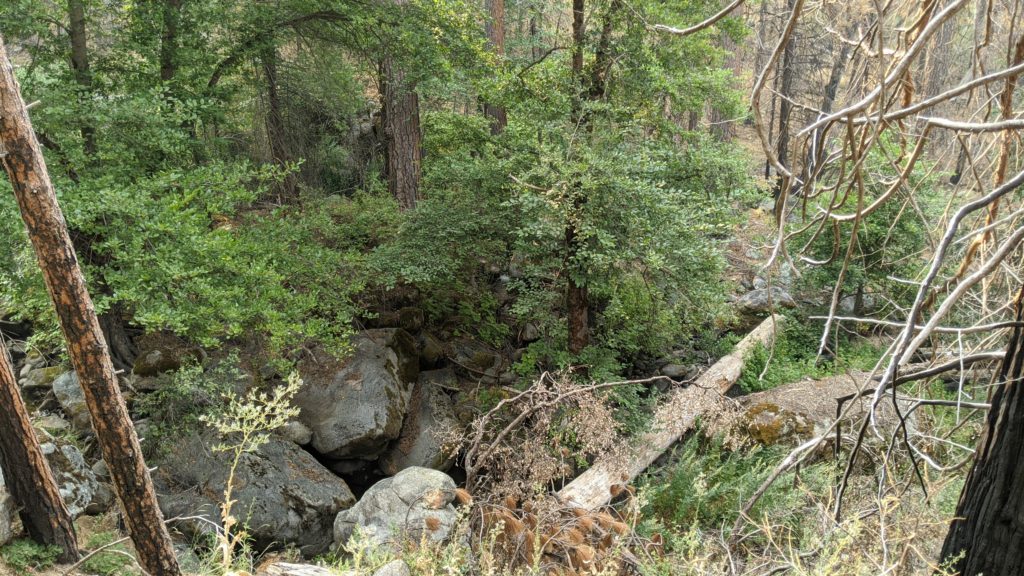
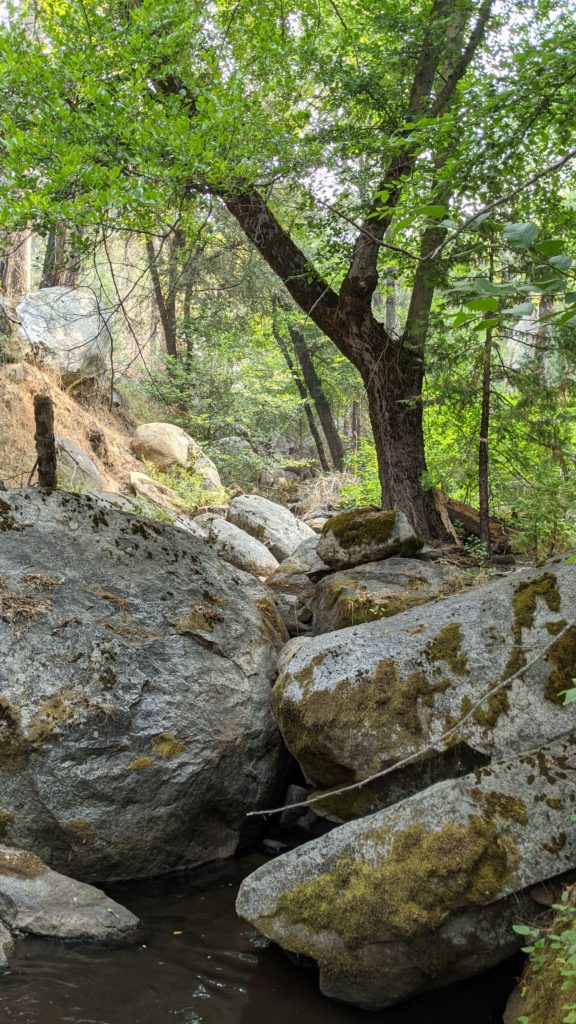
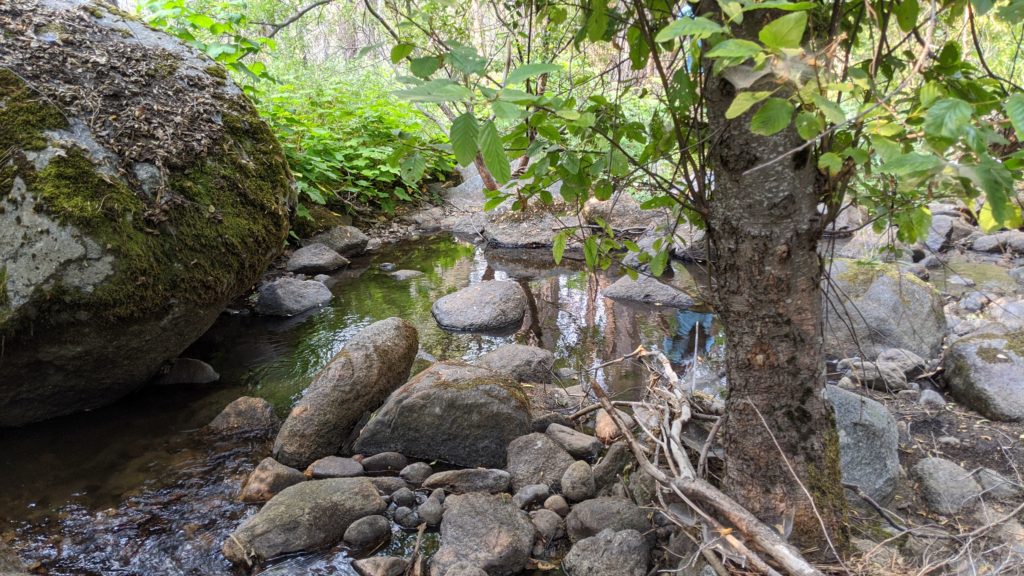
Eleven Mile Creek 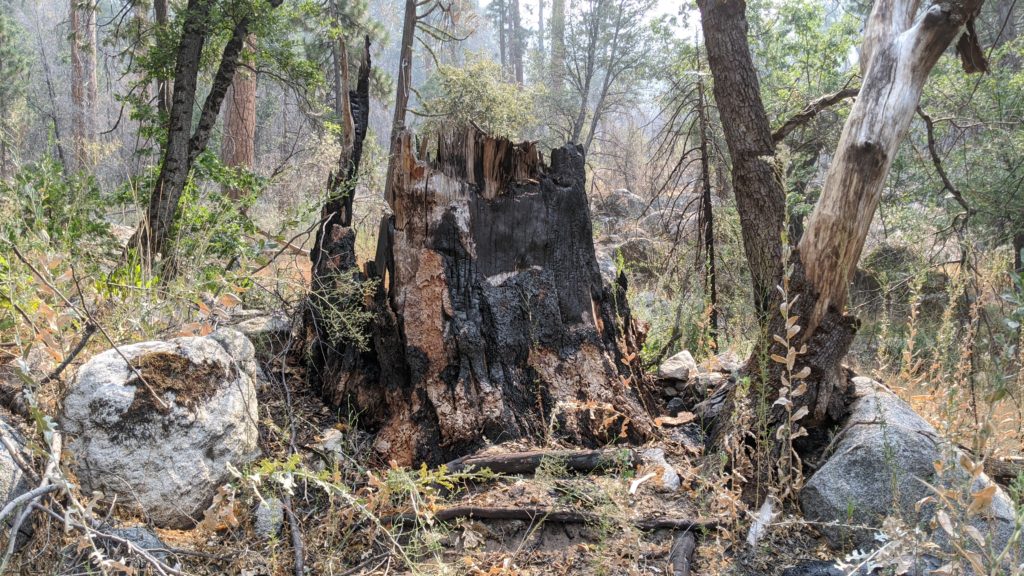

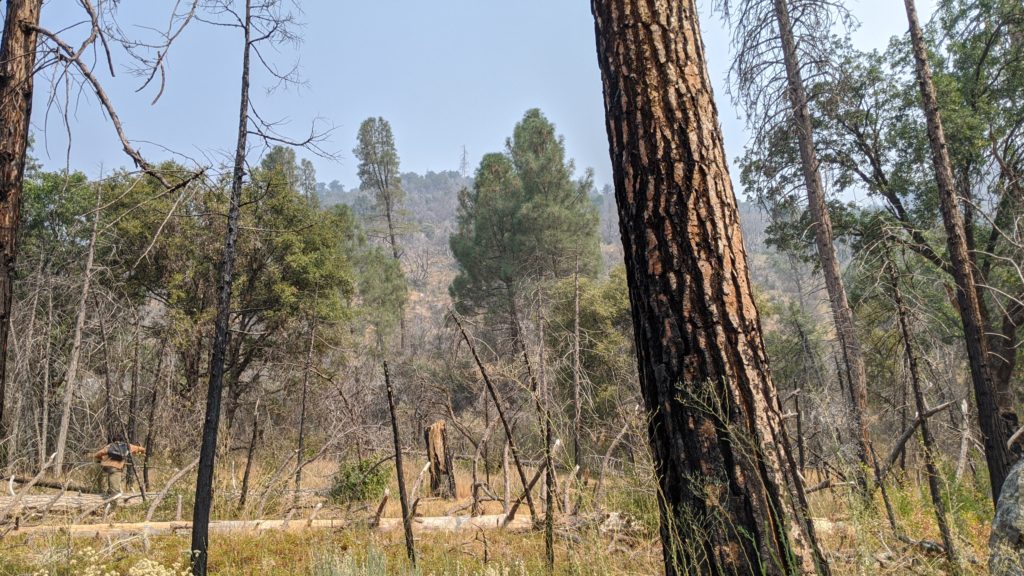
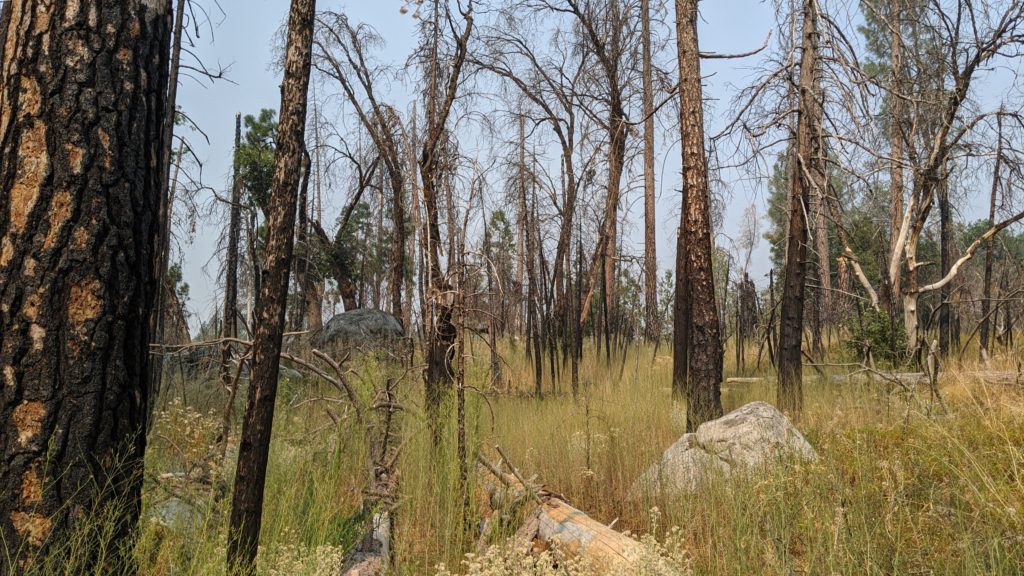
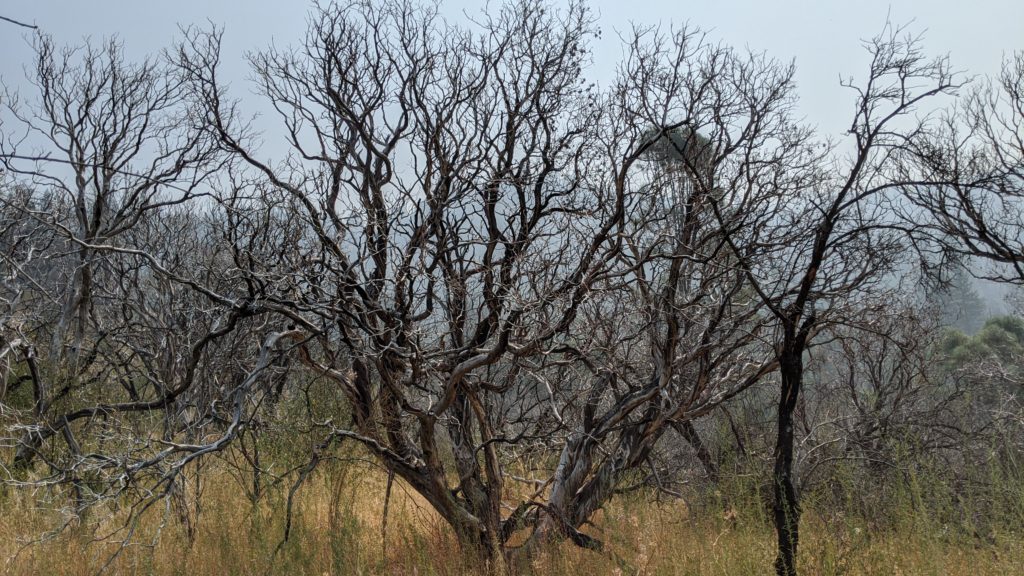
Charred Manzanita 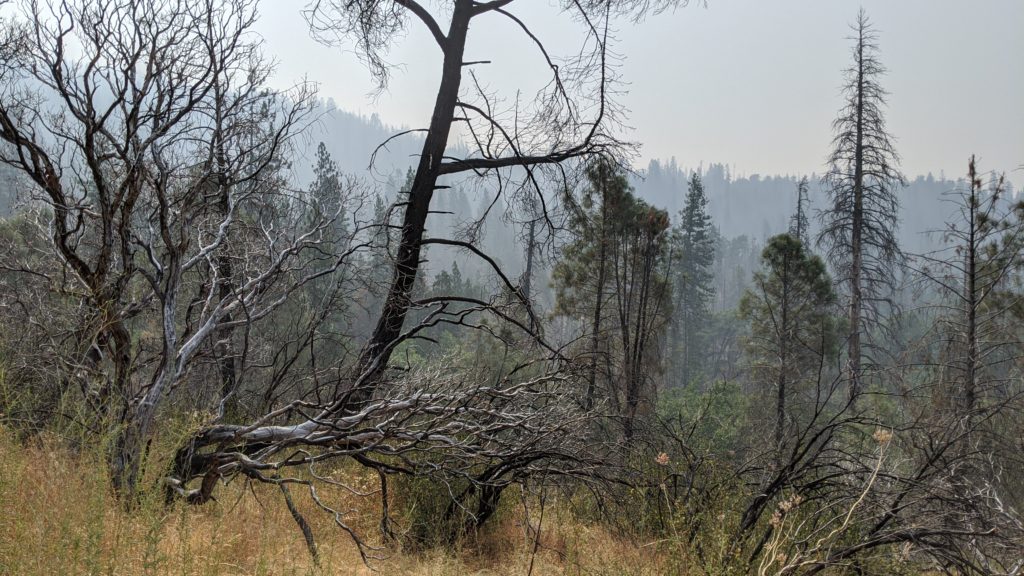
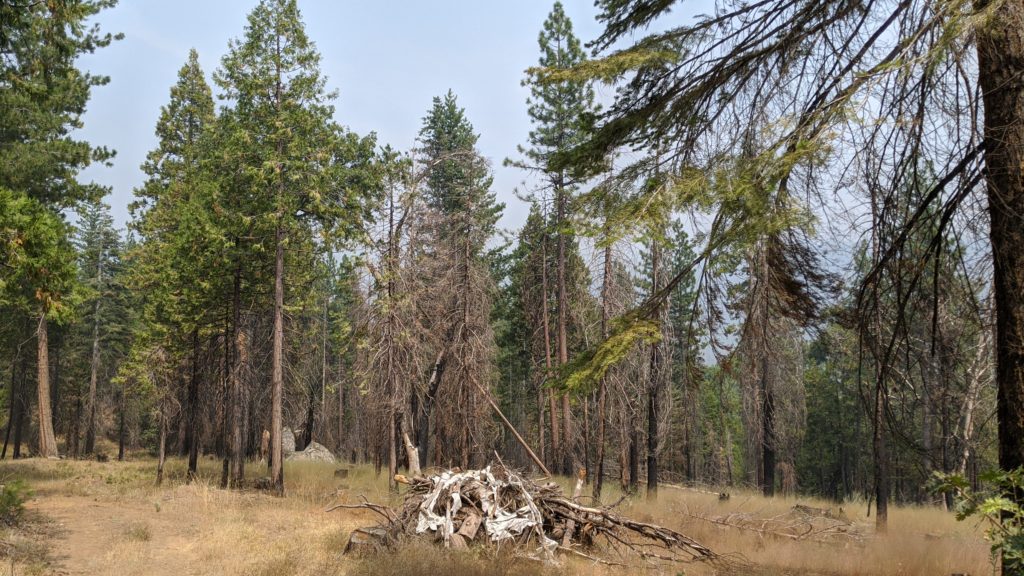
Fire control clearing and burn pile 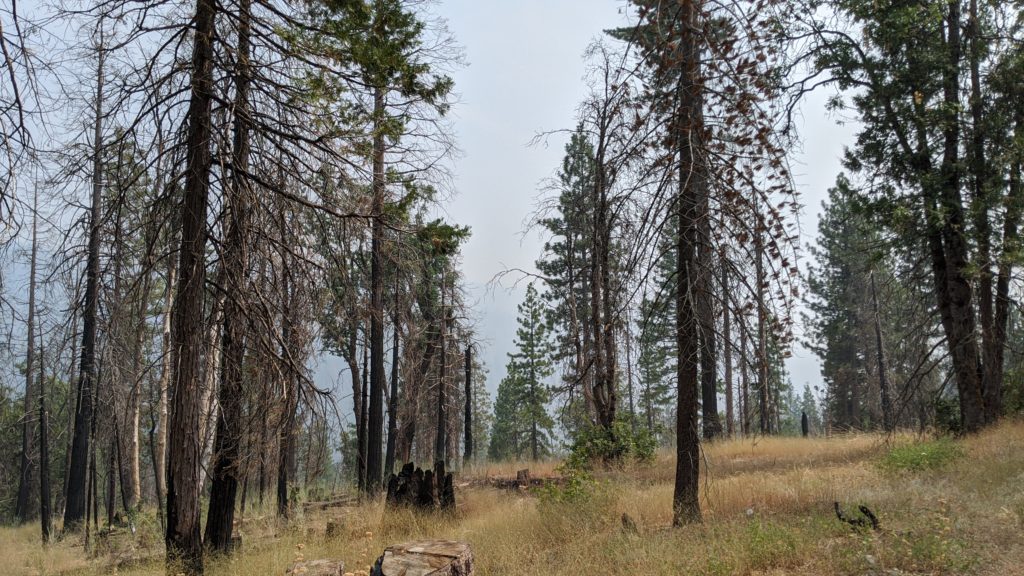
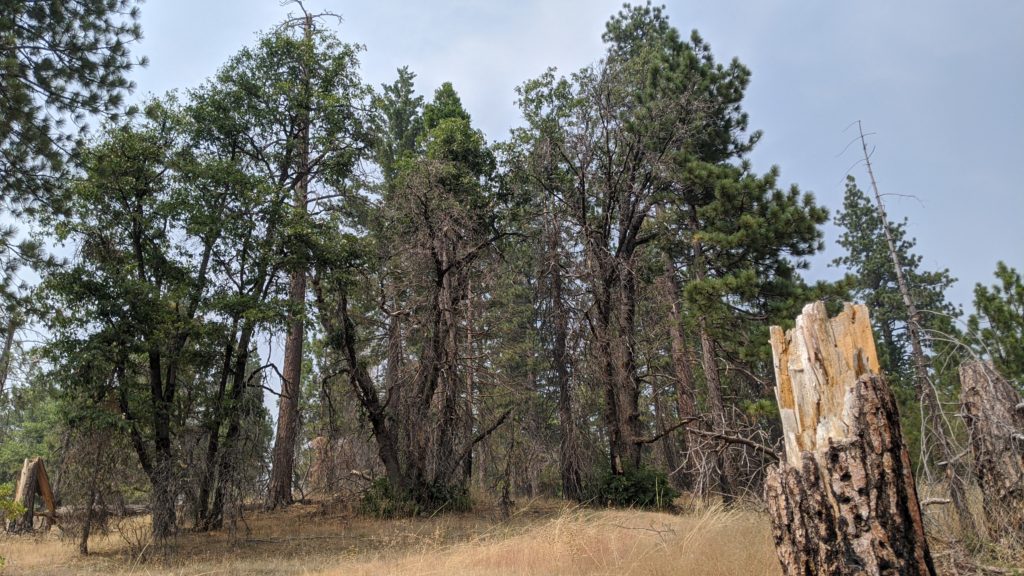
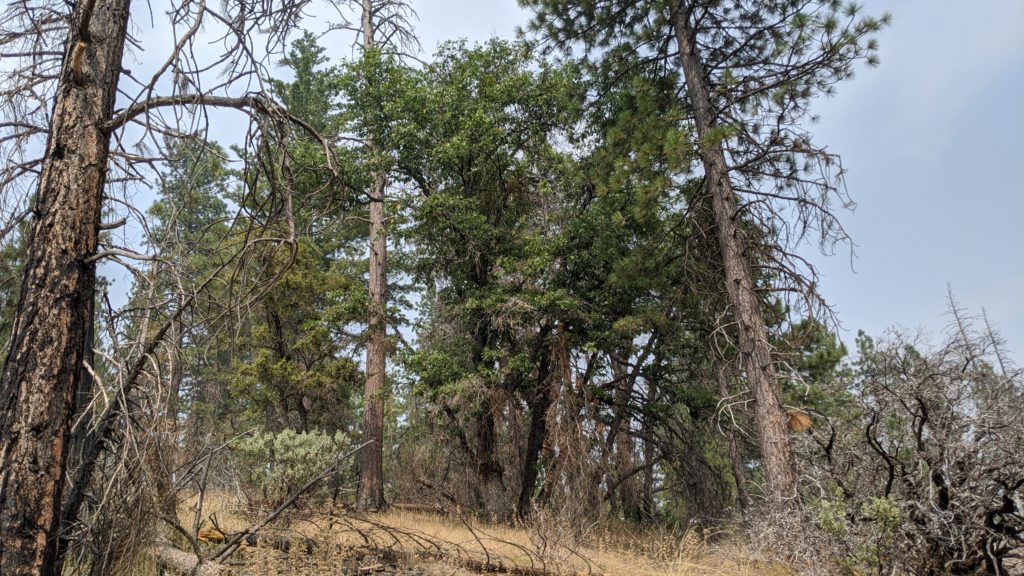

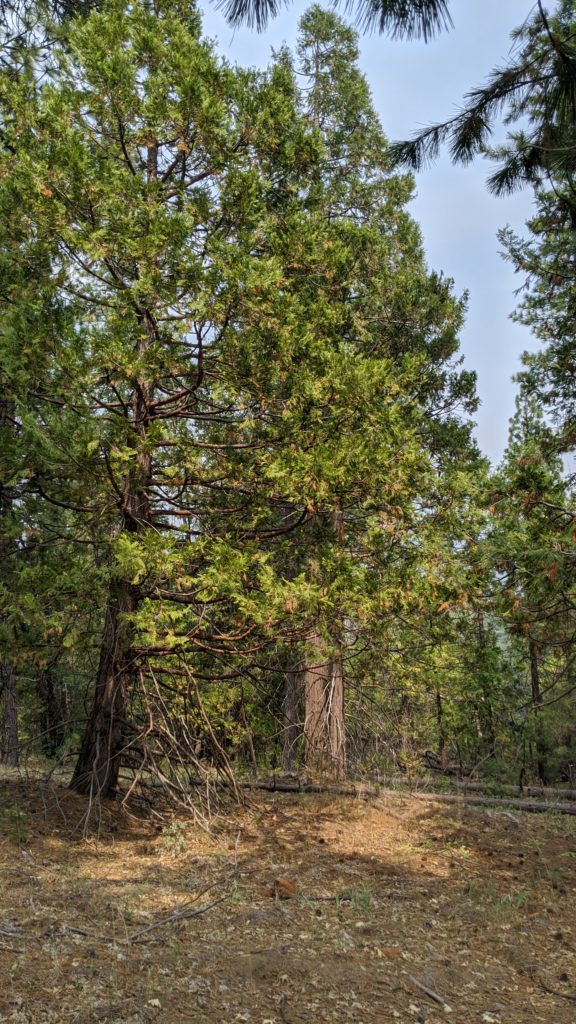
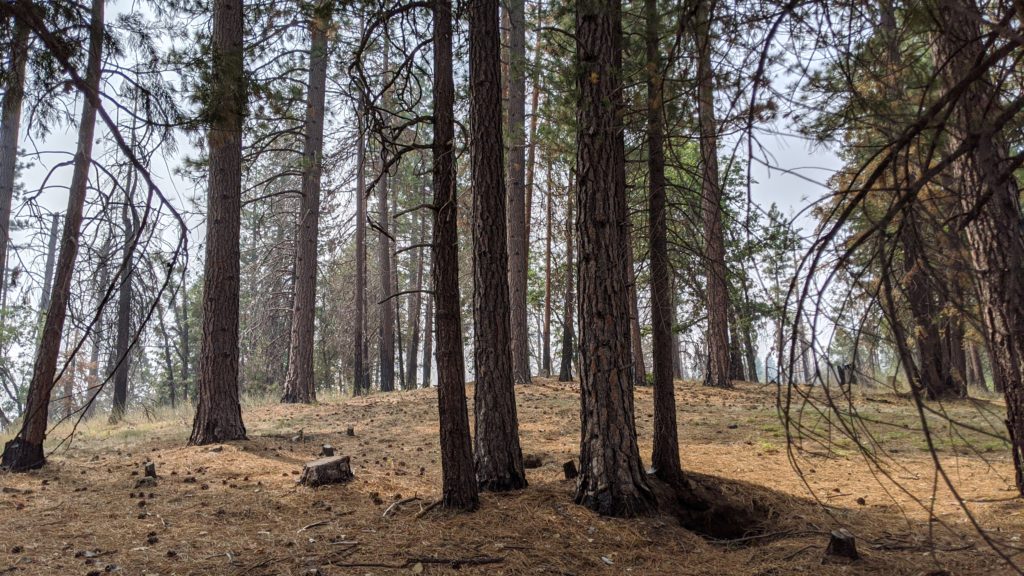
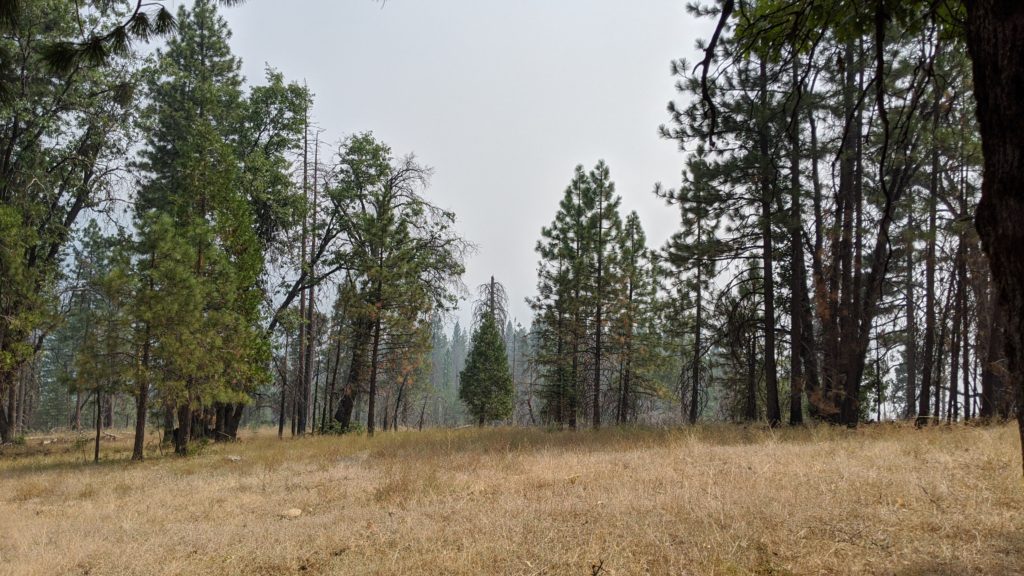
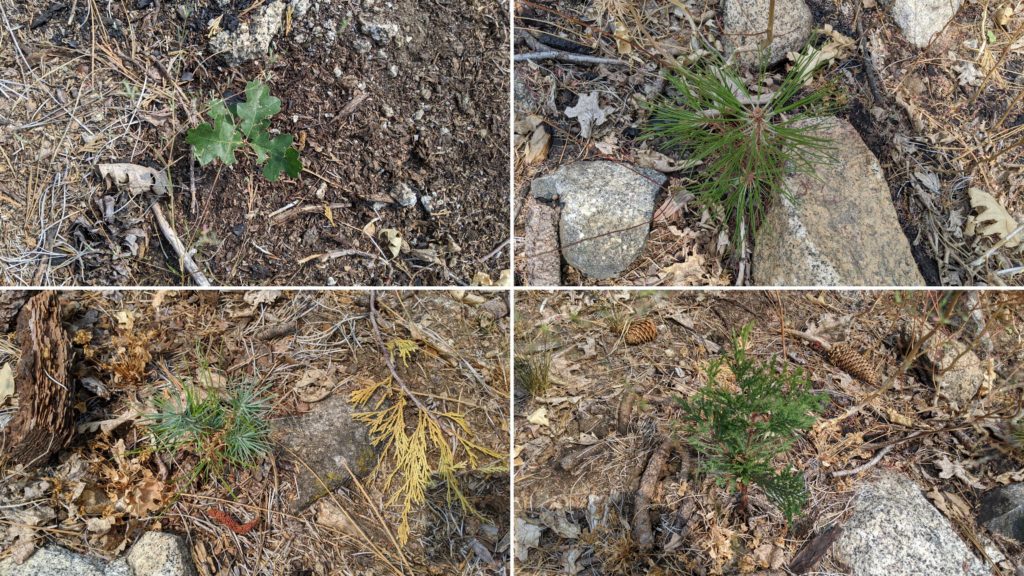
Four species of infant tree seedlings post-fire in close proximity 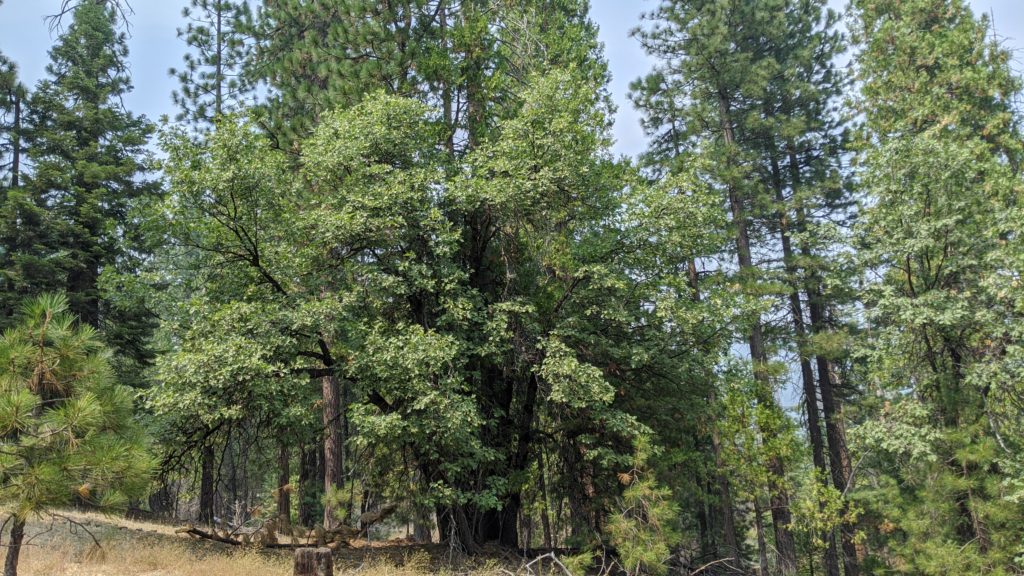
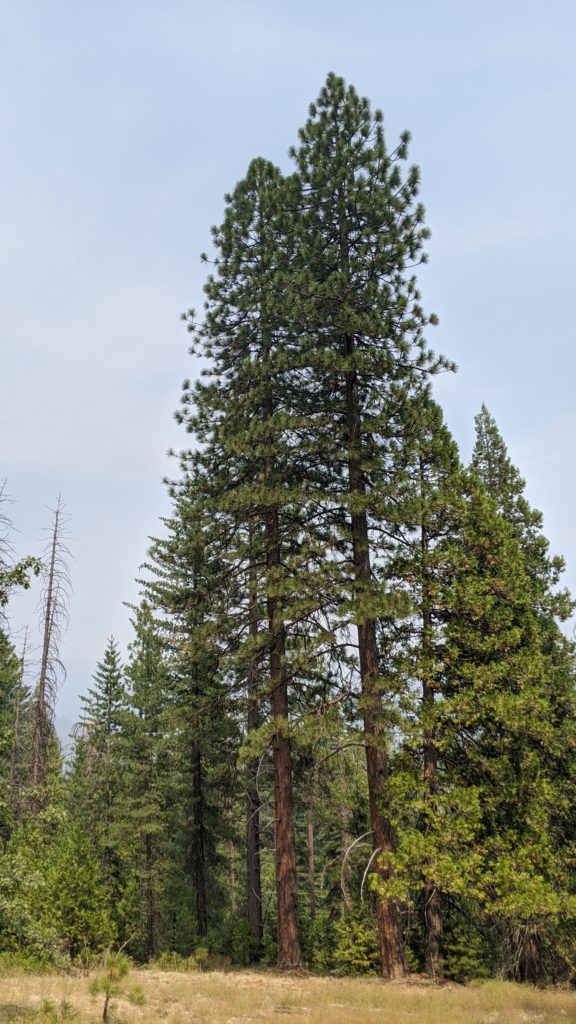
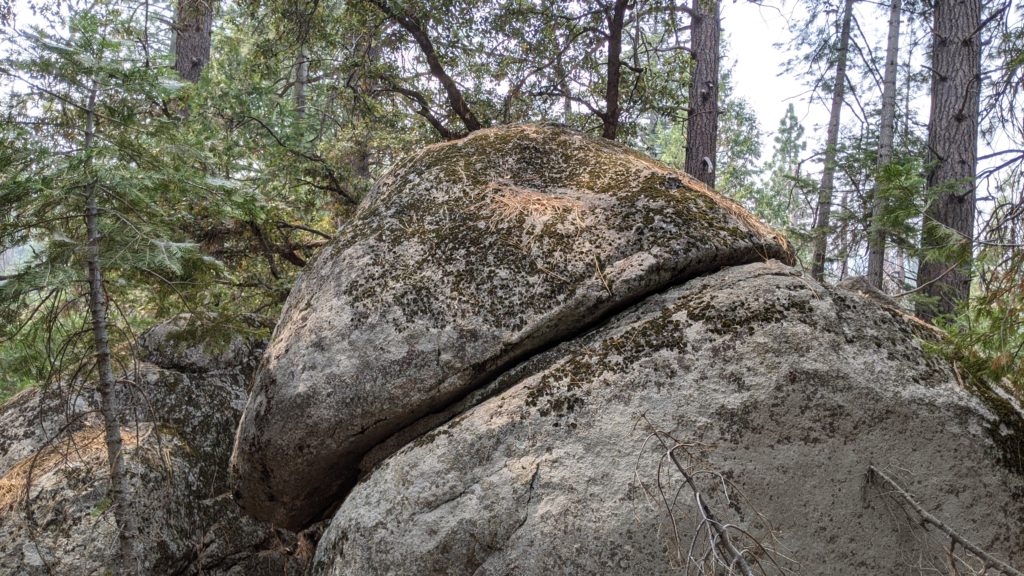
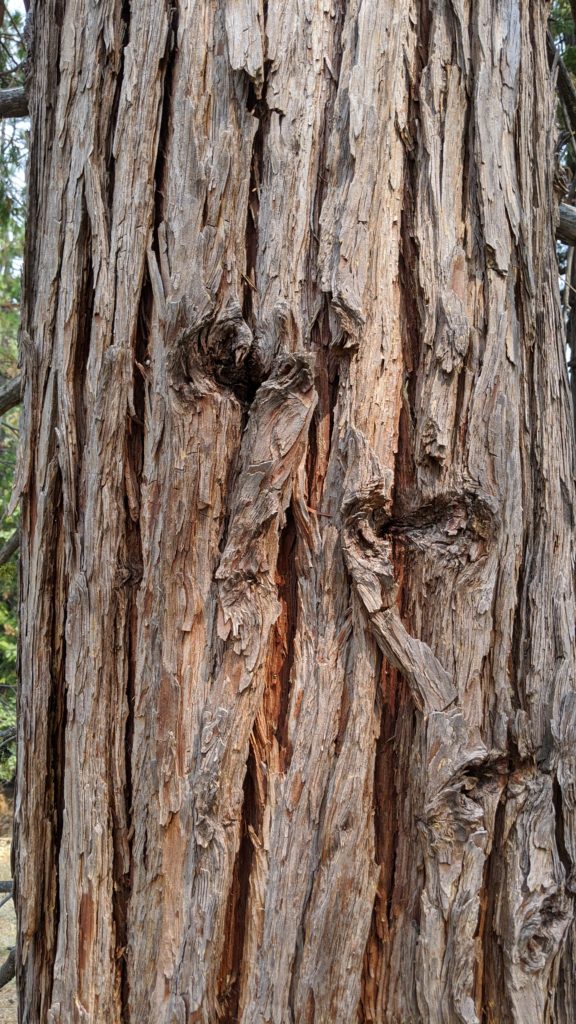
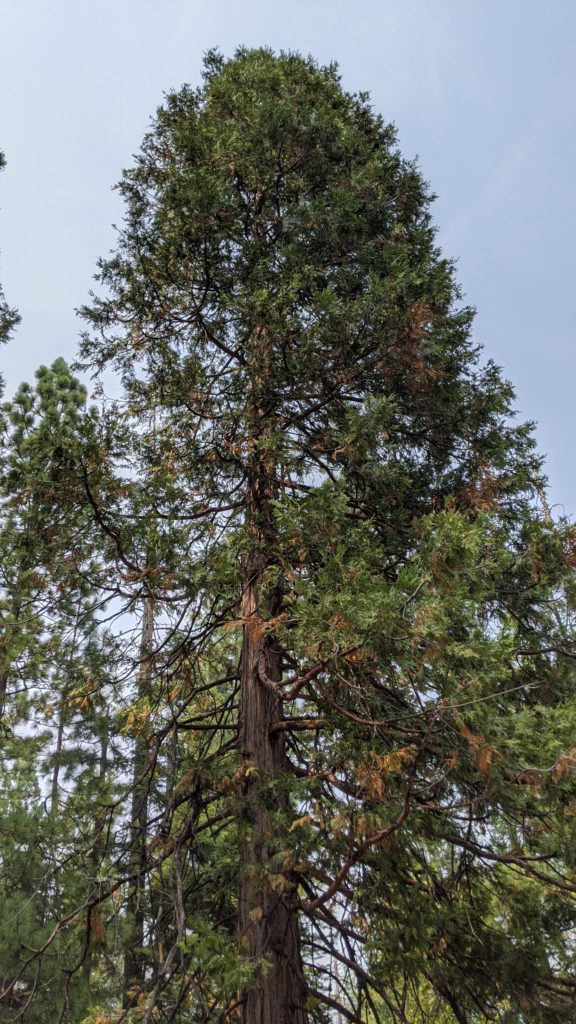
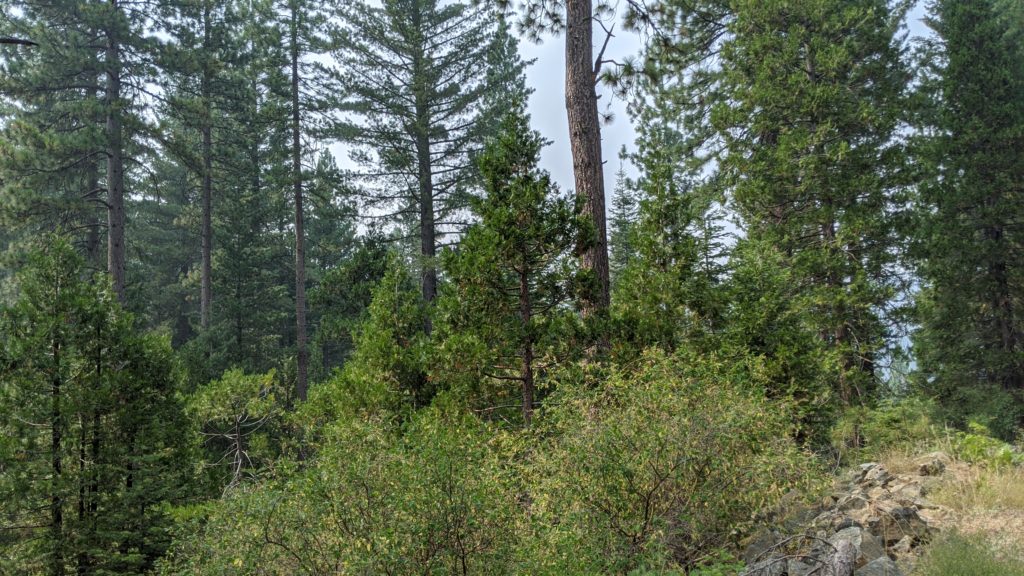
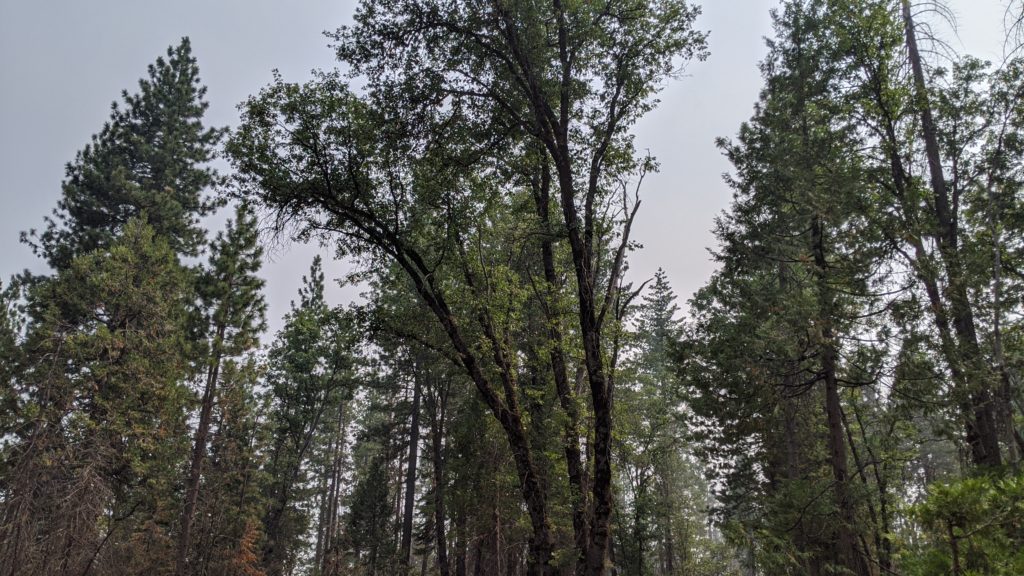
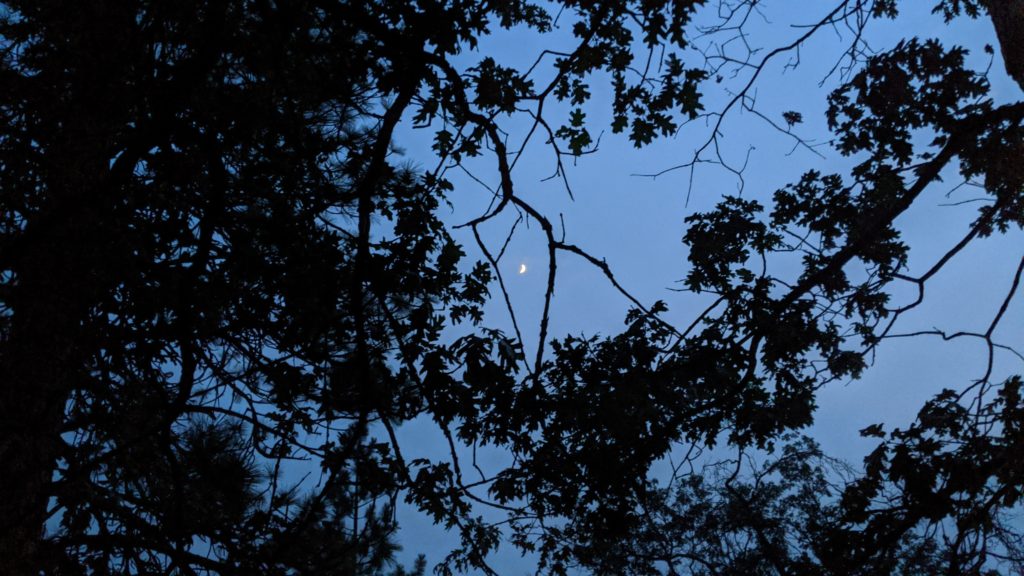
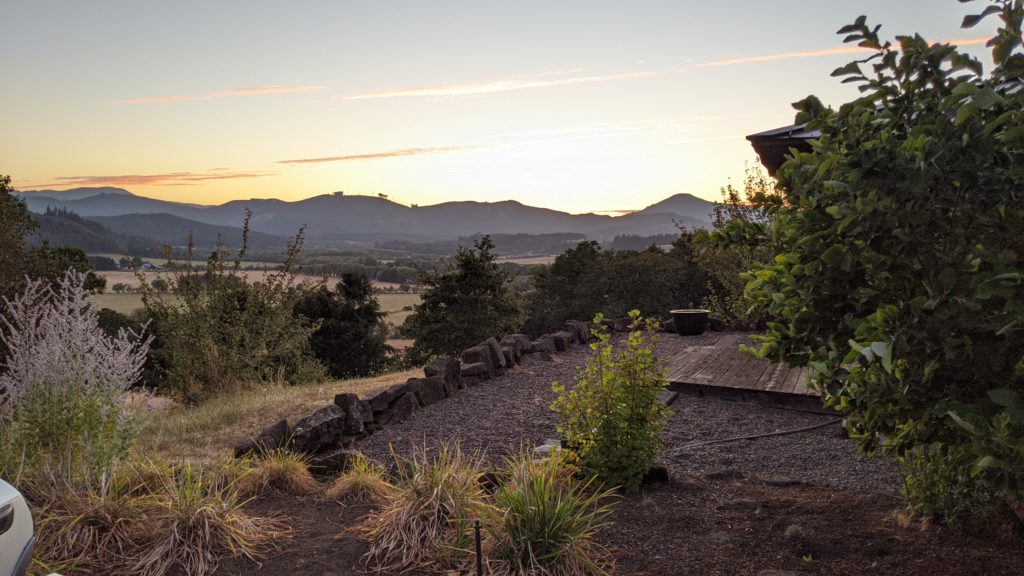
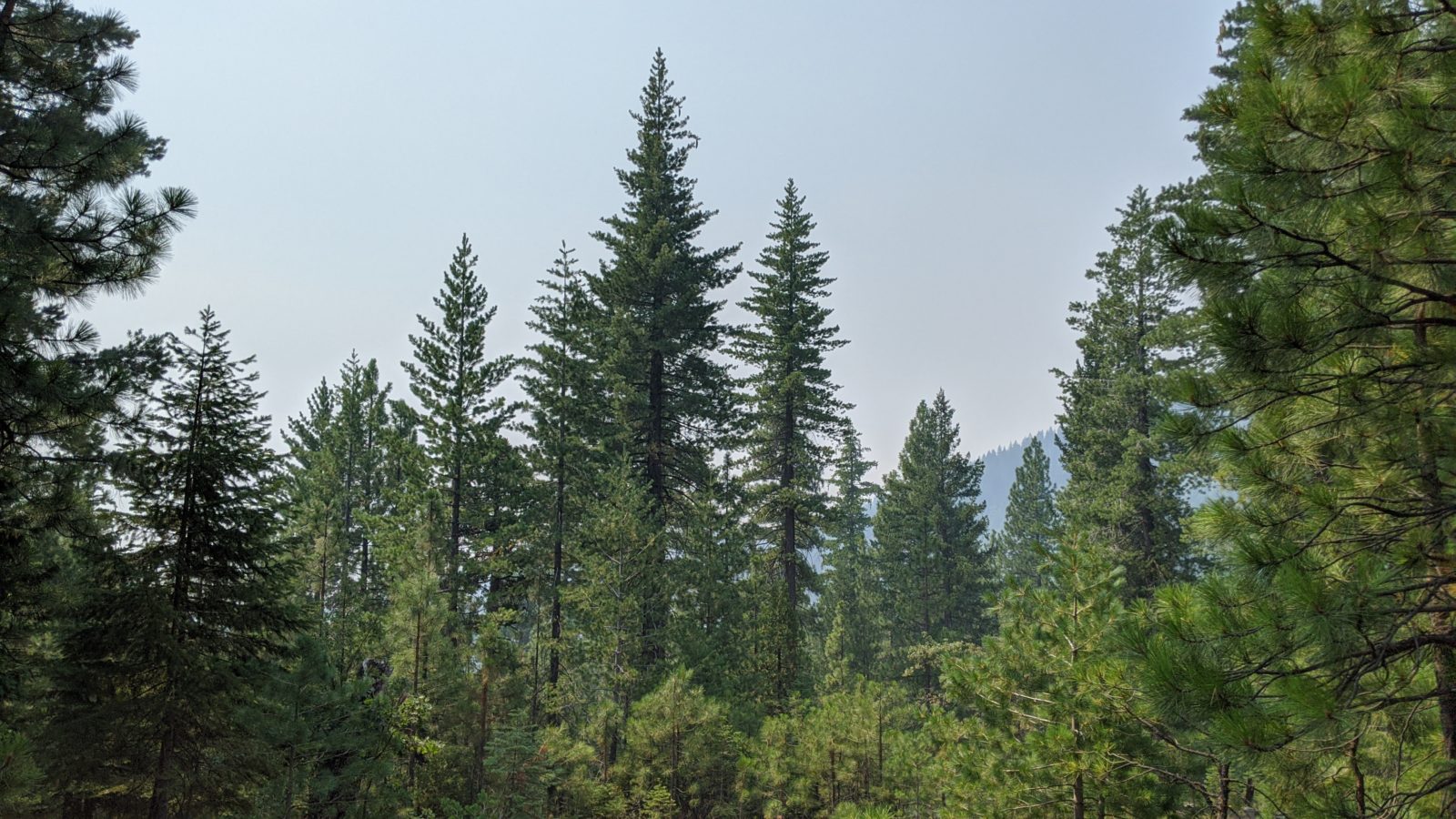

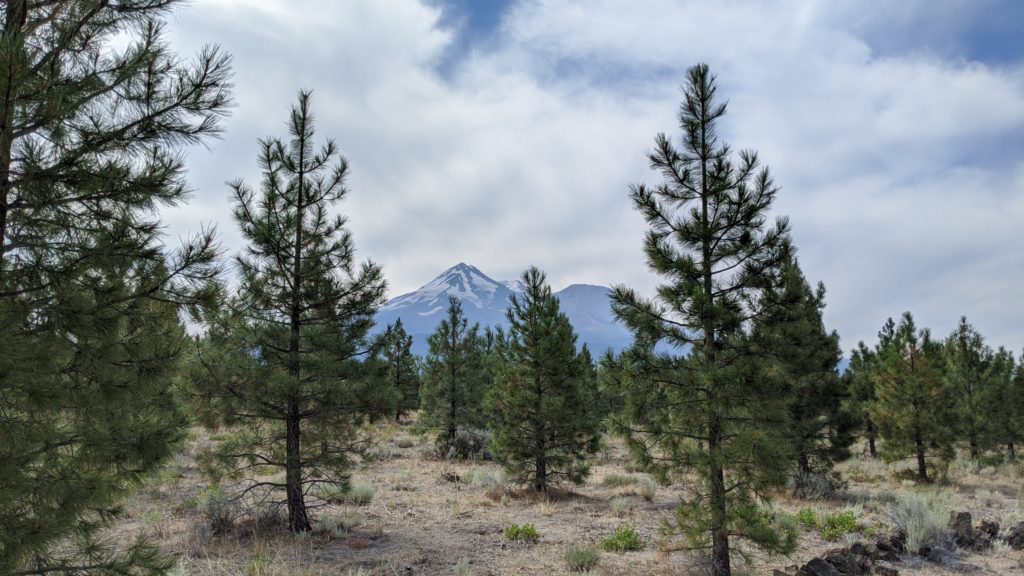
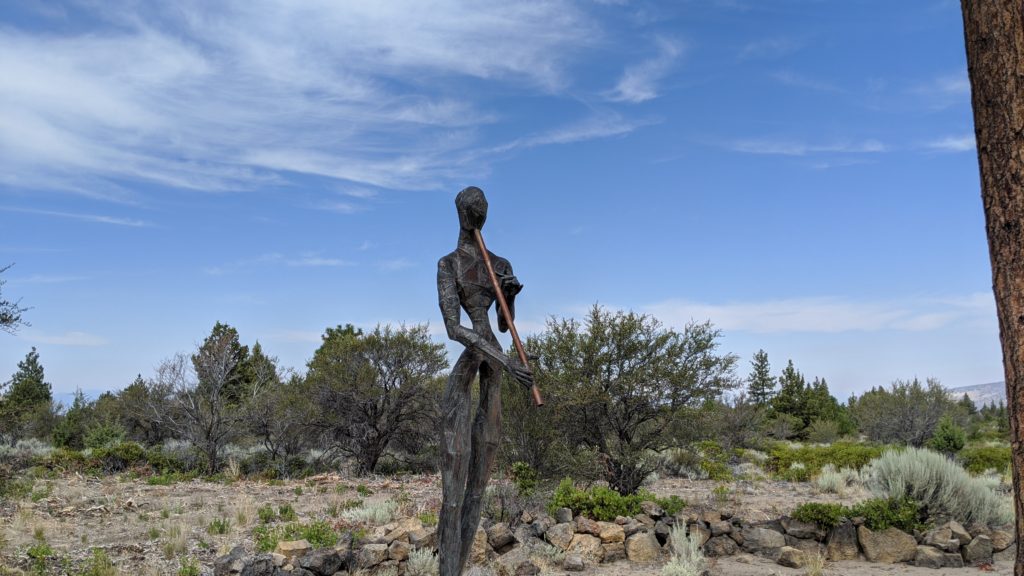

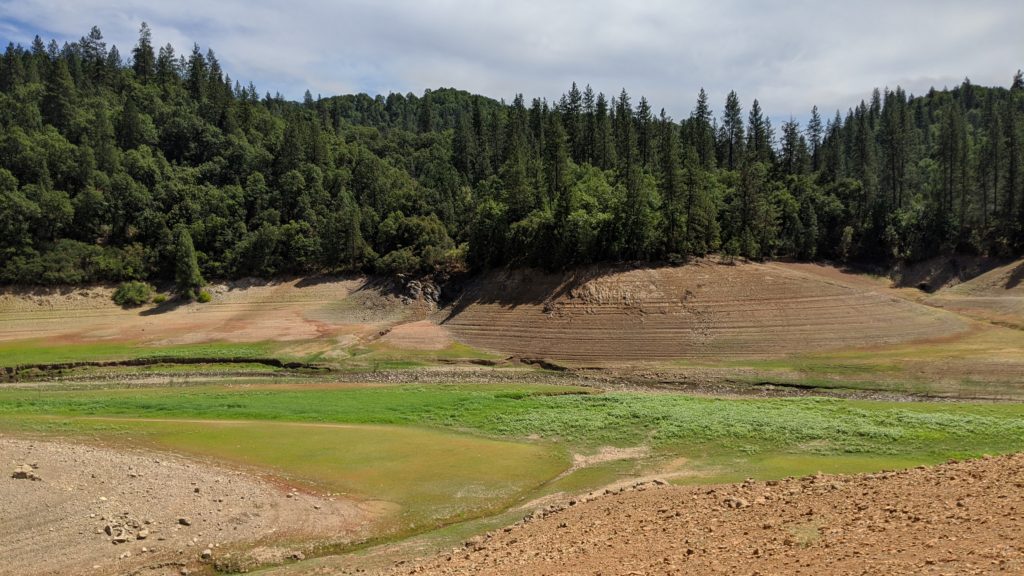
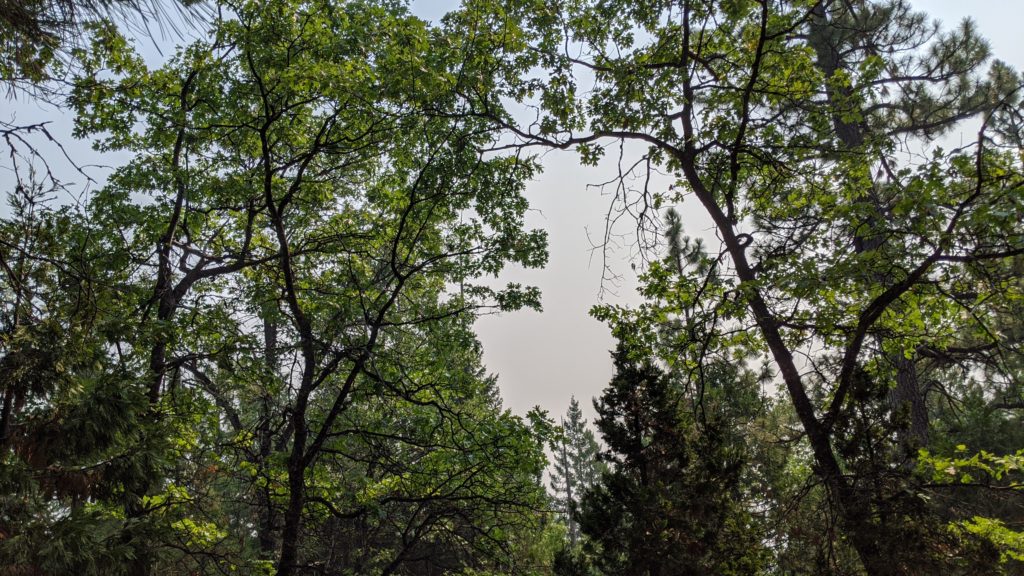
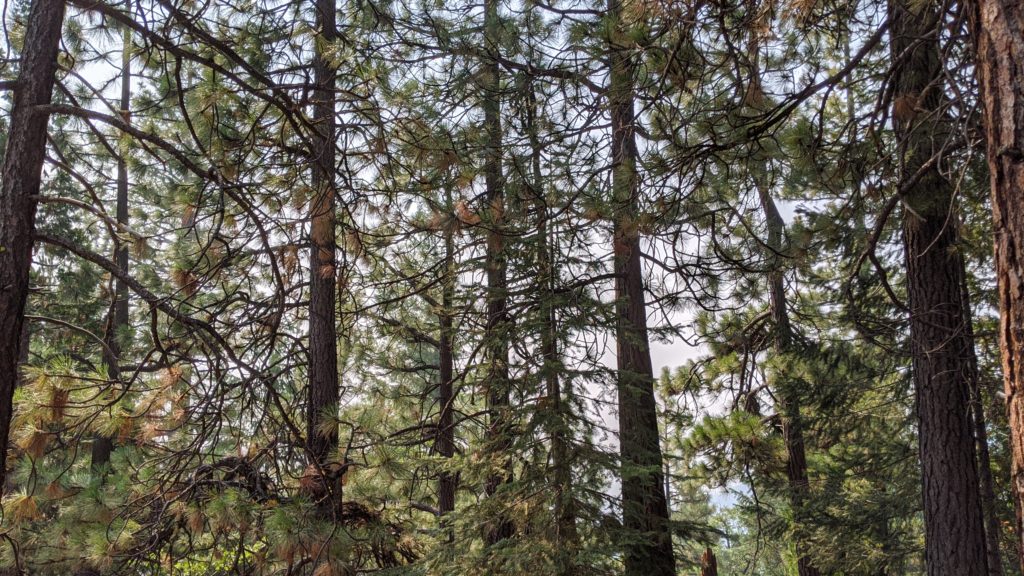

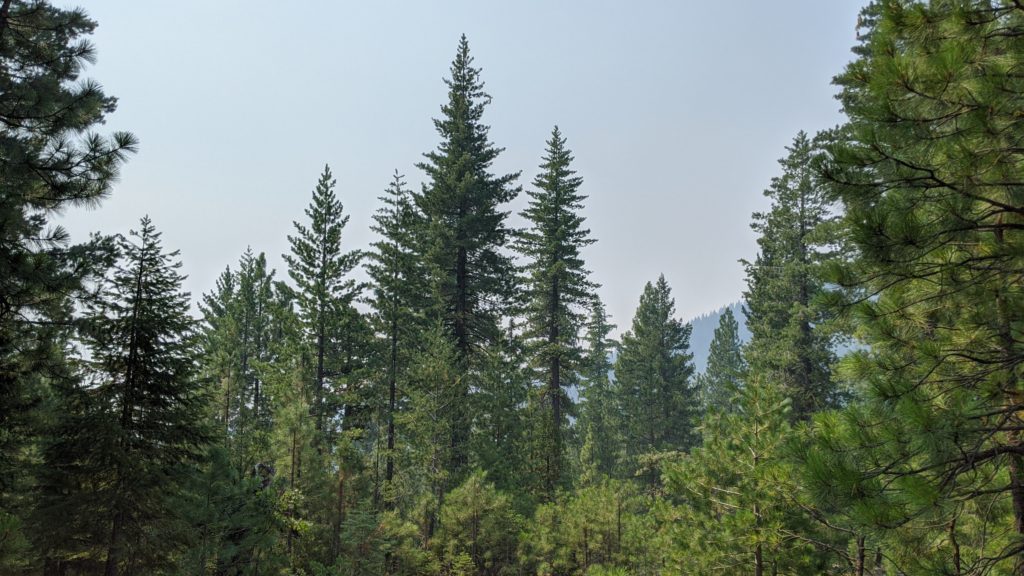
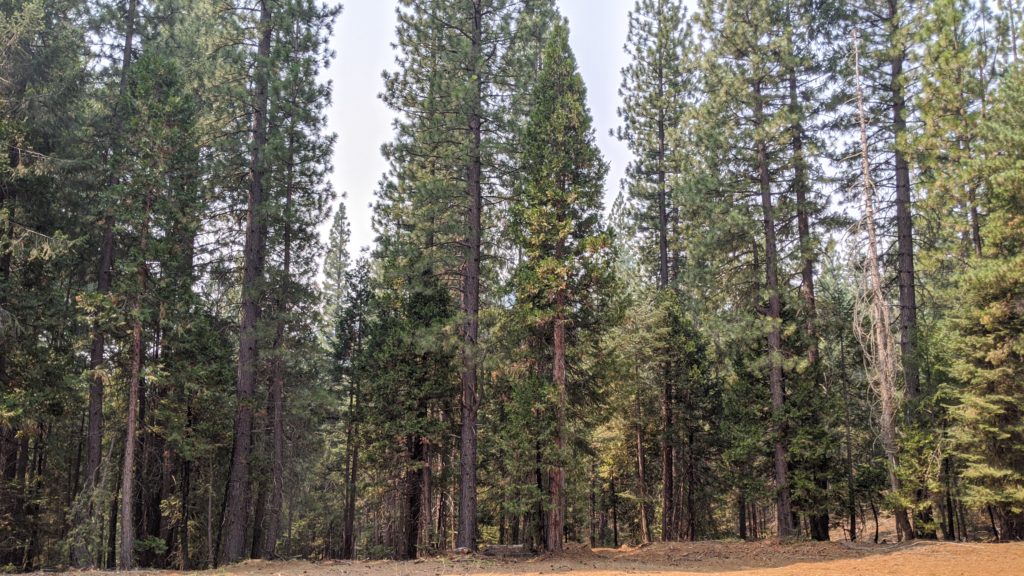
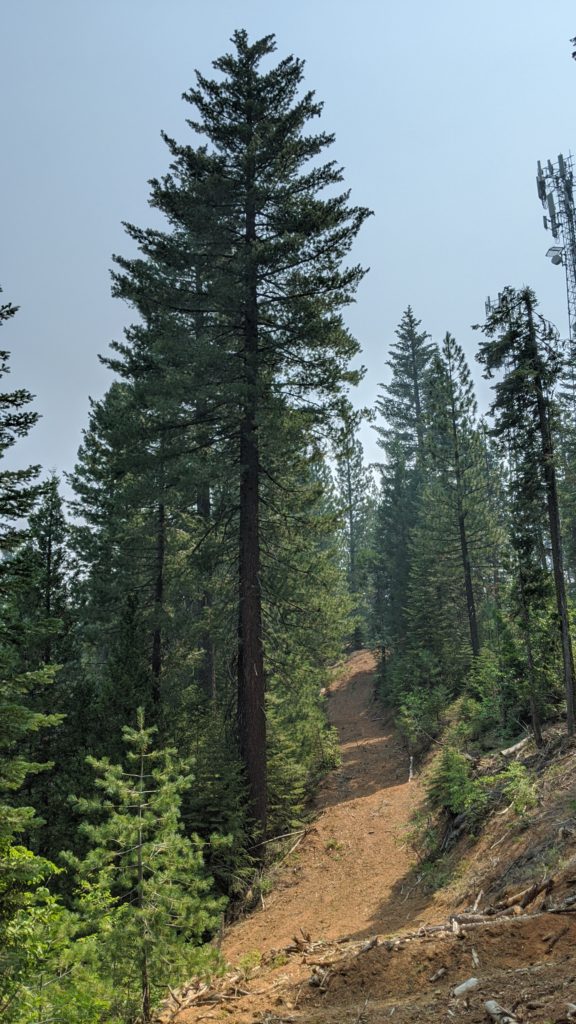
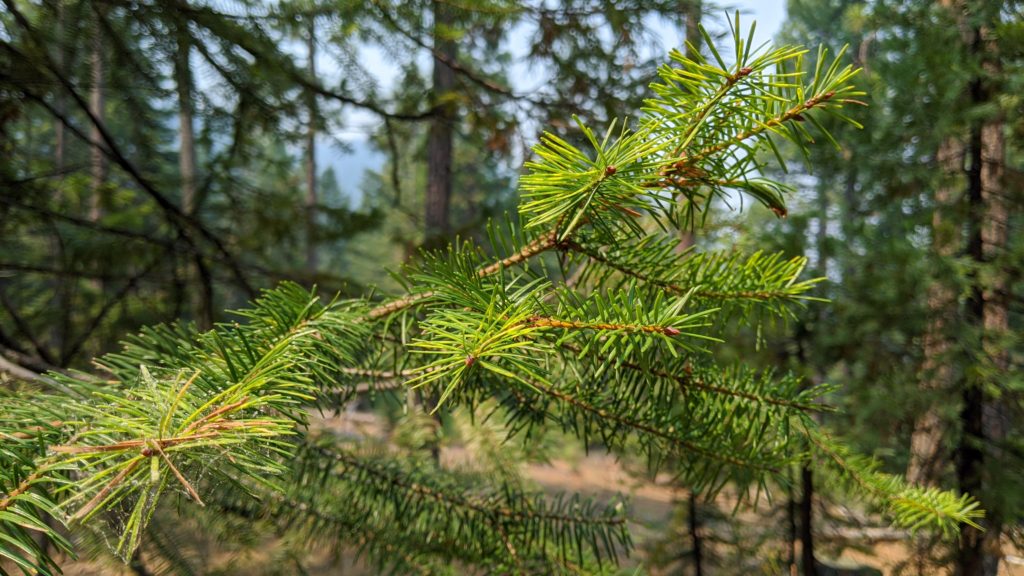
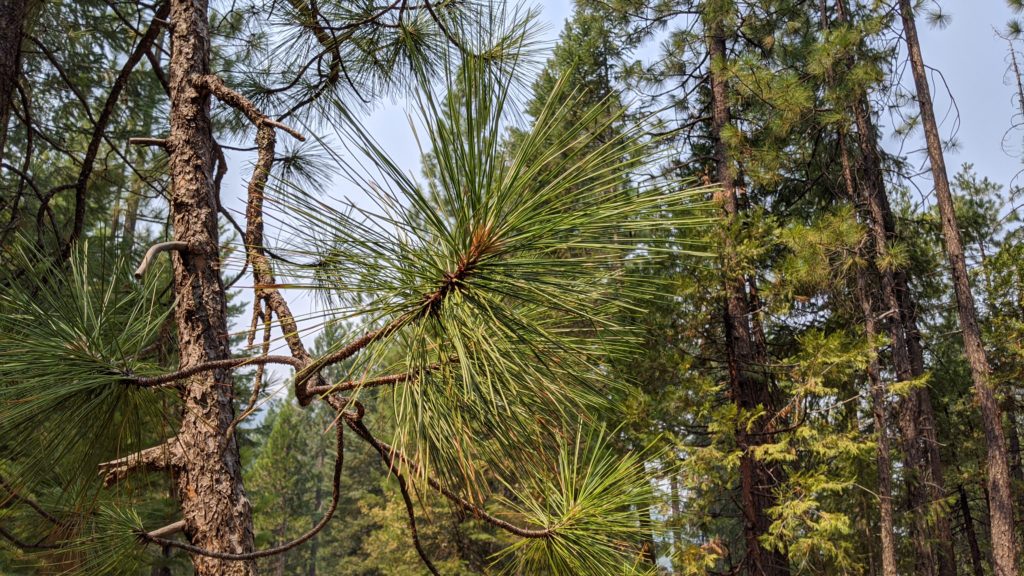
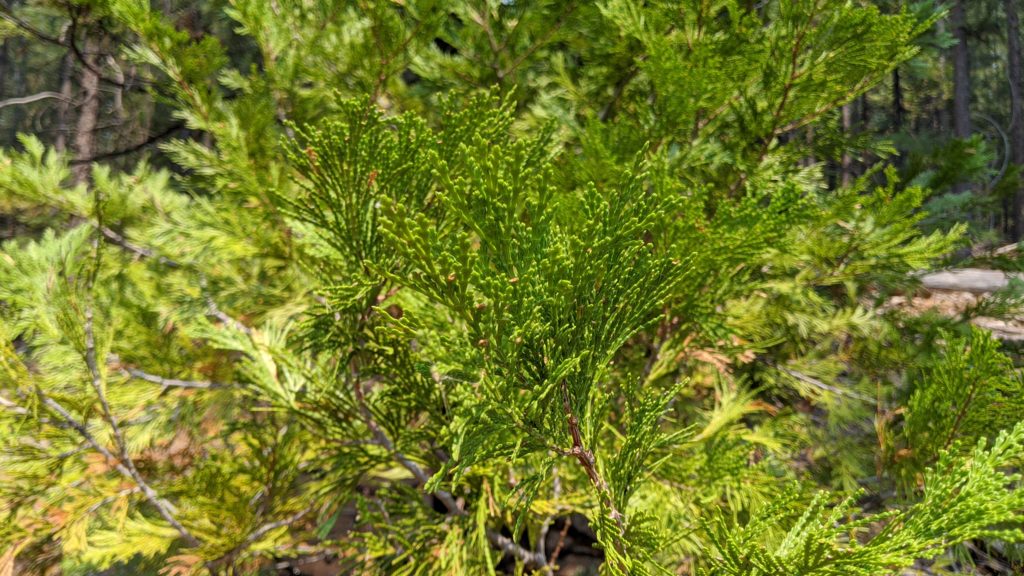
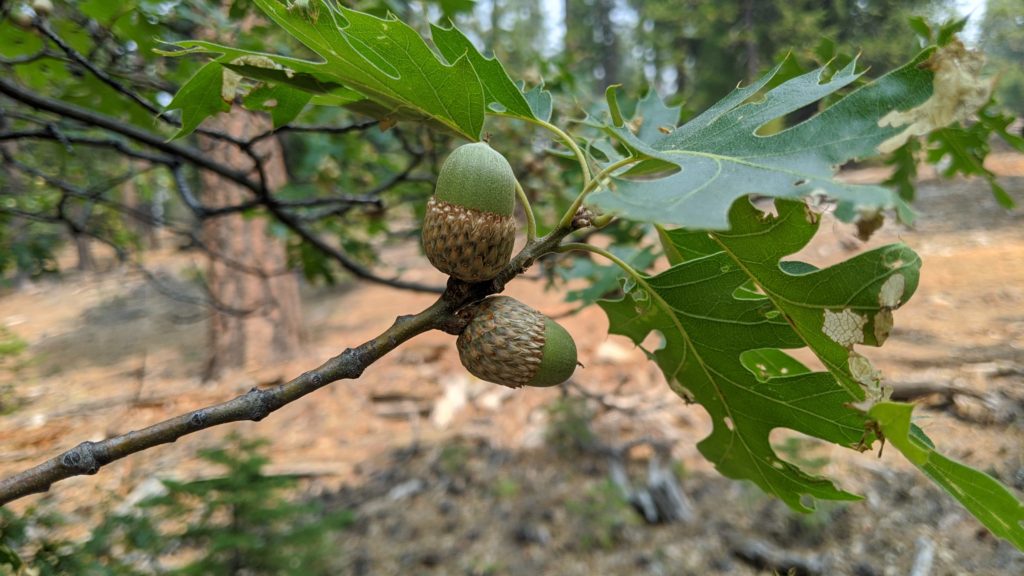

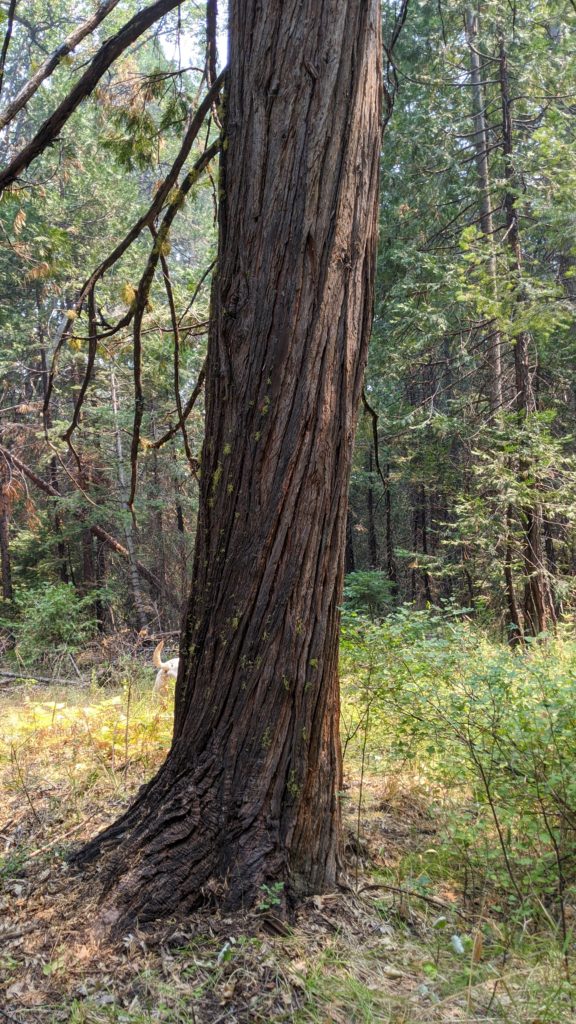
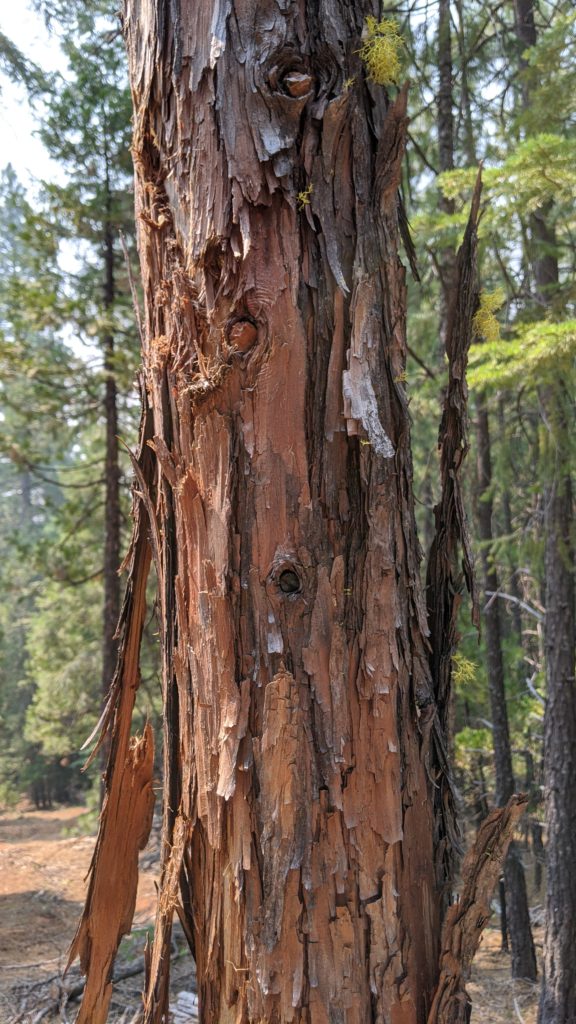
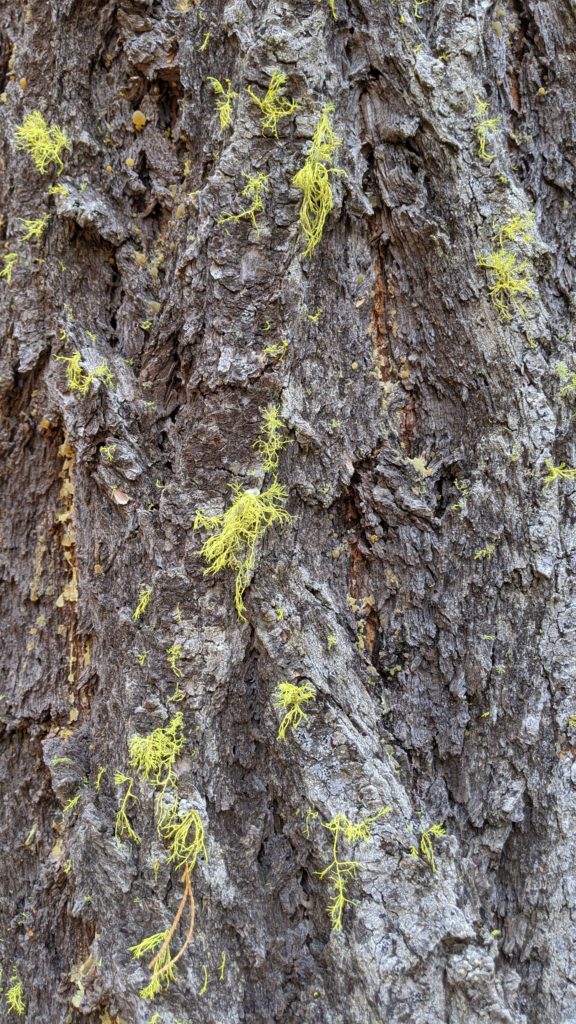
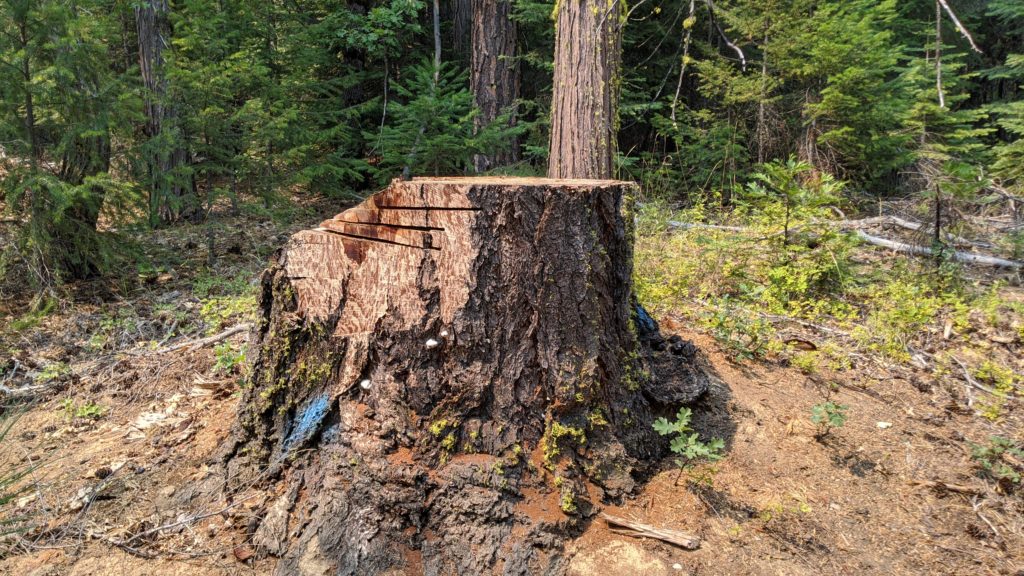
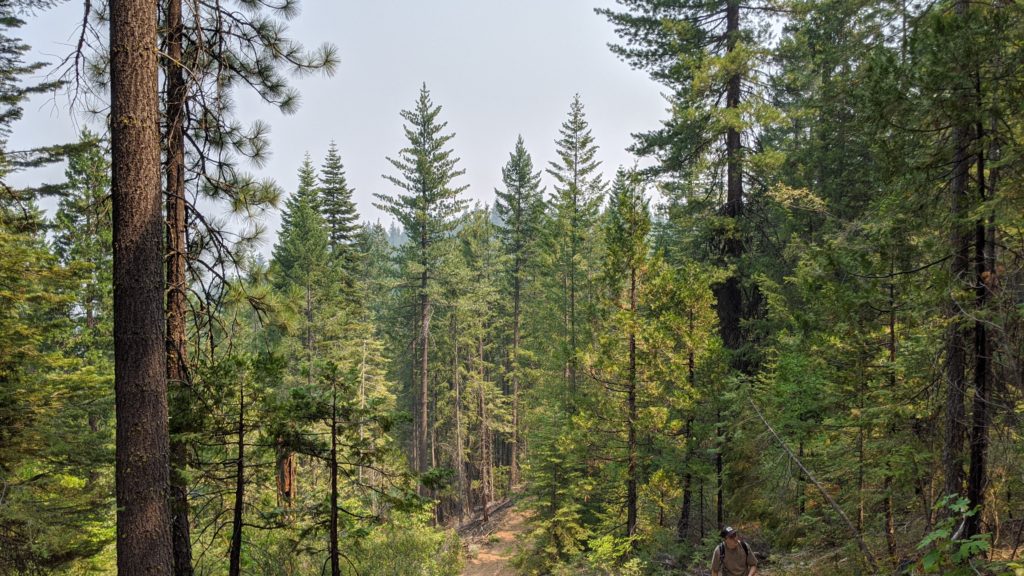
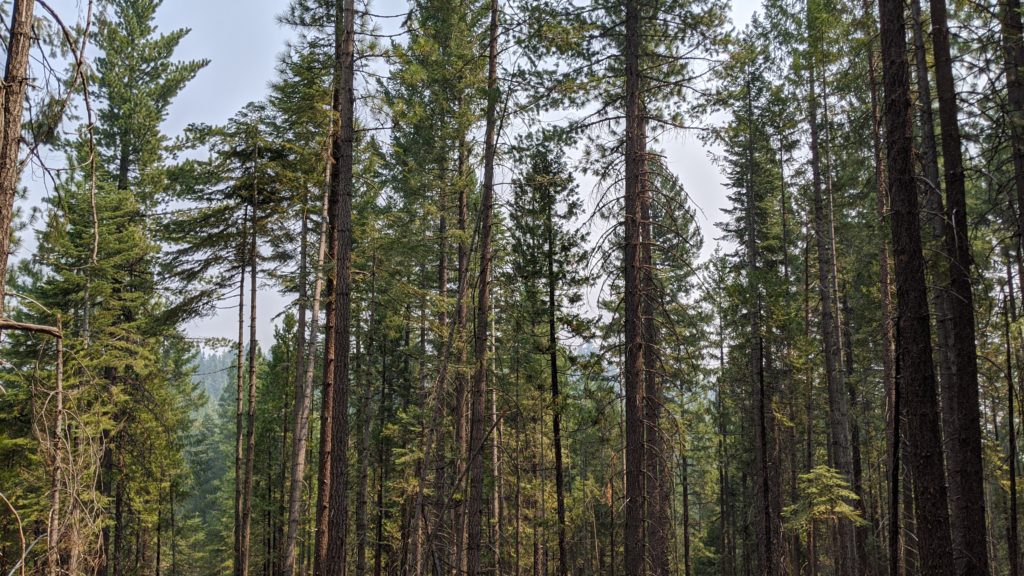
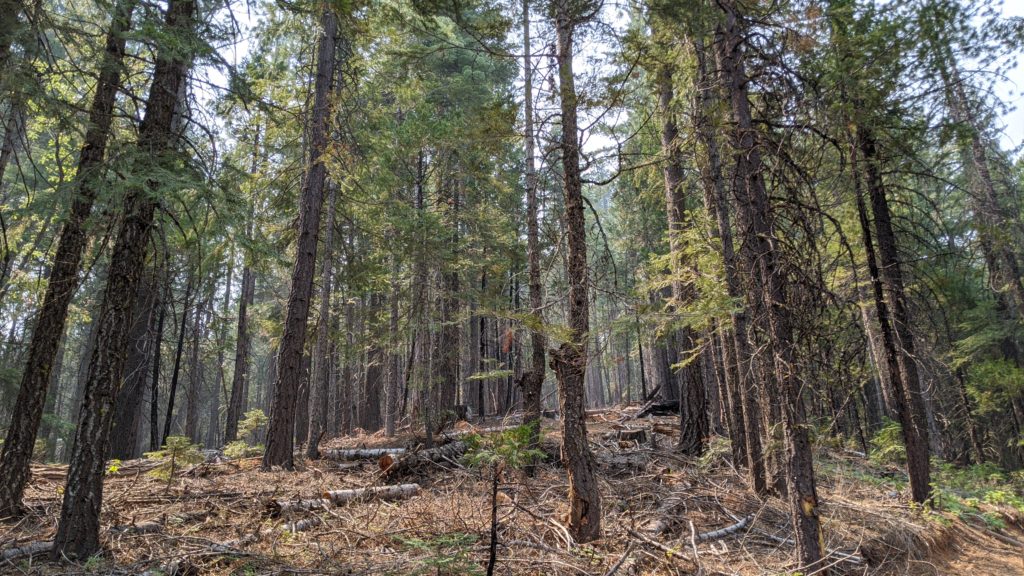
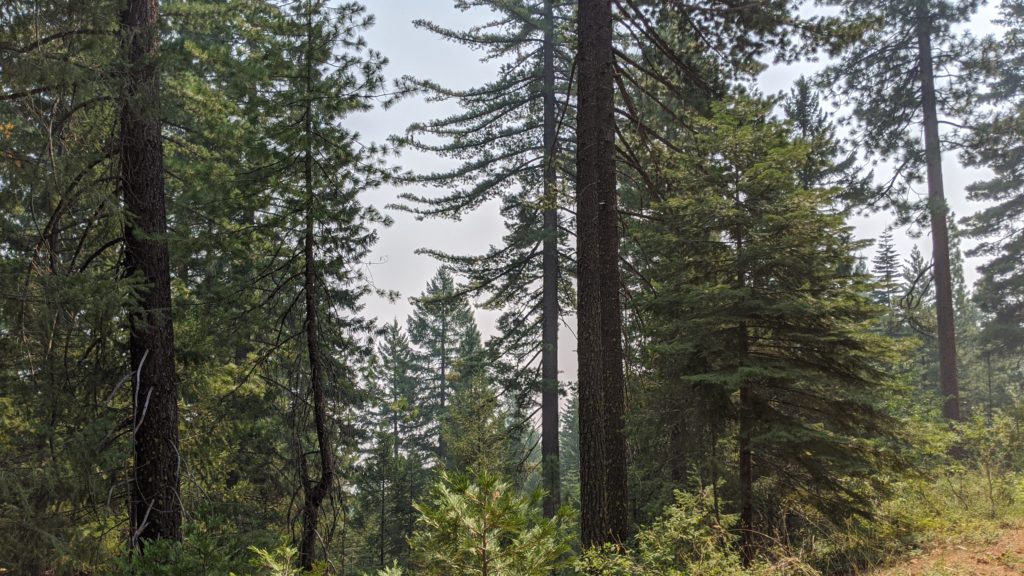
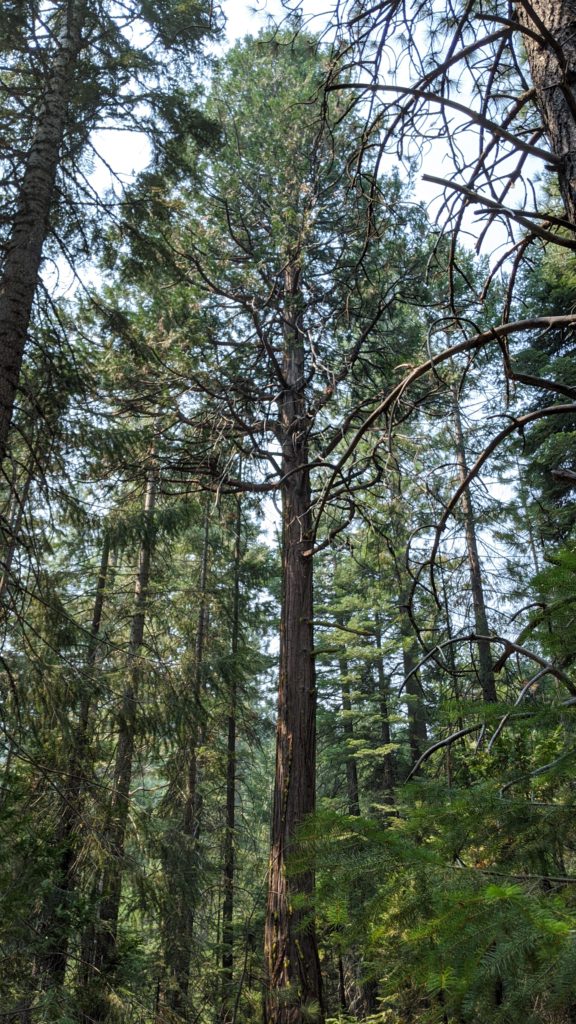
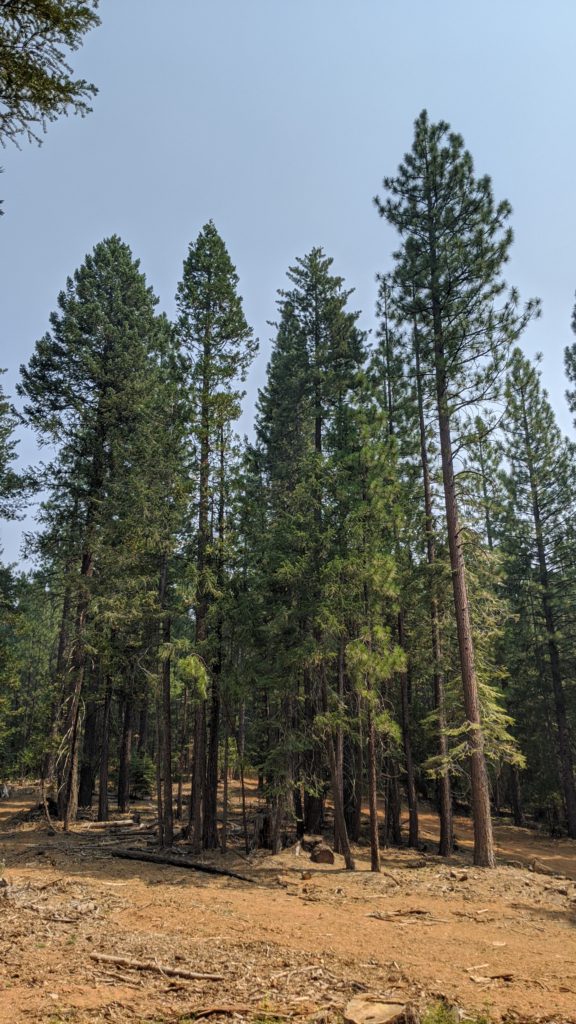


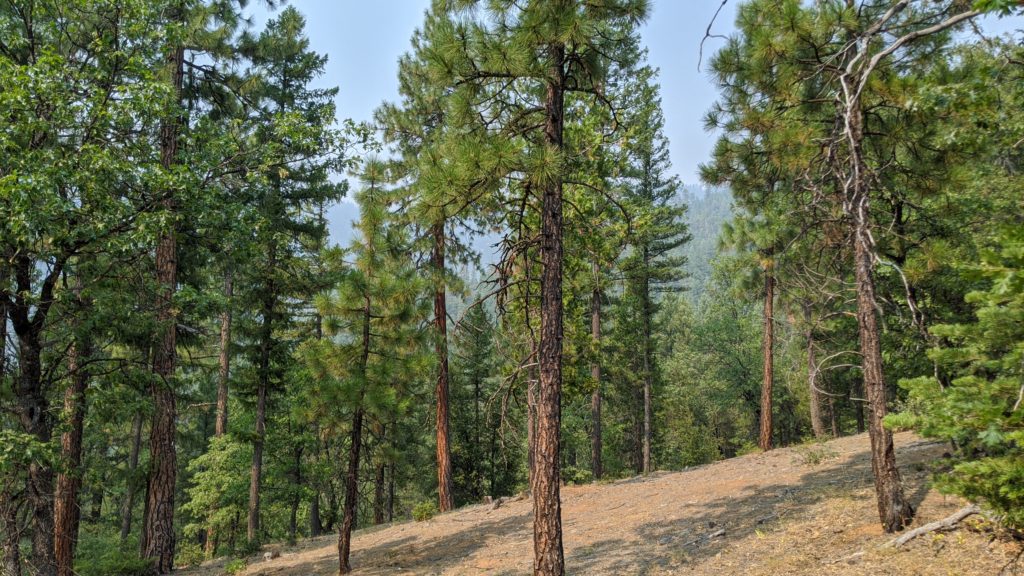
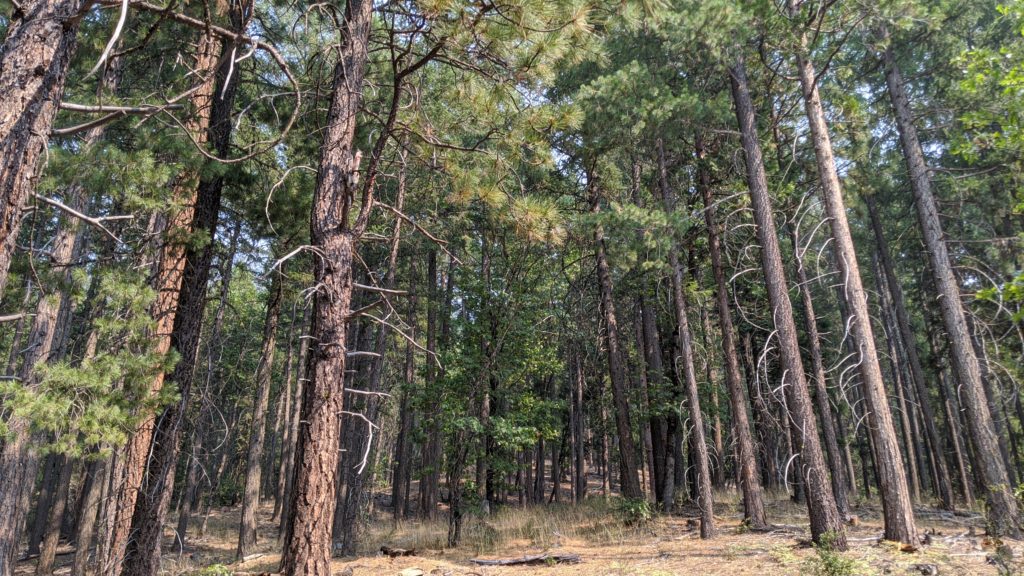
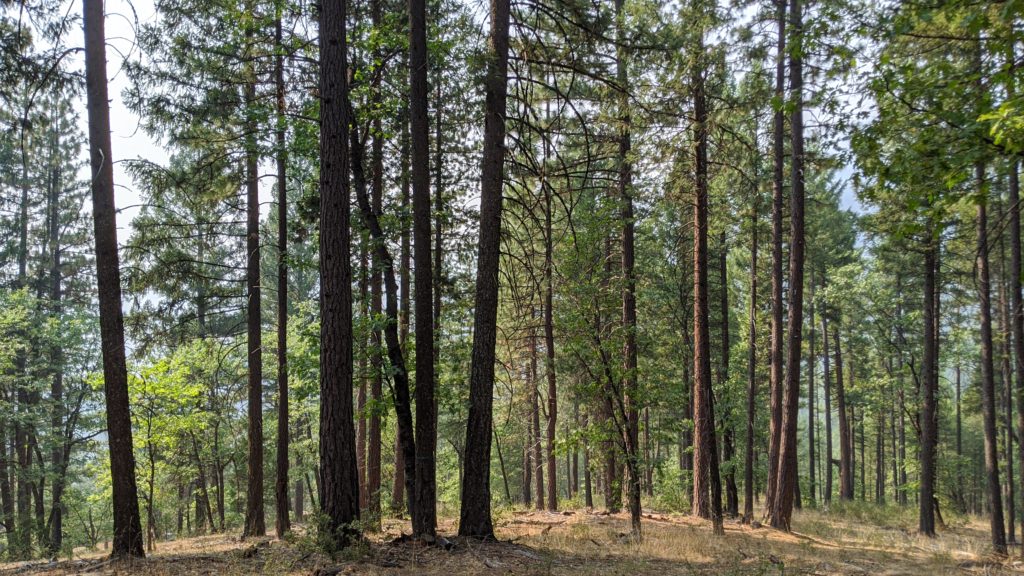

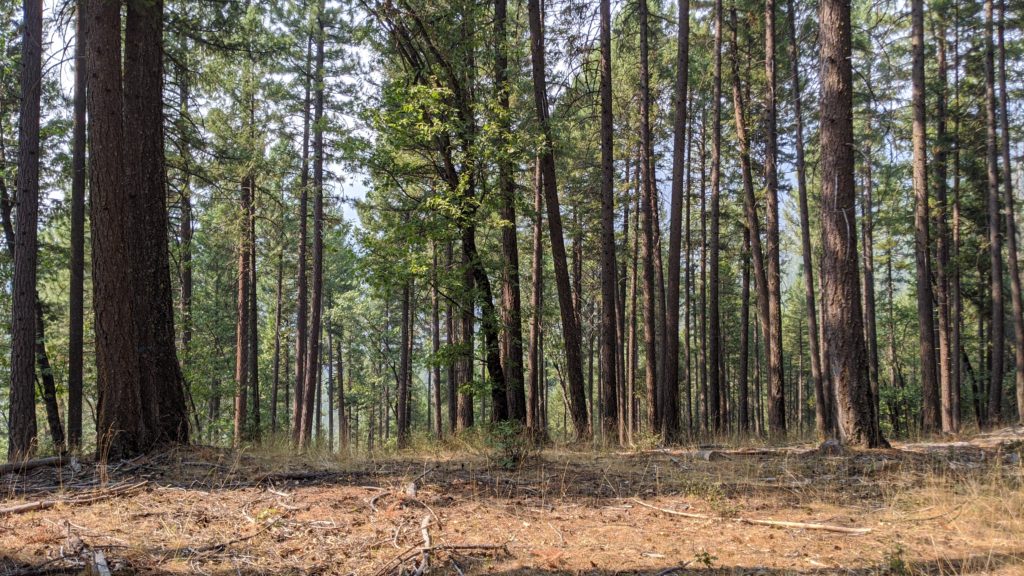
super cool nick, thanks for sharing
Great pictures Nick. Appreciate your sharing them.
You are an excellent photographer! I especially liked your shots in Eastern Oregon. Your Papa Ice and I have taken several raptor trips with the High Desert Museum in part of that area. The alfalfa fields are rich in ground squirrels which makes happy hunting for the raptors and thus great viewing for birders One of my favorites is the moon shot. Also the pots in a barn with the smoke-colored light.
Wonderful photographs Nick. Thank you for sharing!
These tell so many stories. Thank you for the collection. You have captured so many textures across broad scales – time and space.